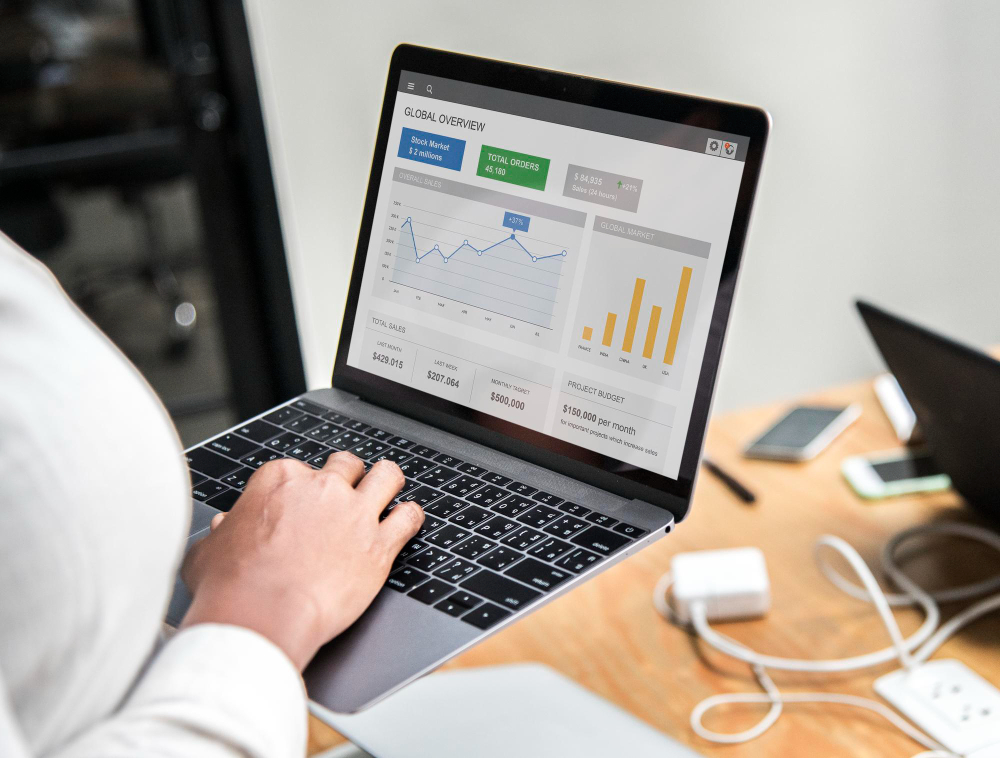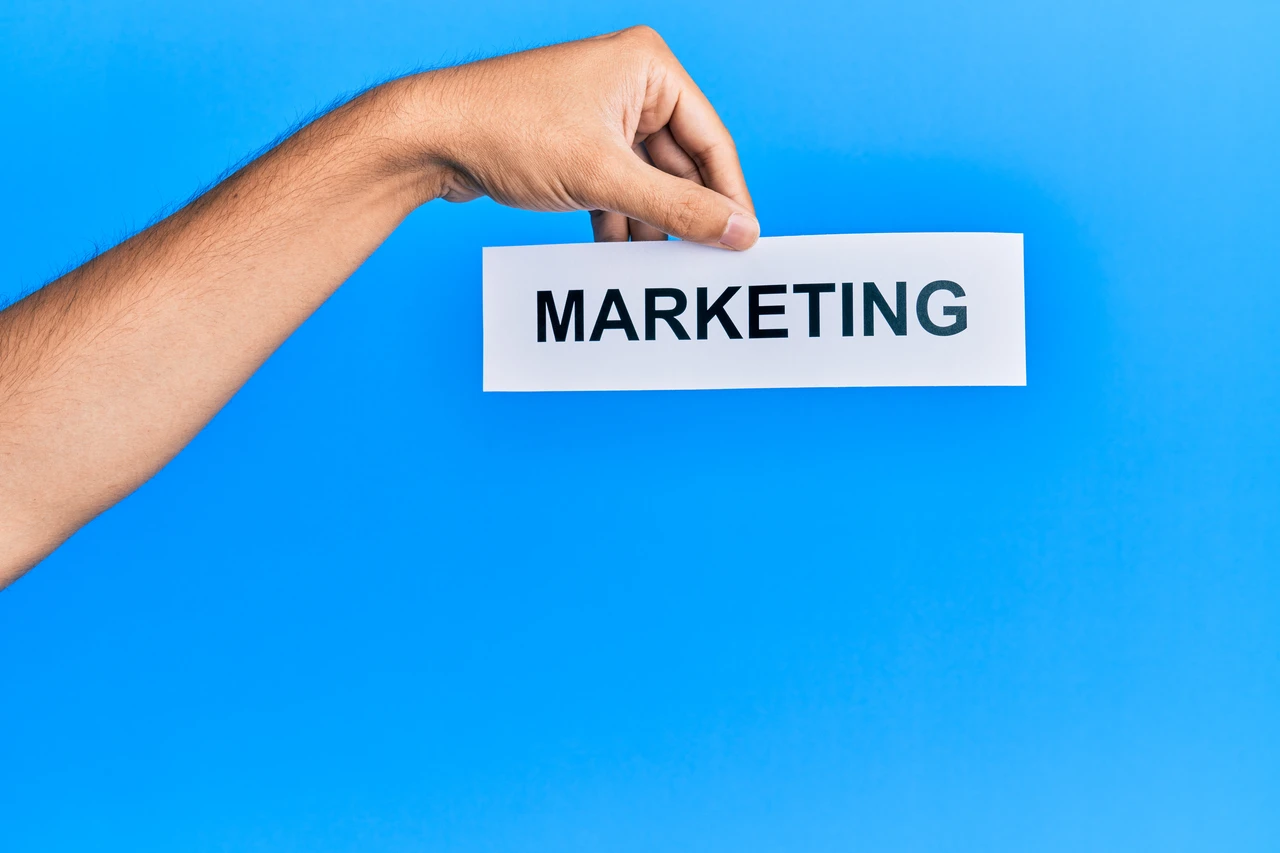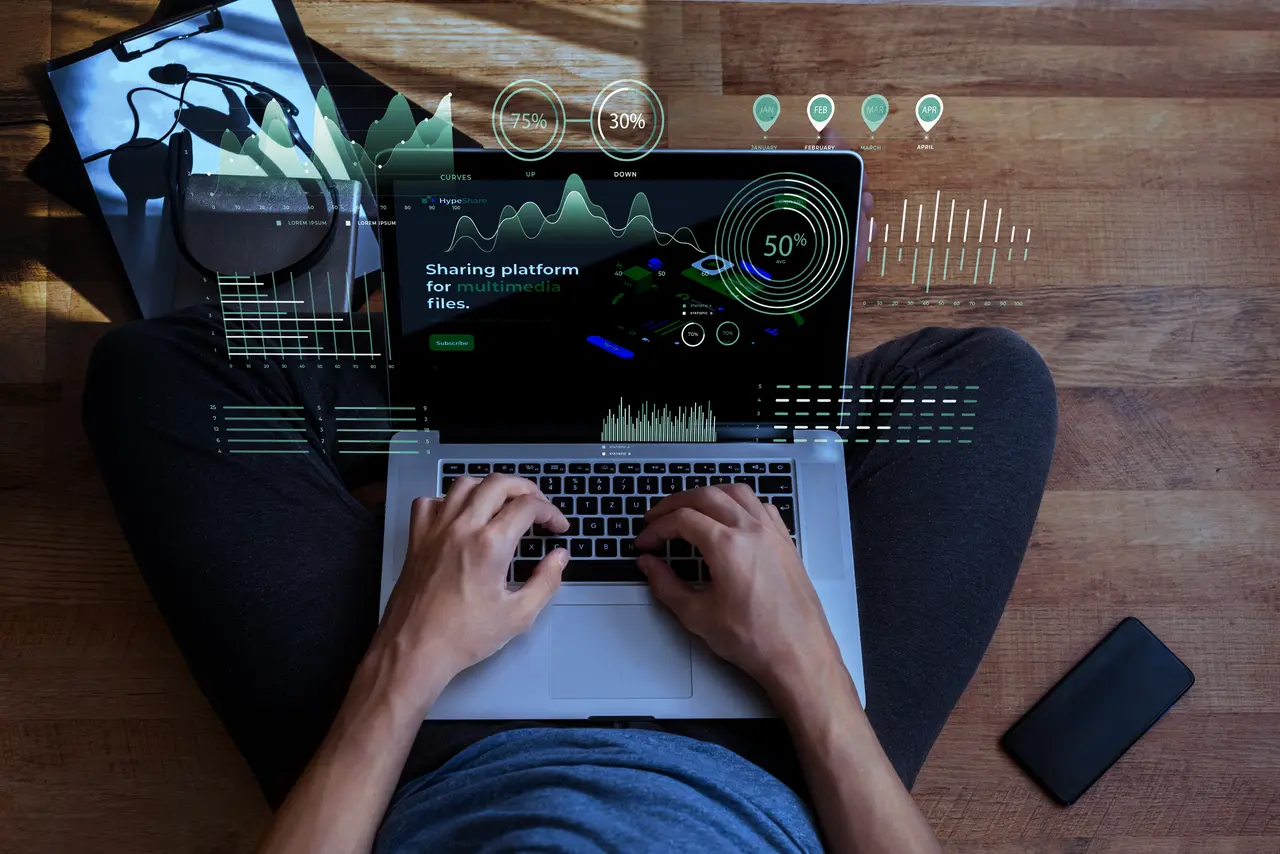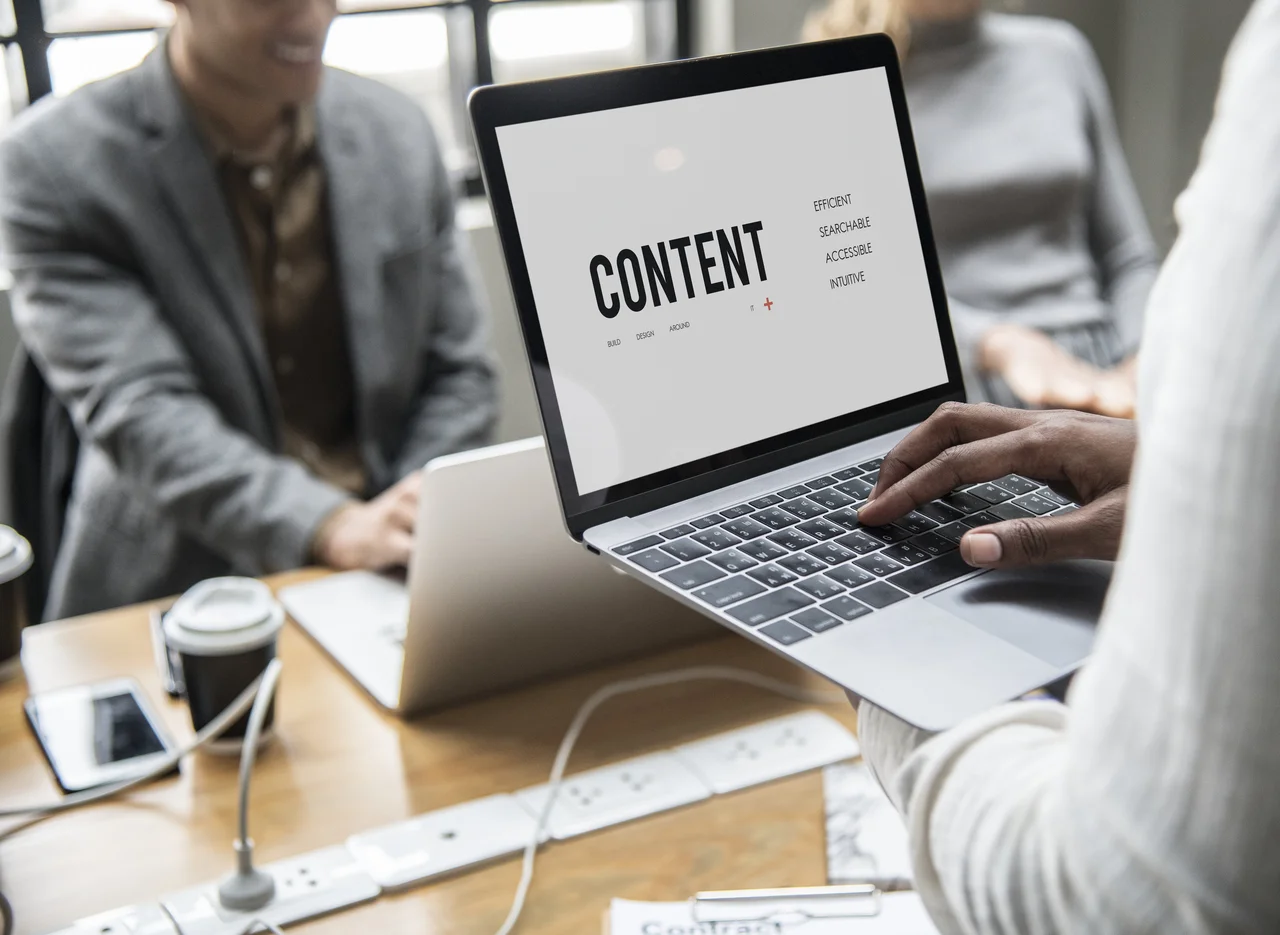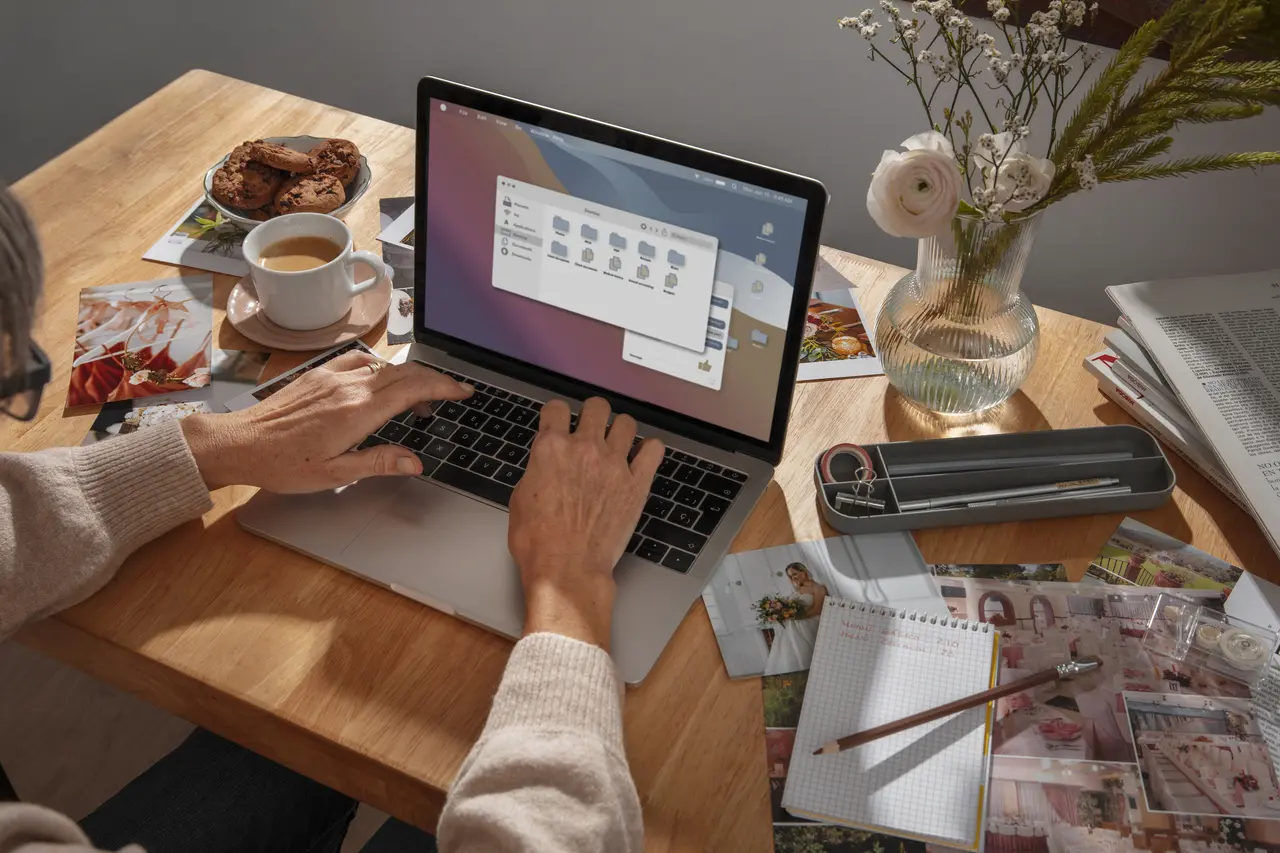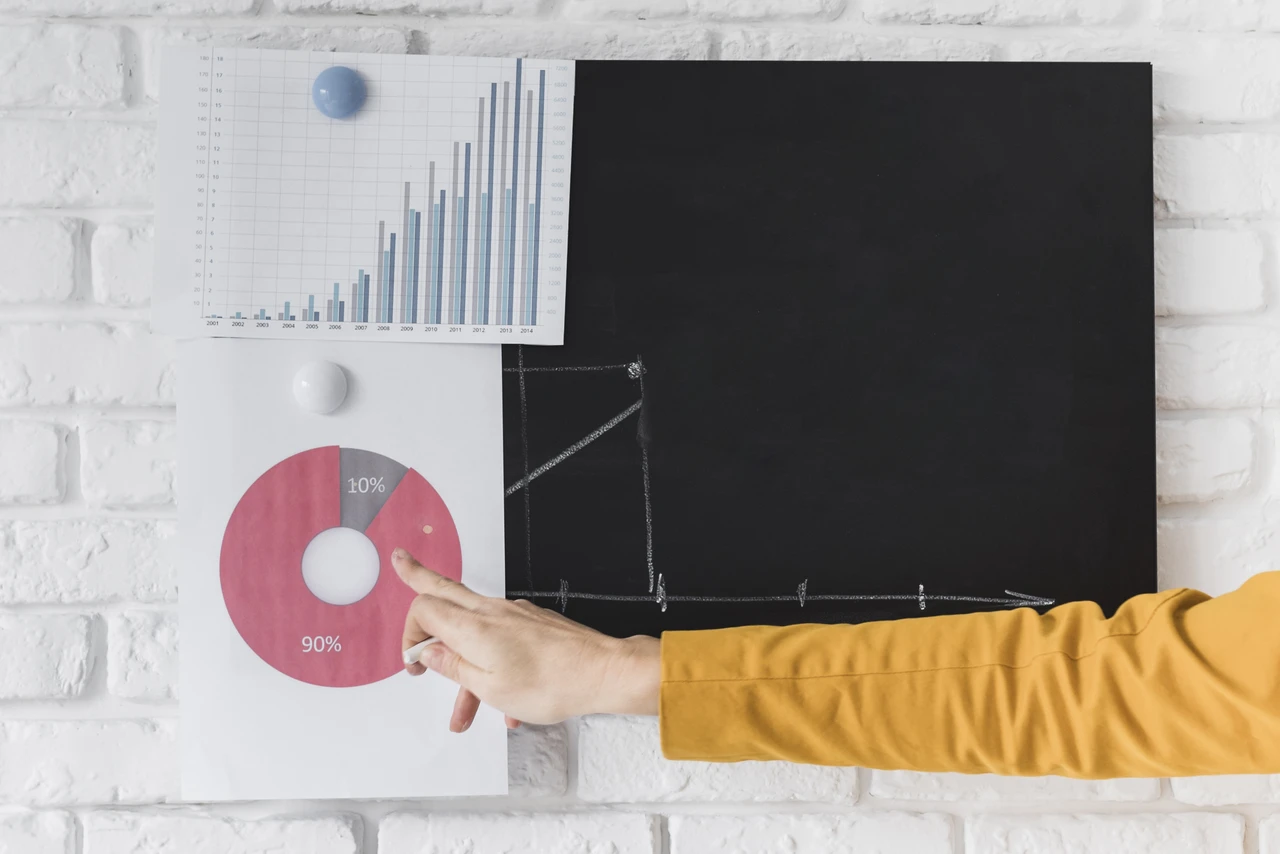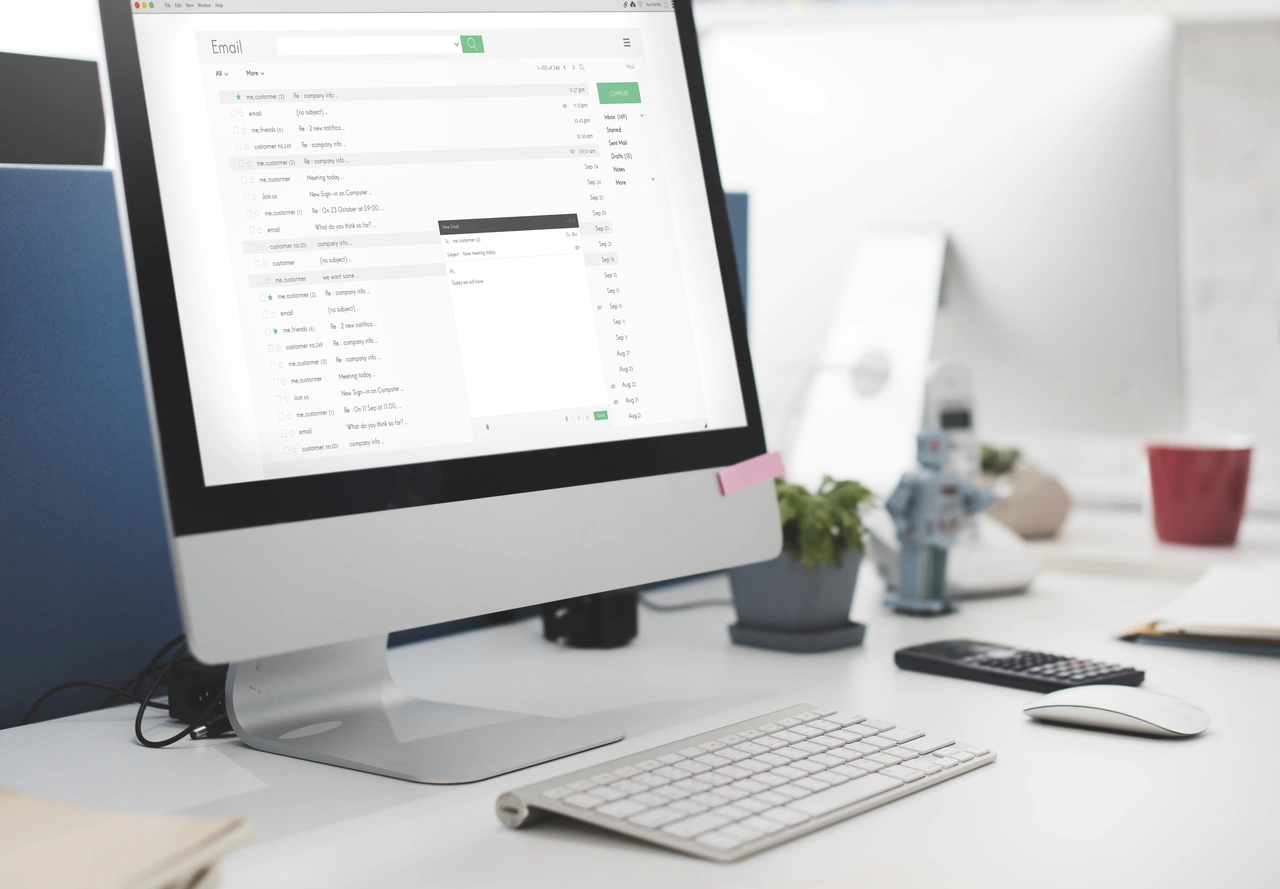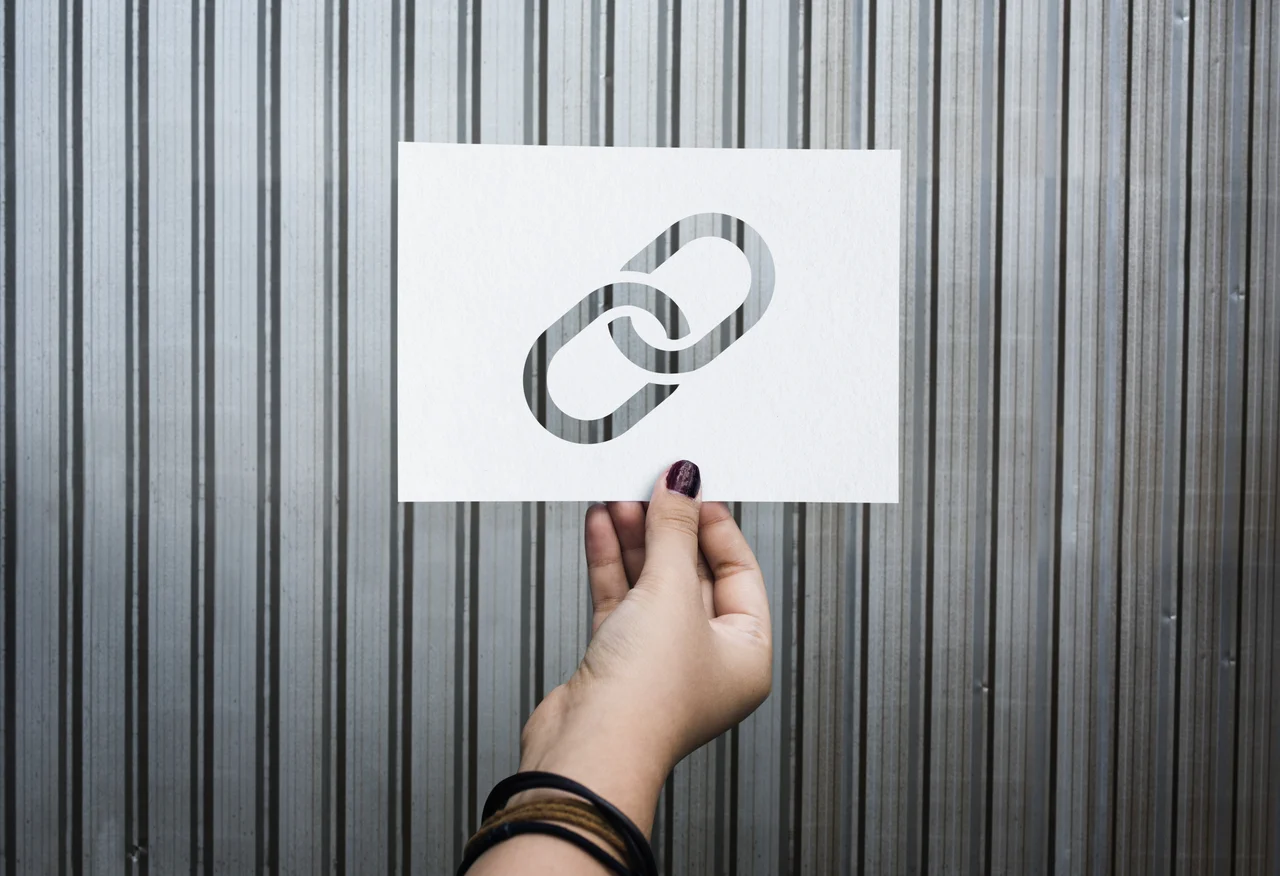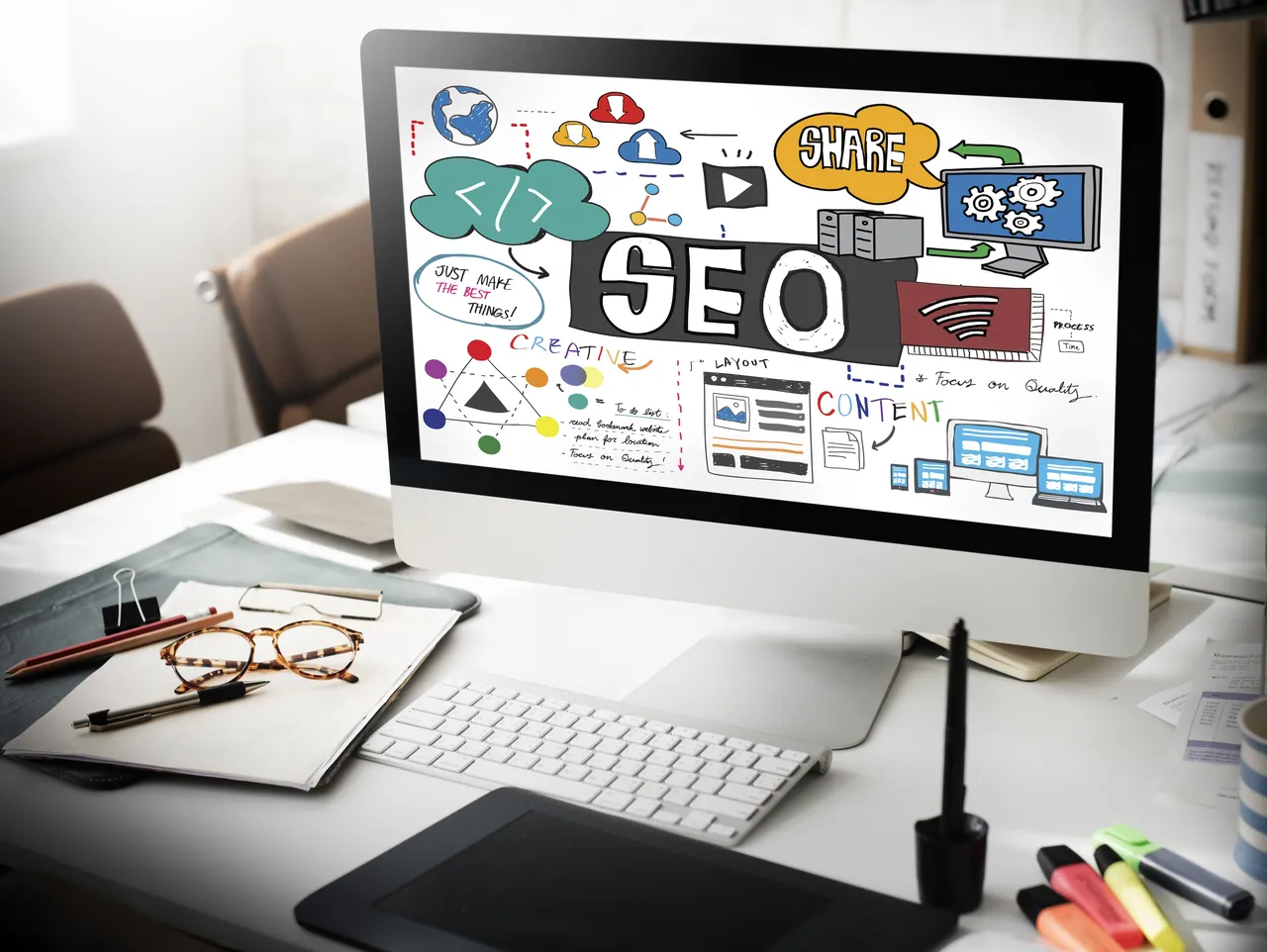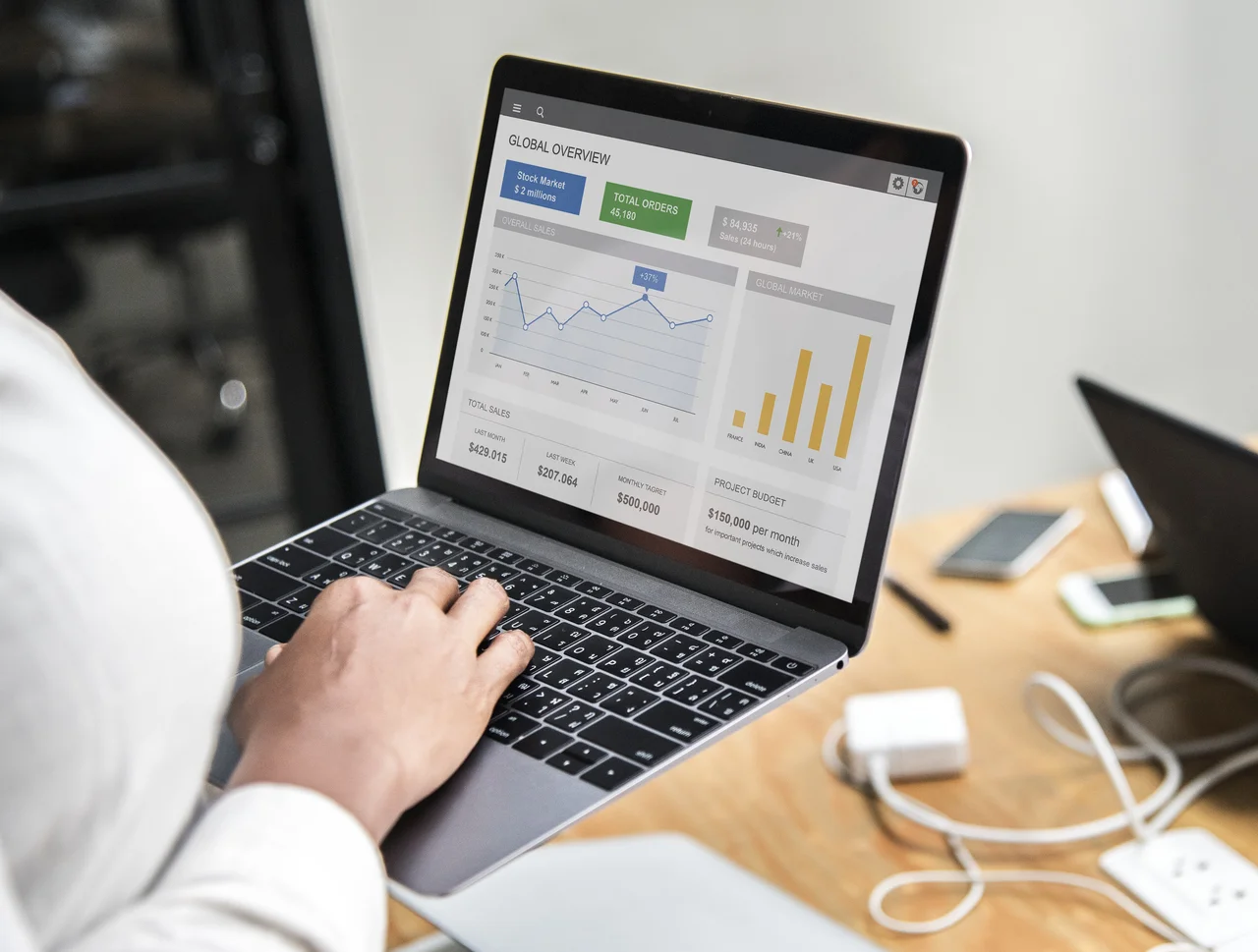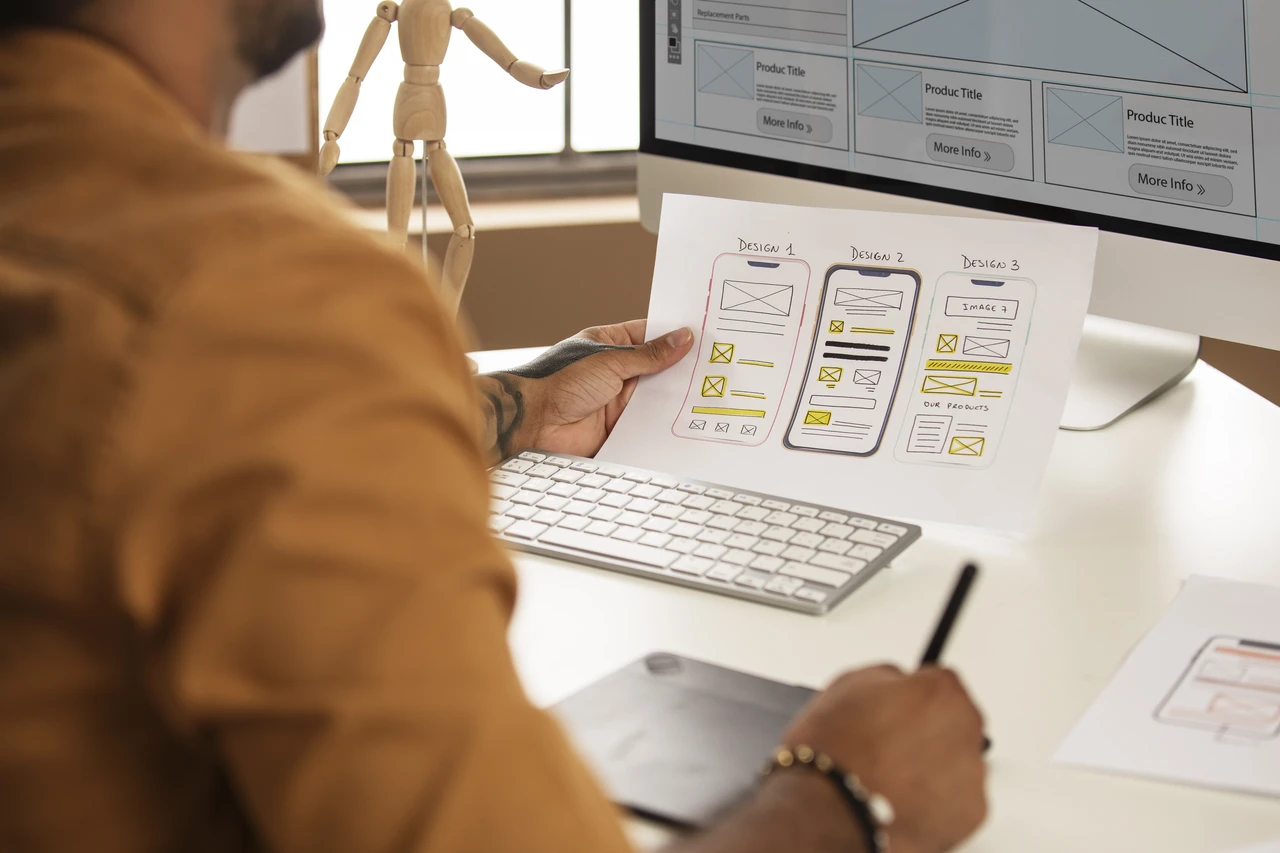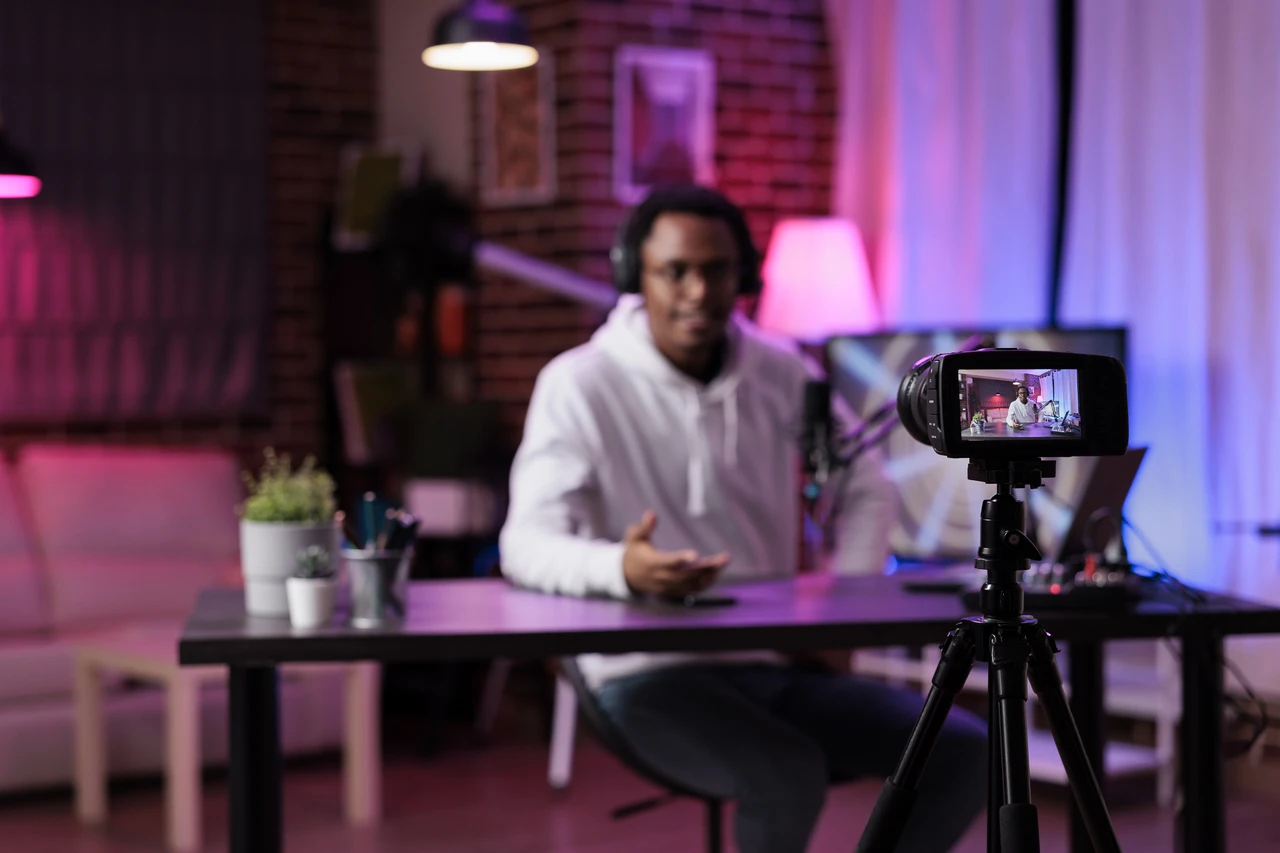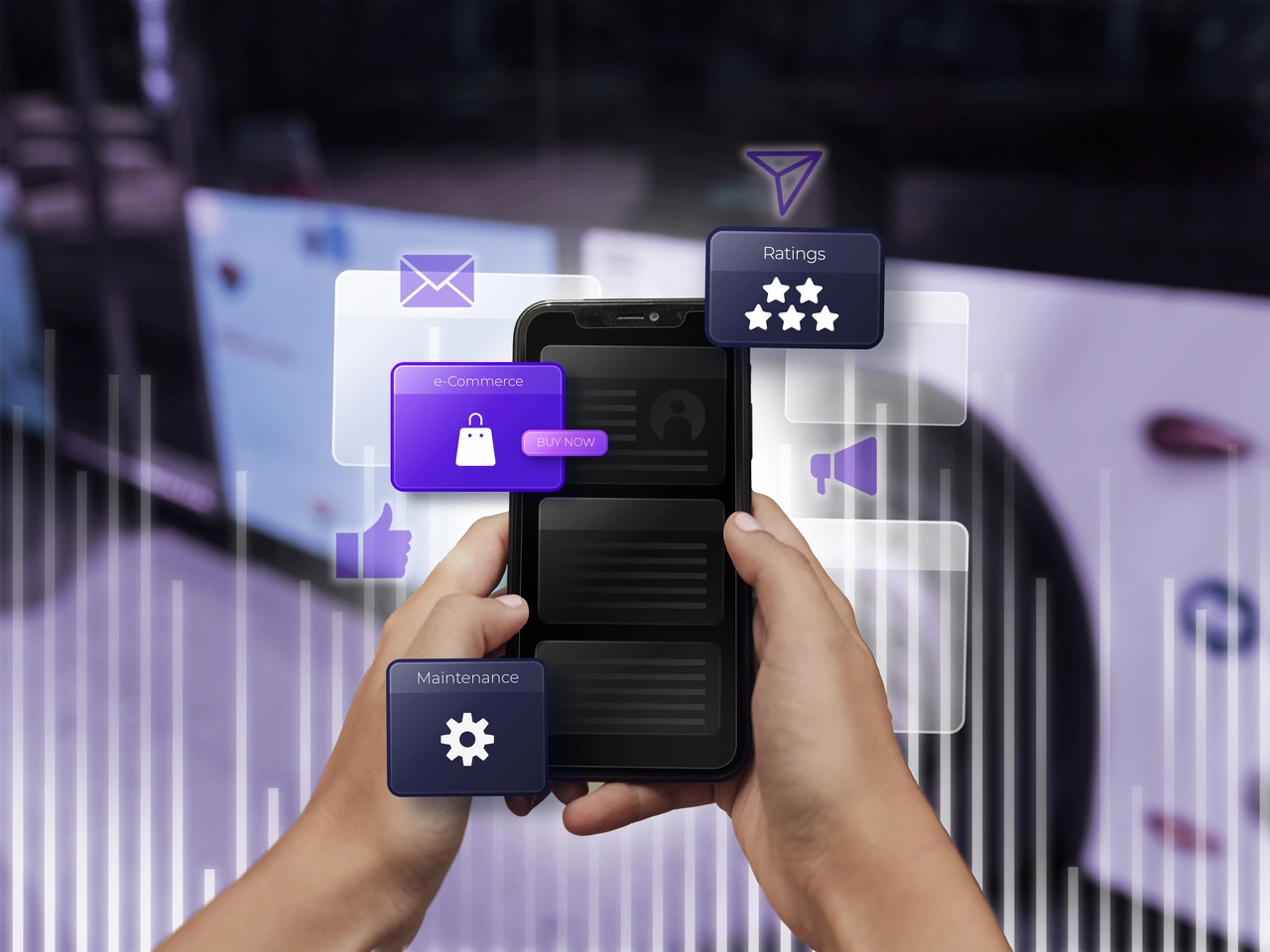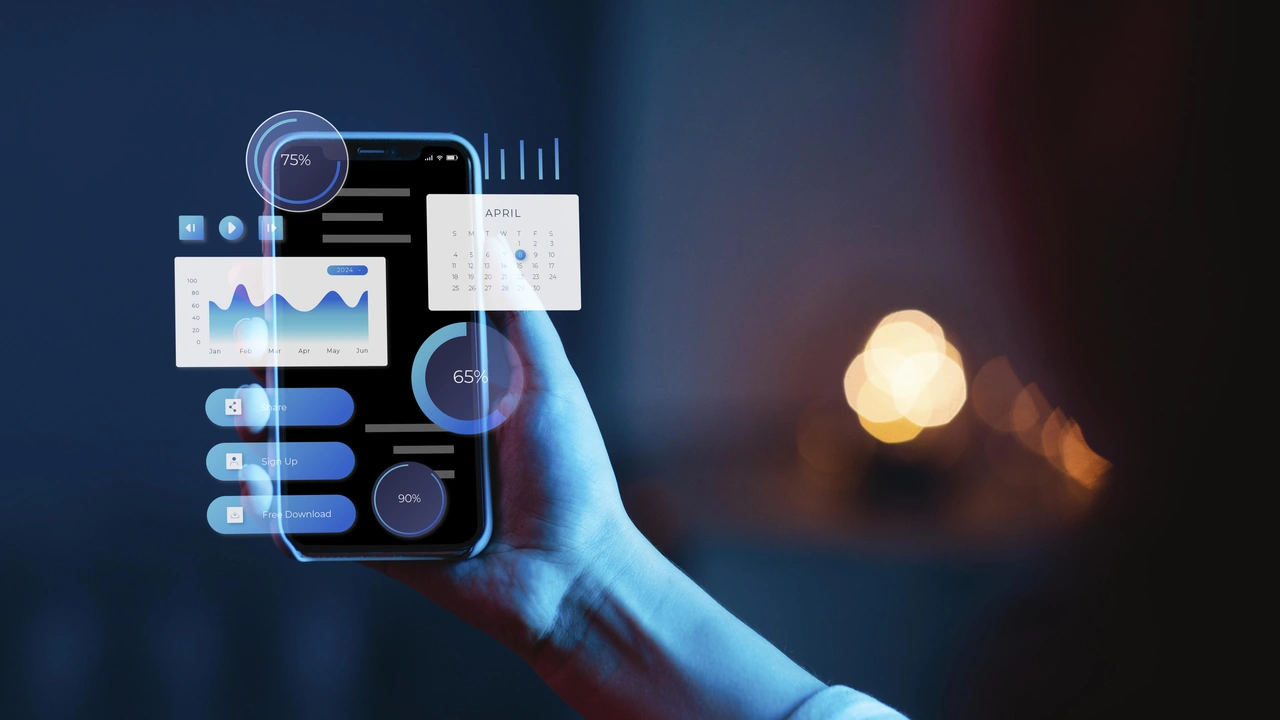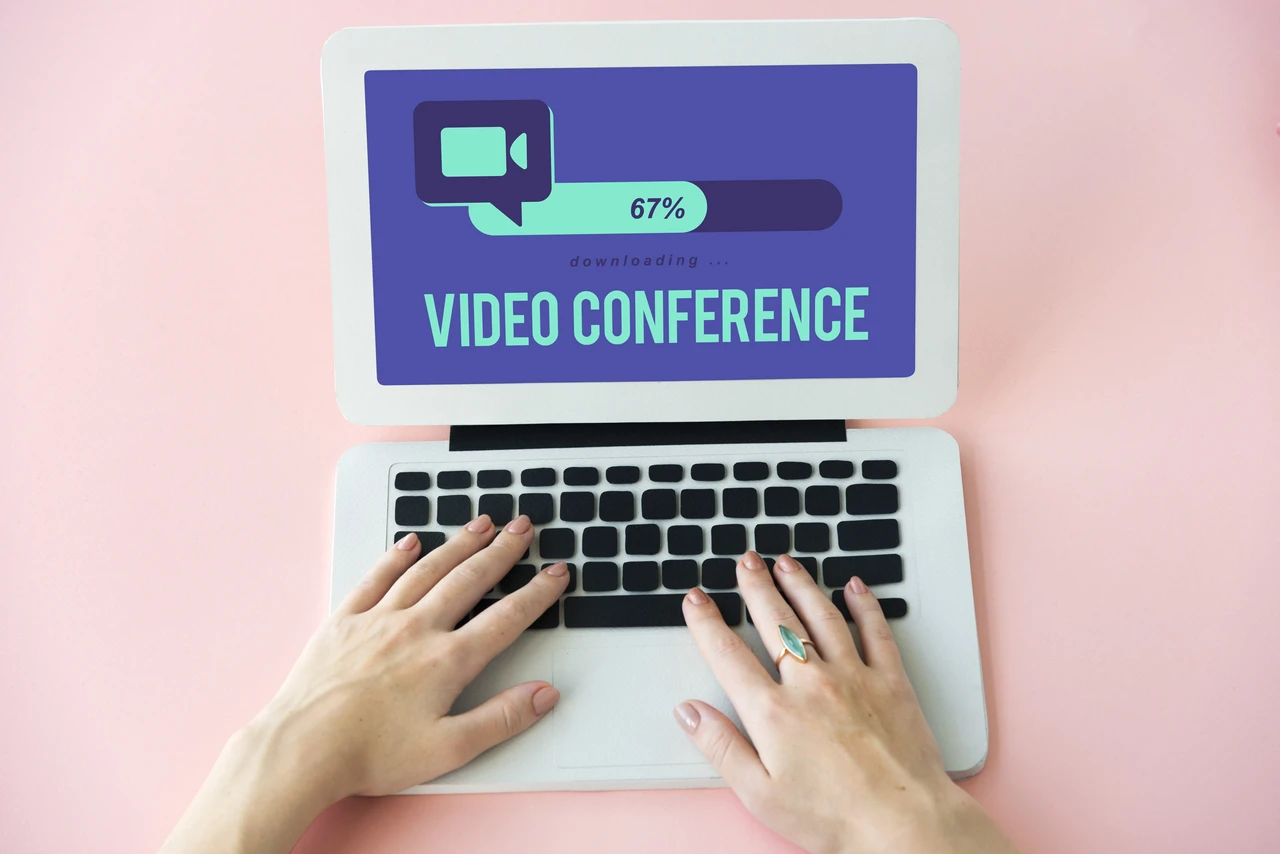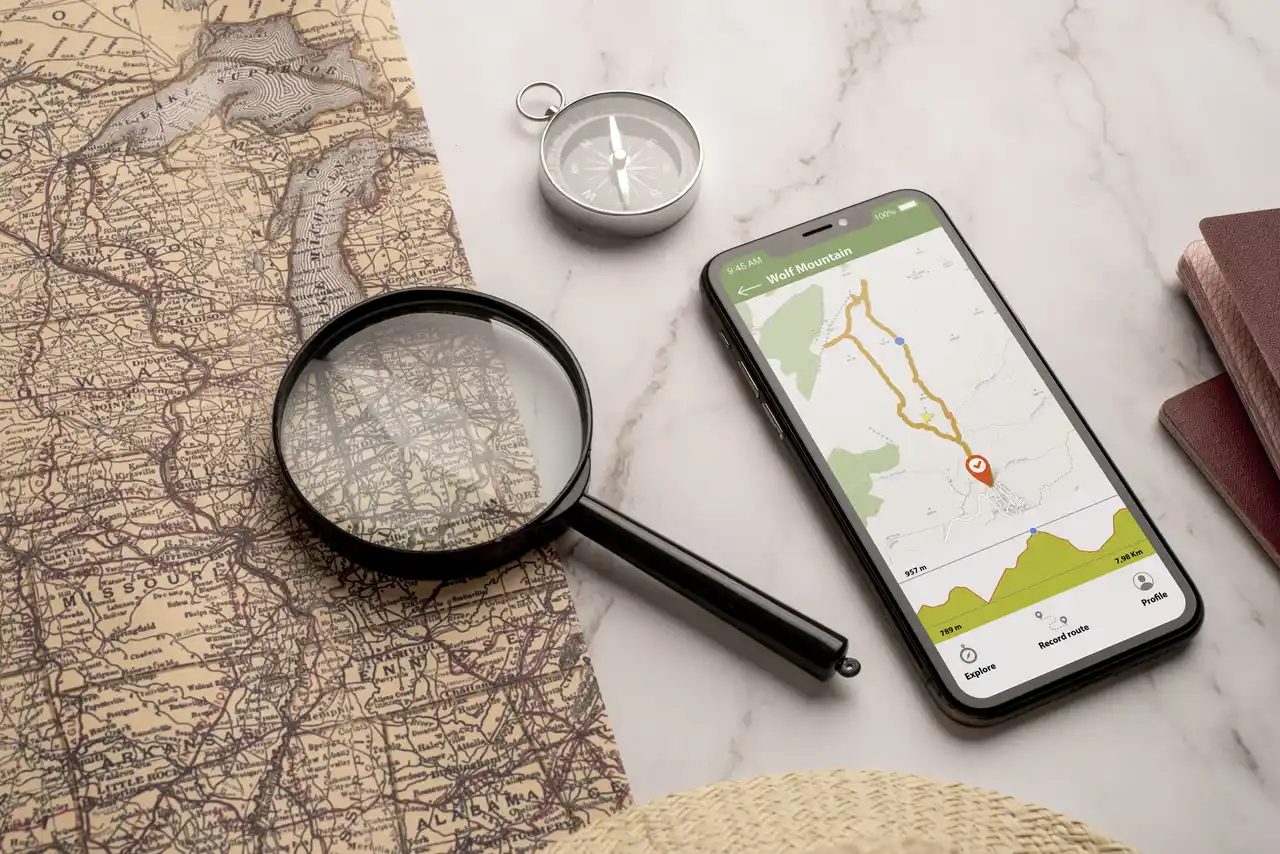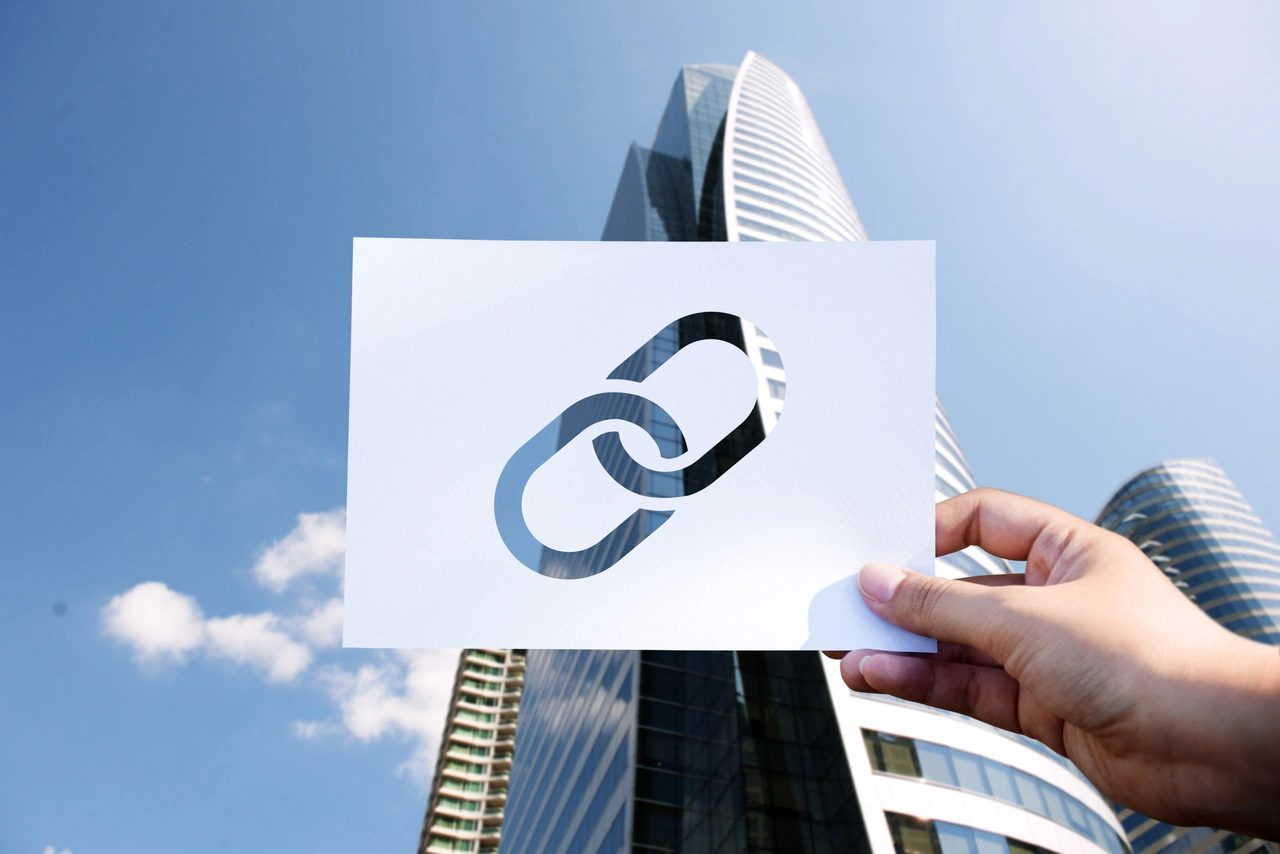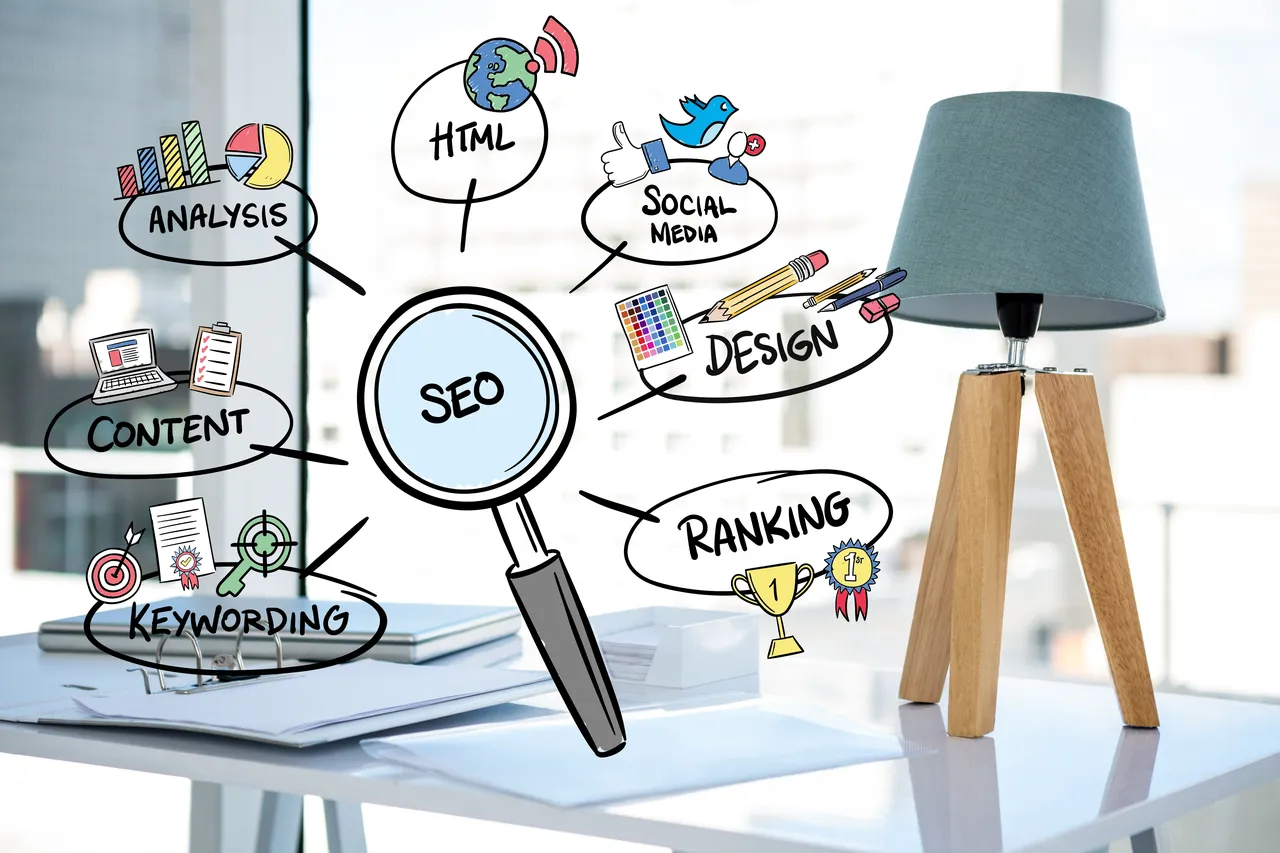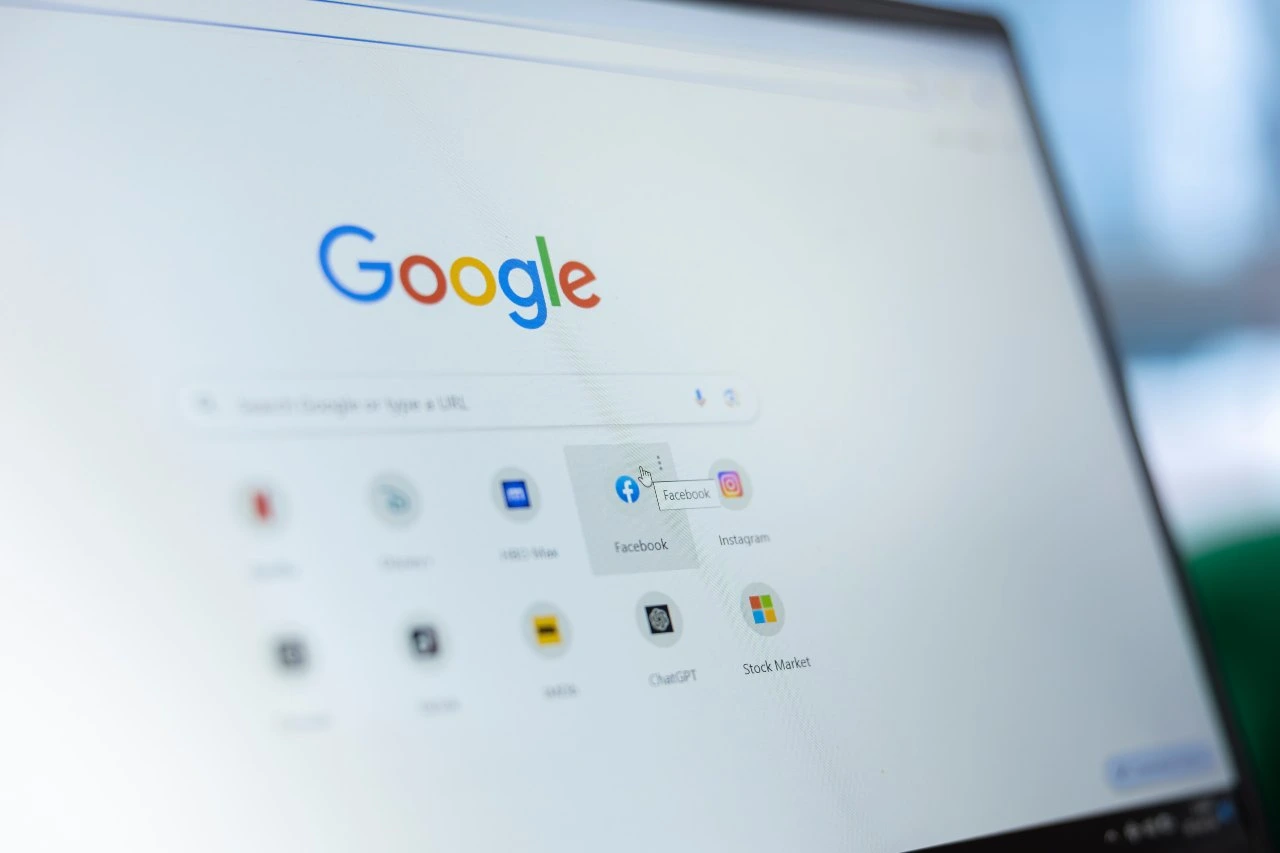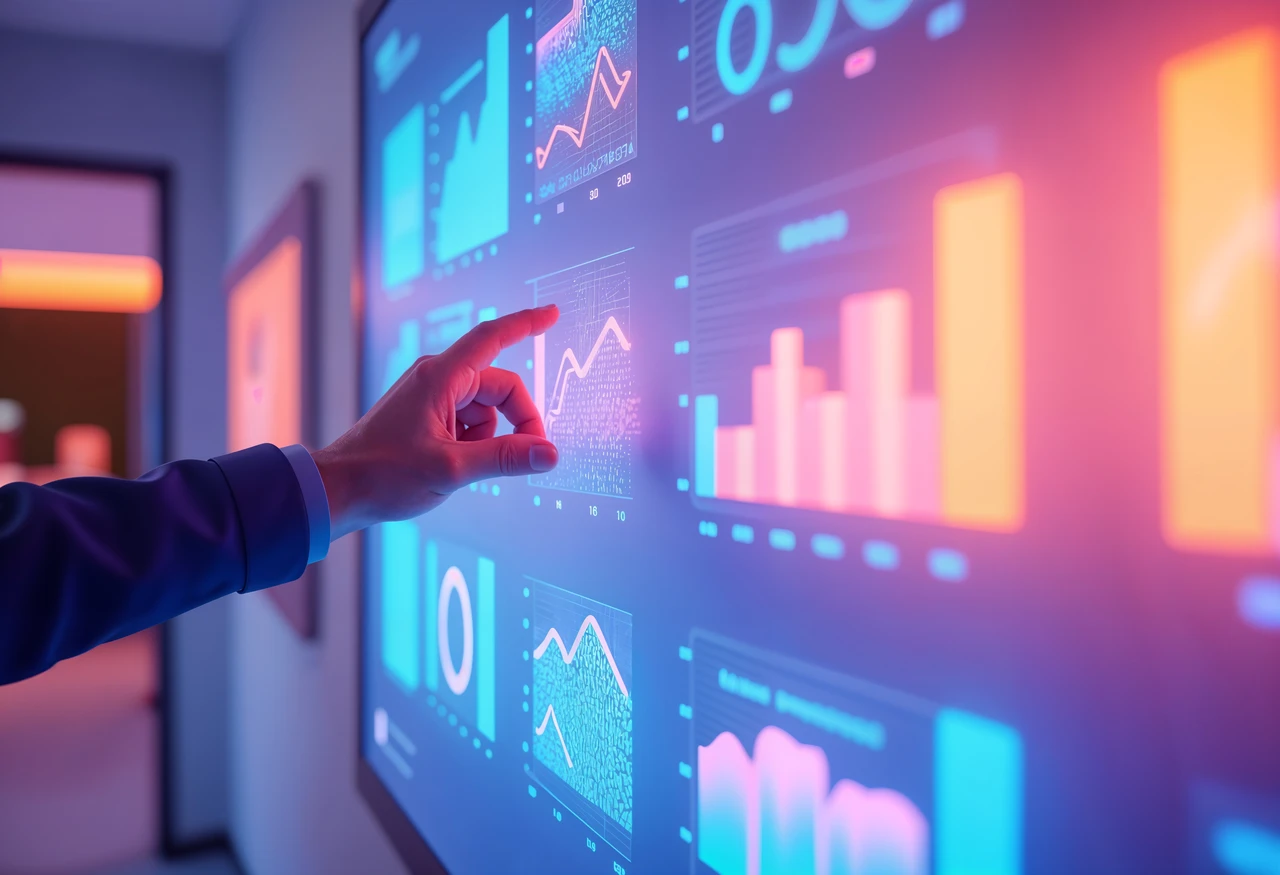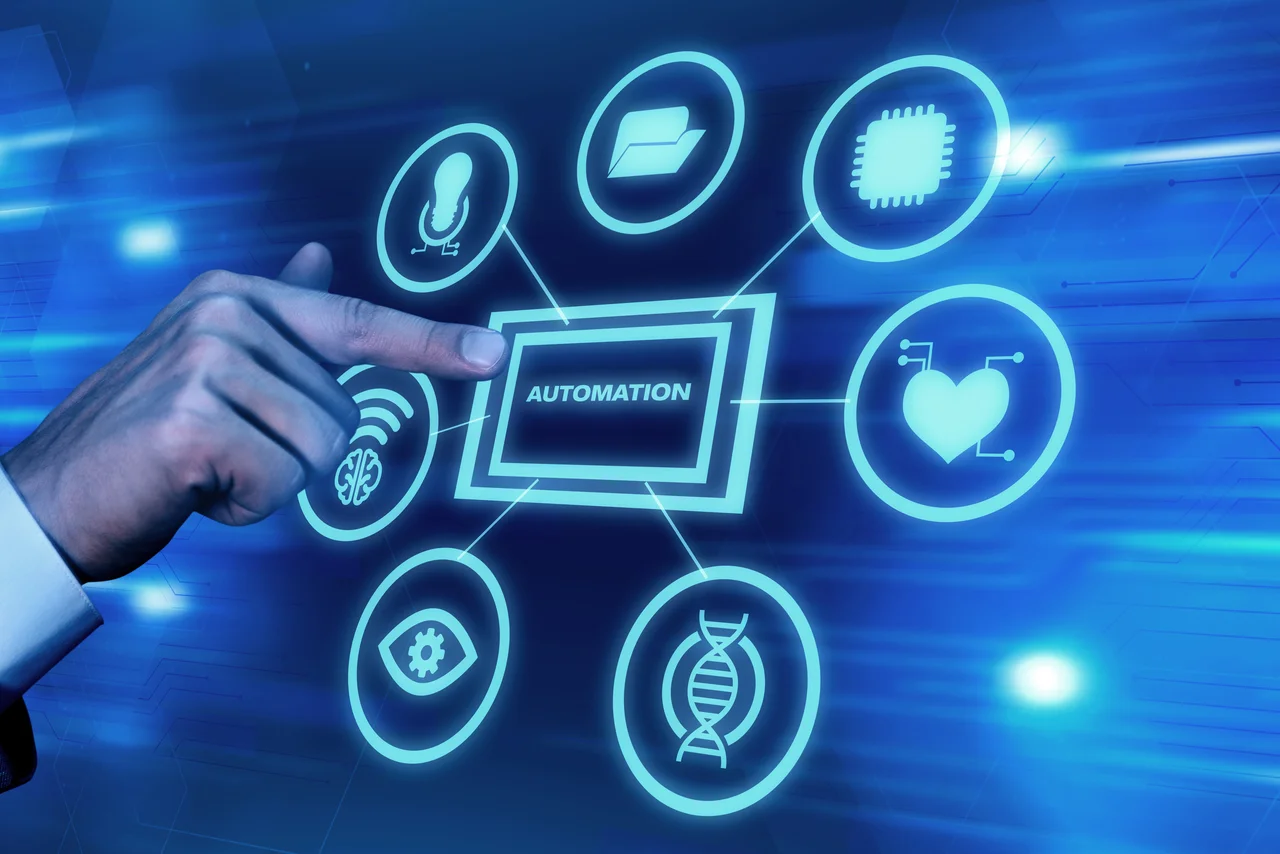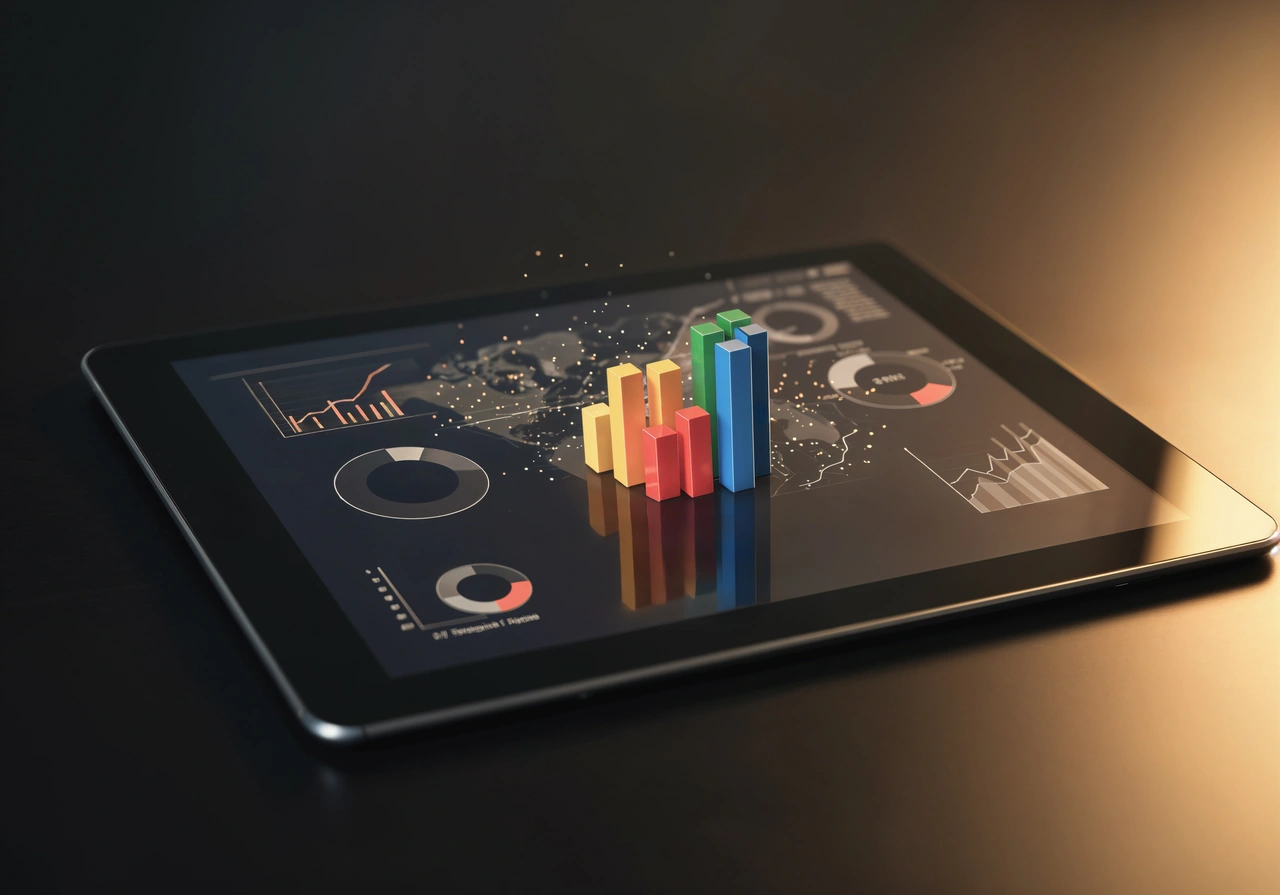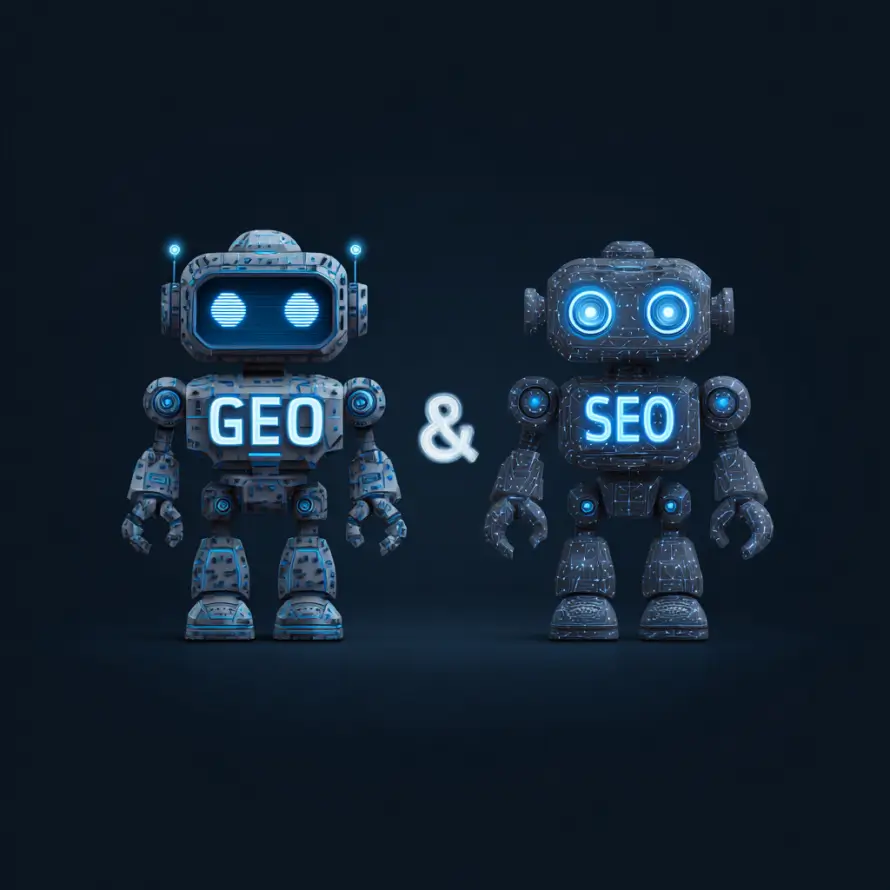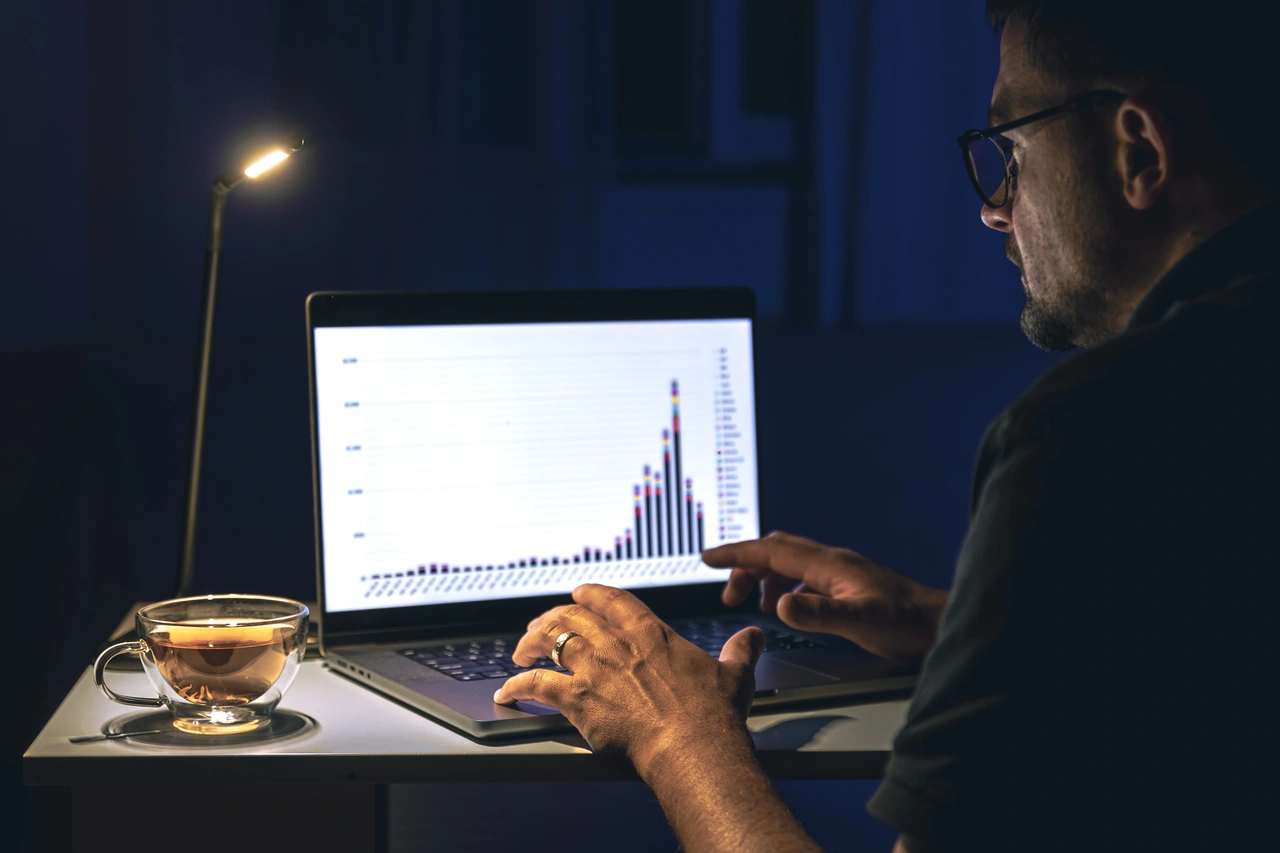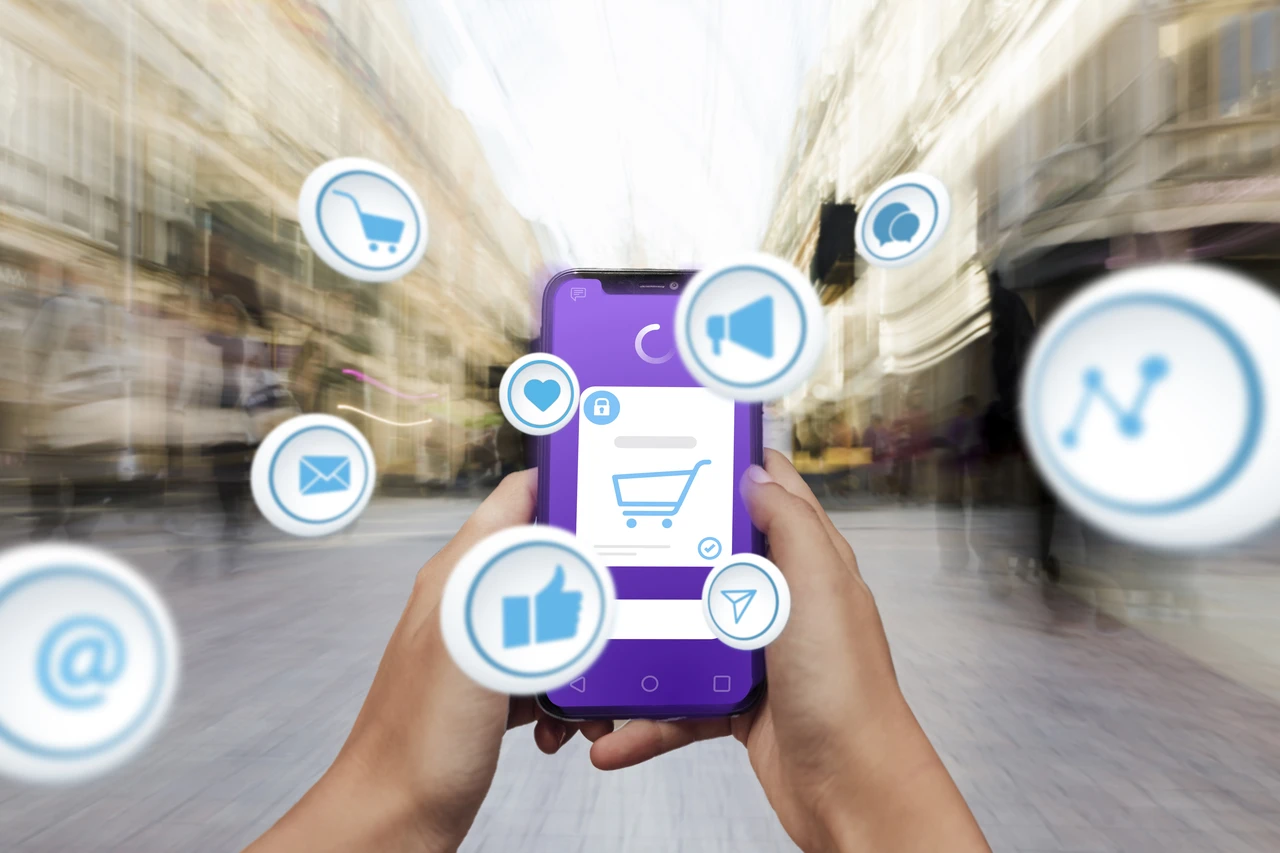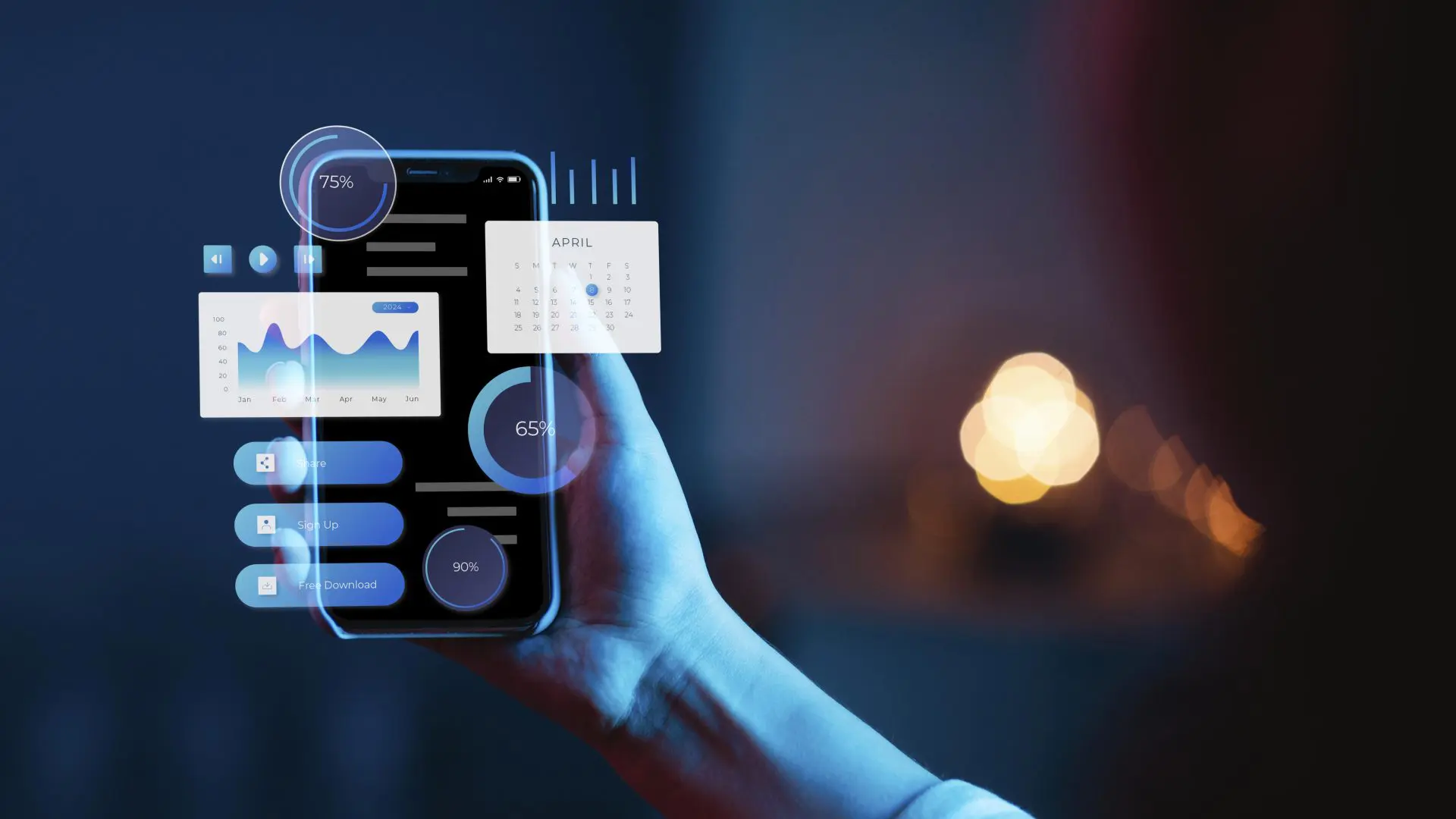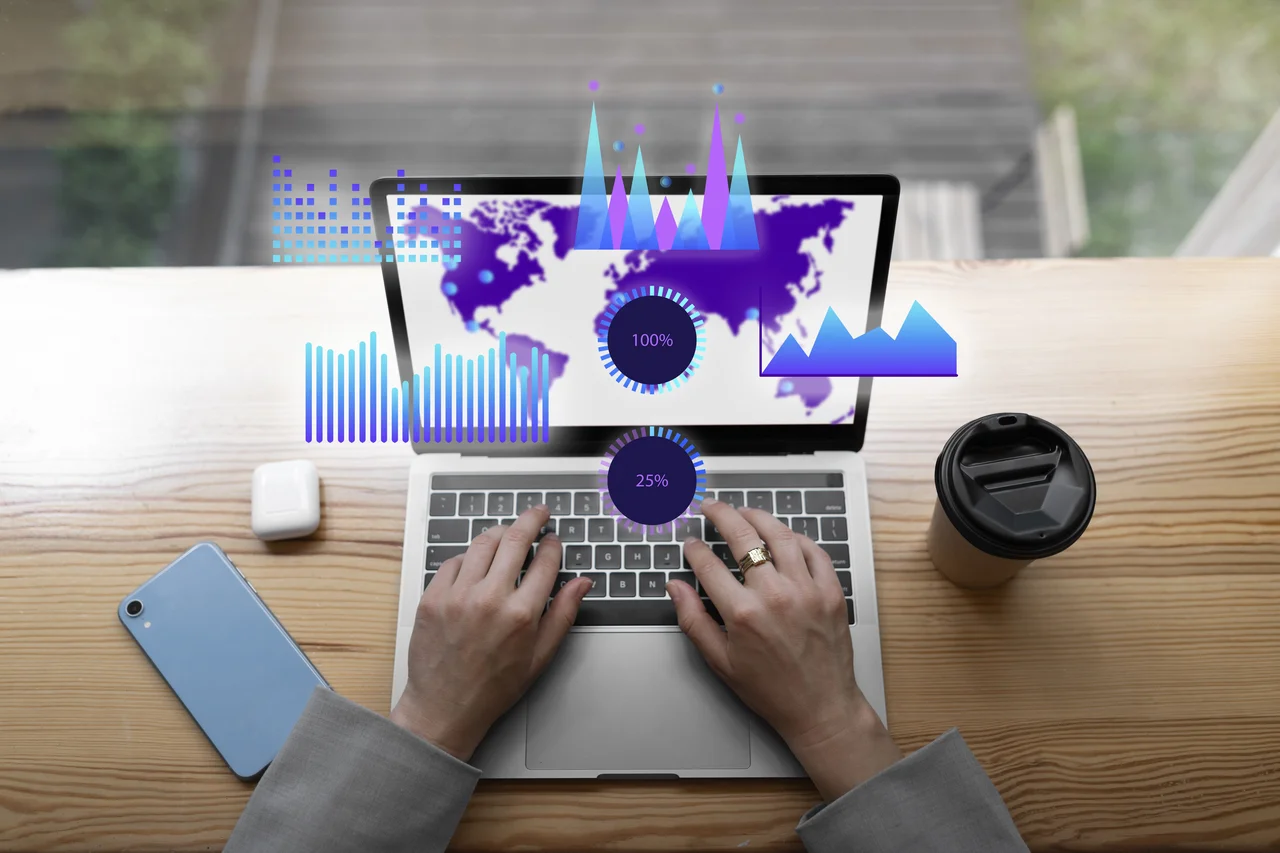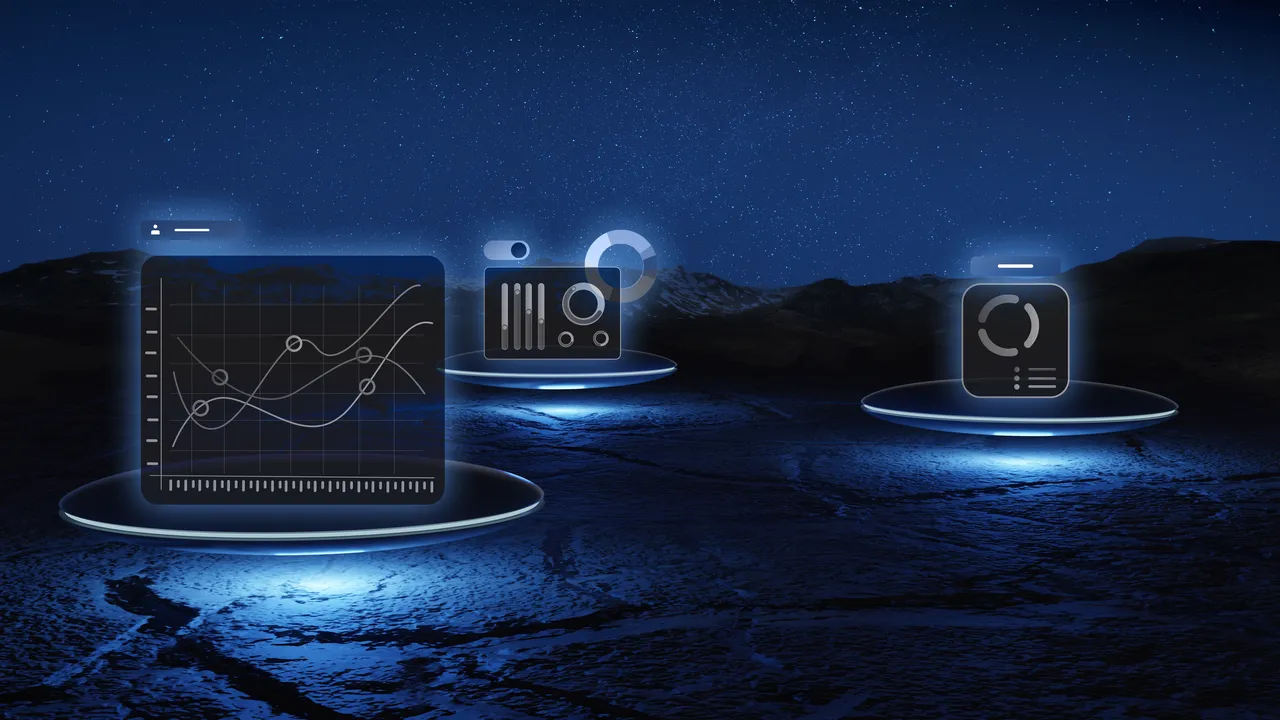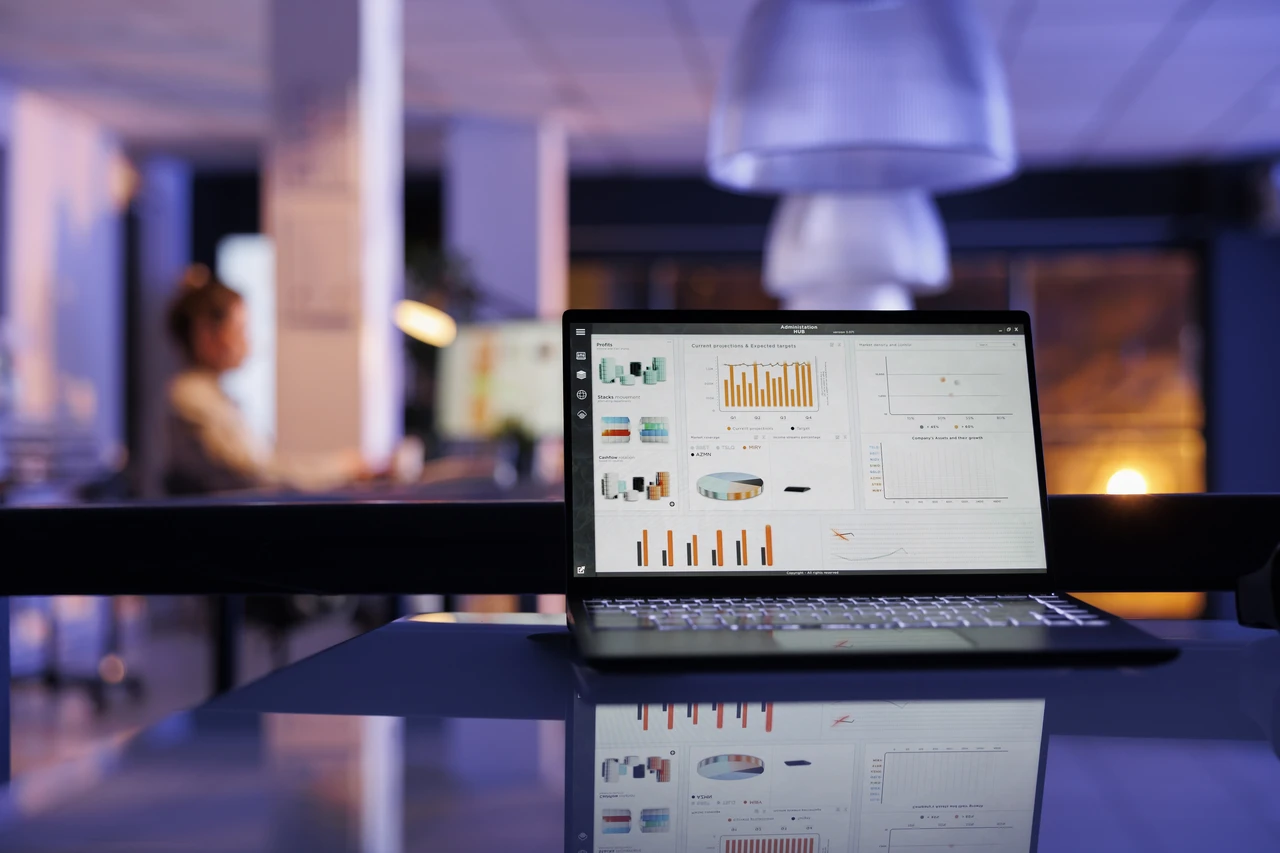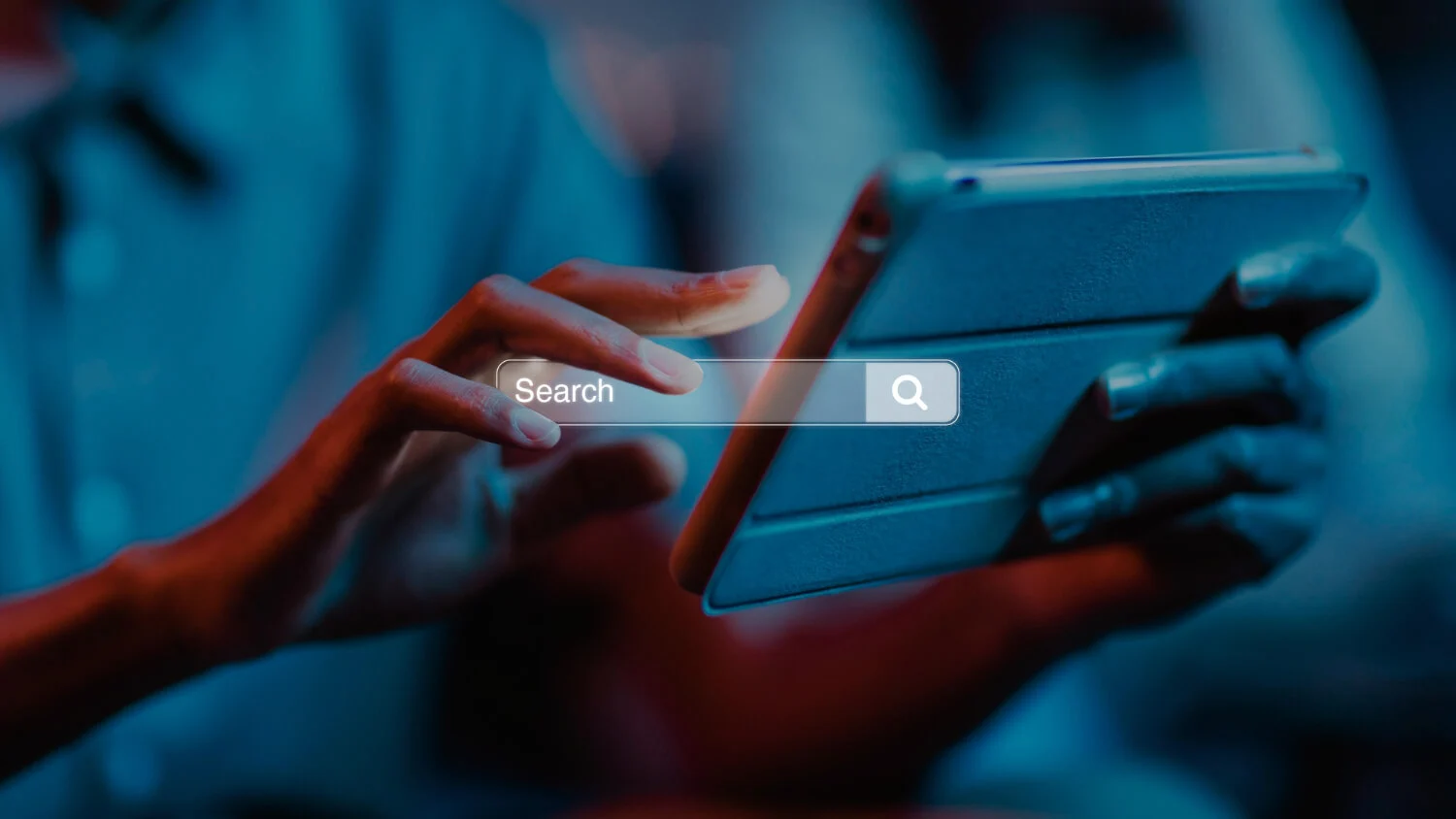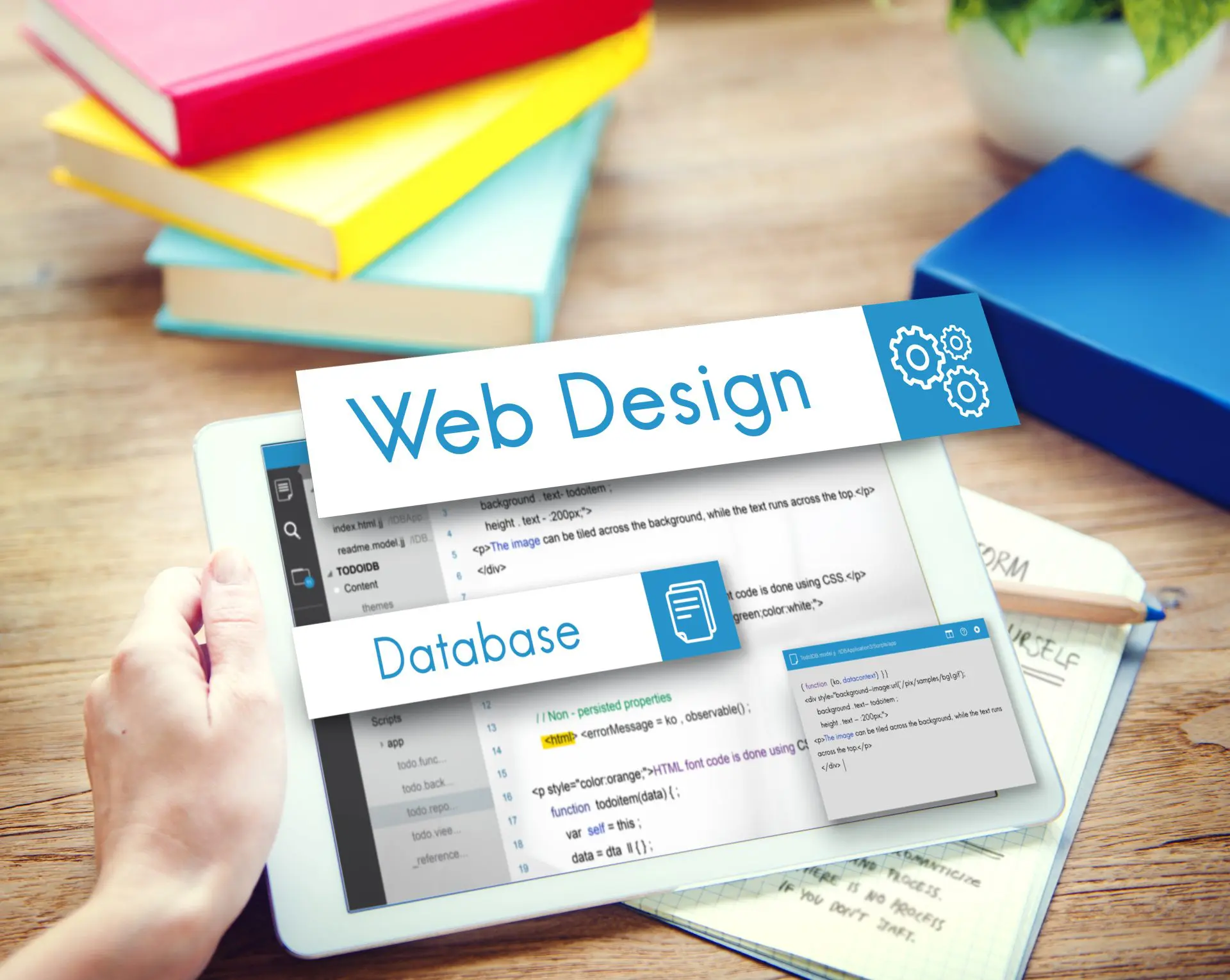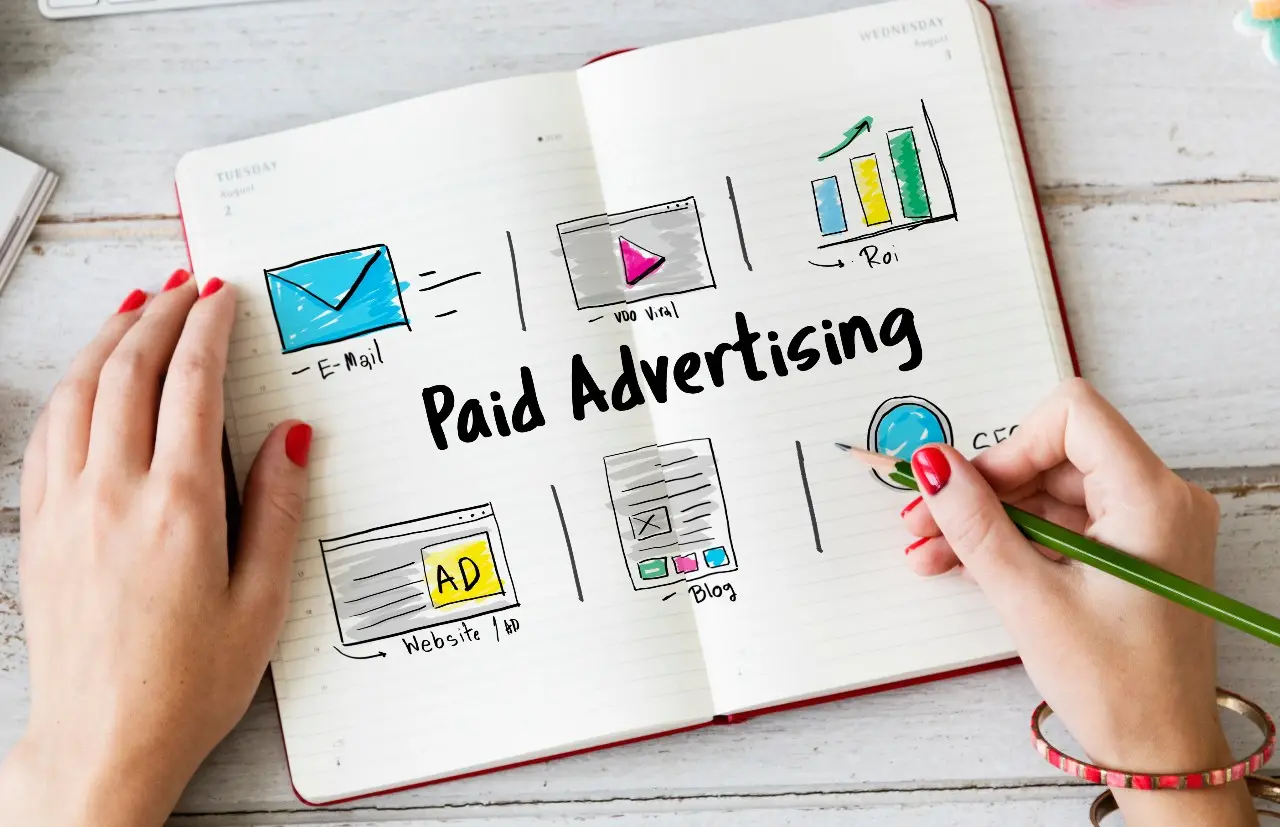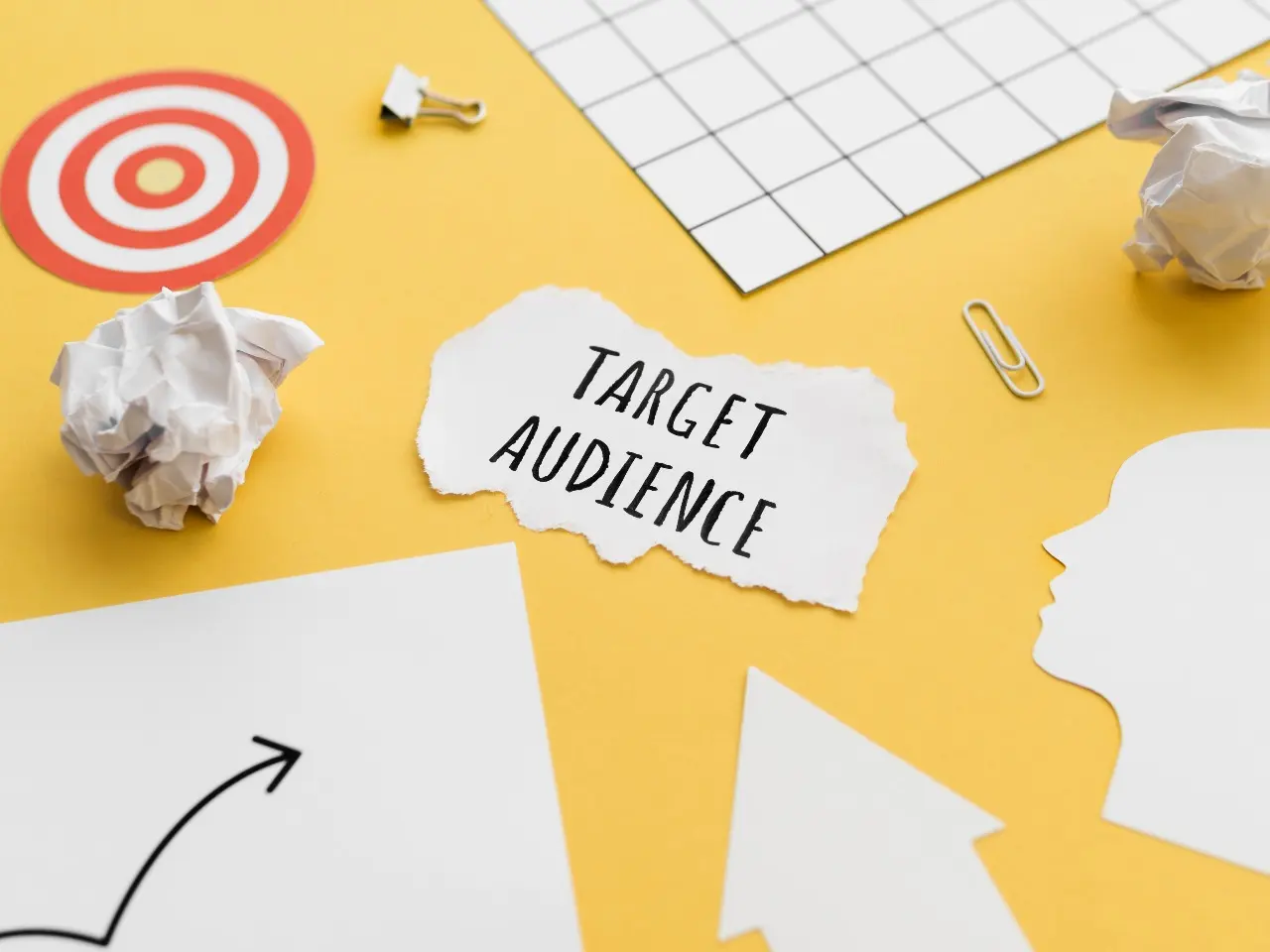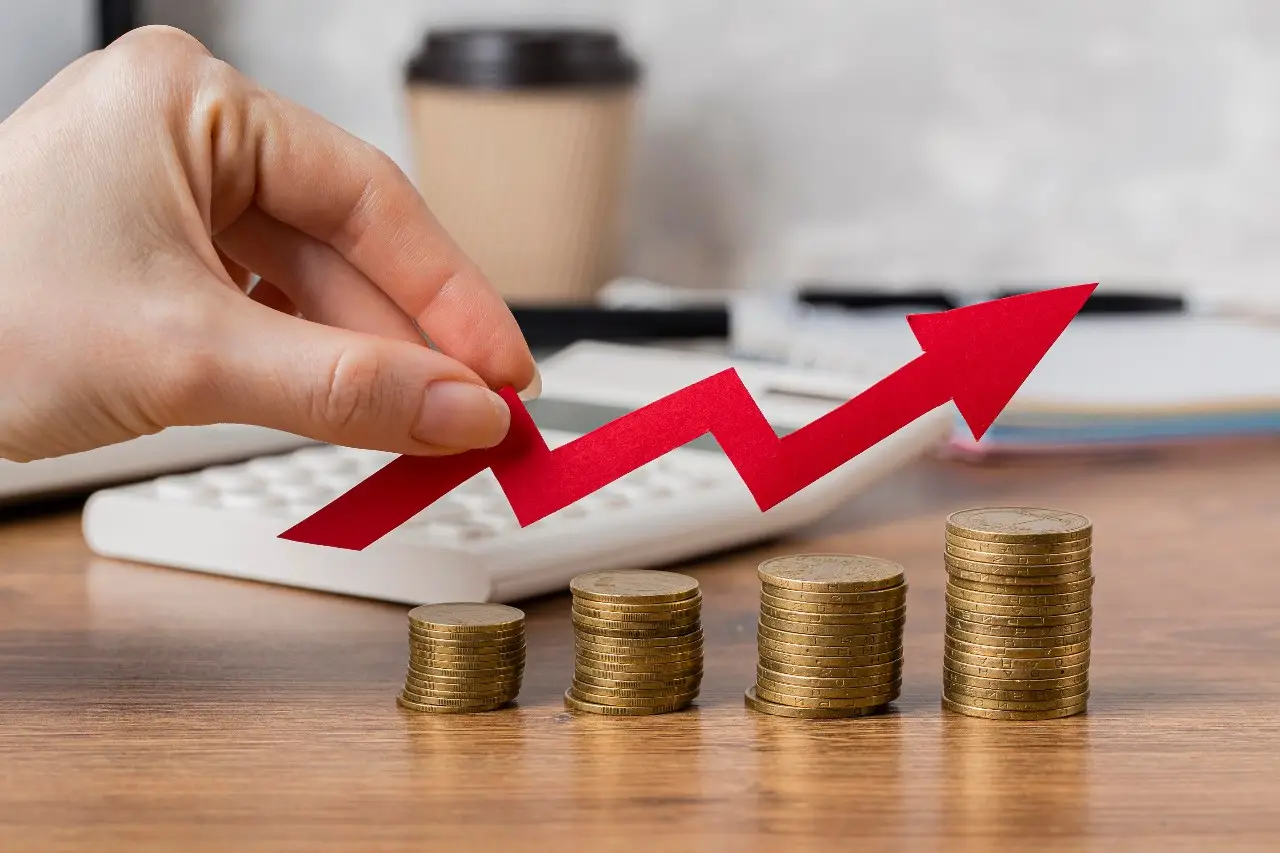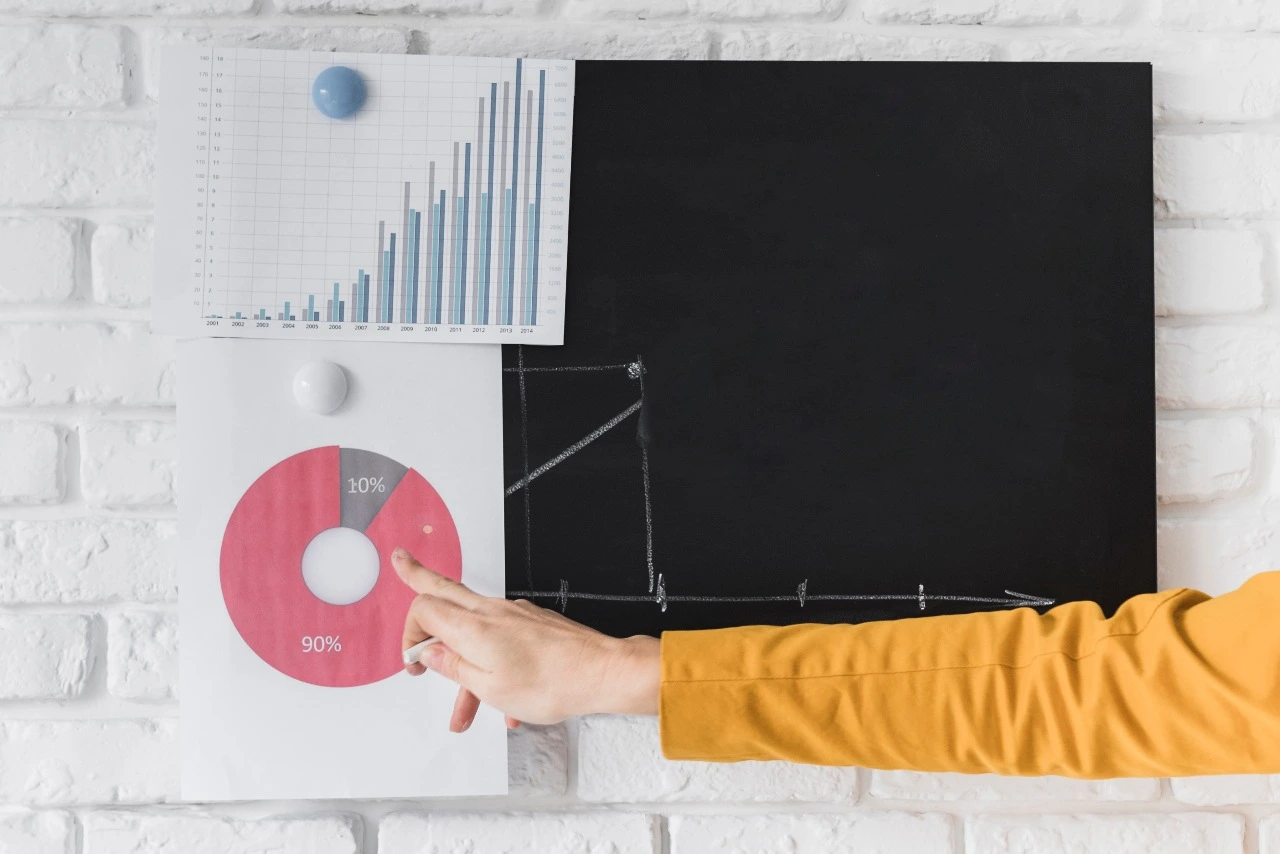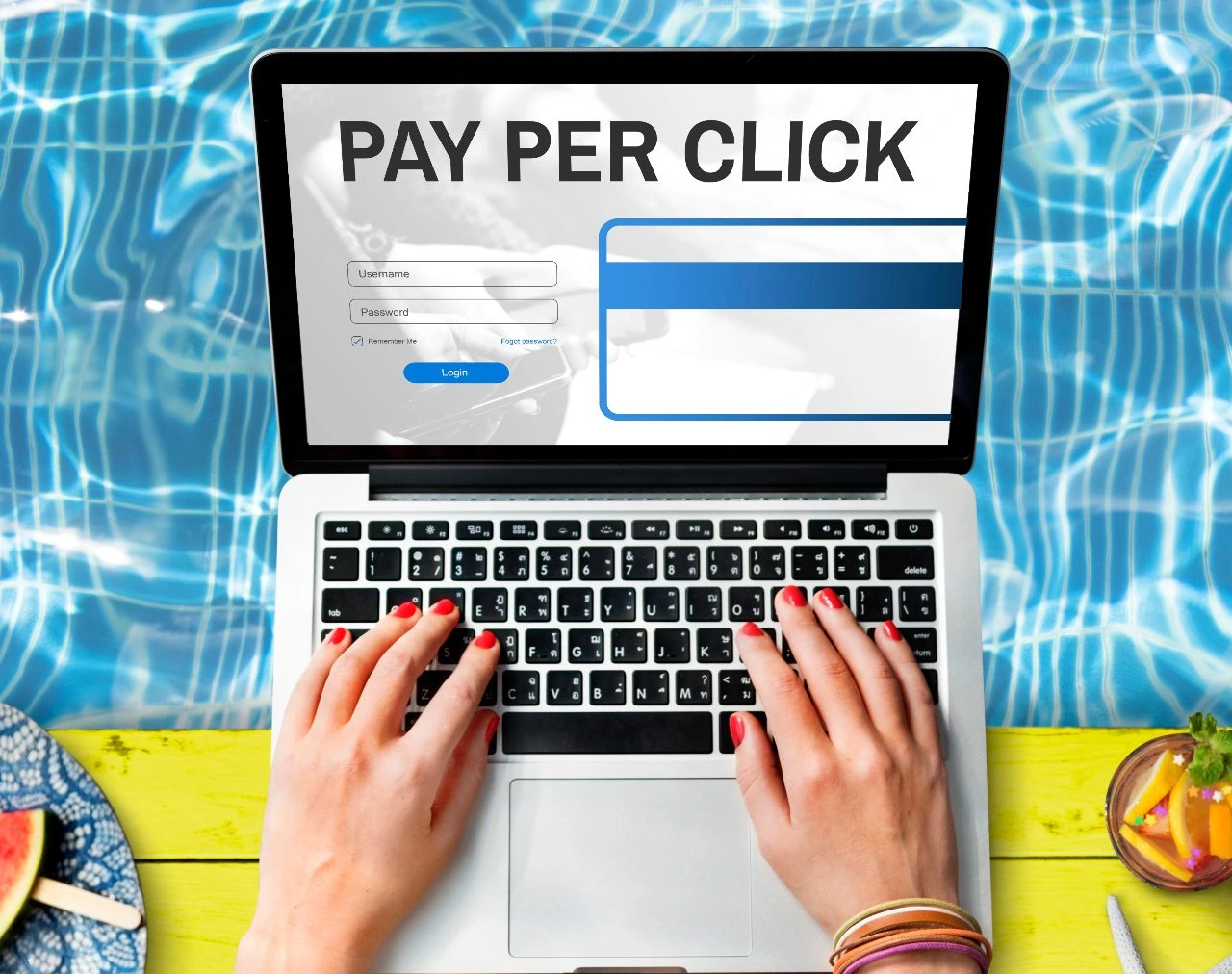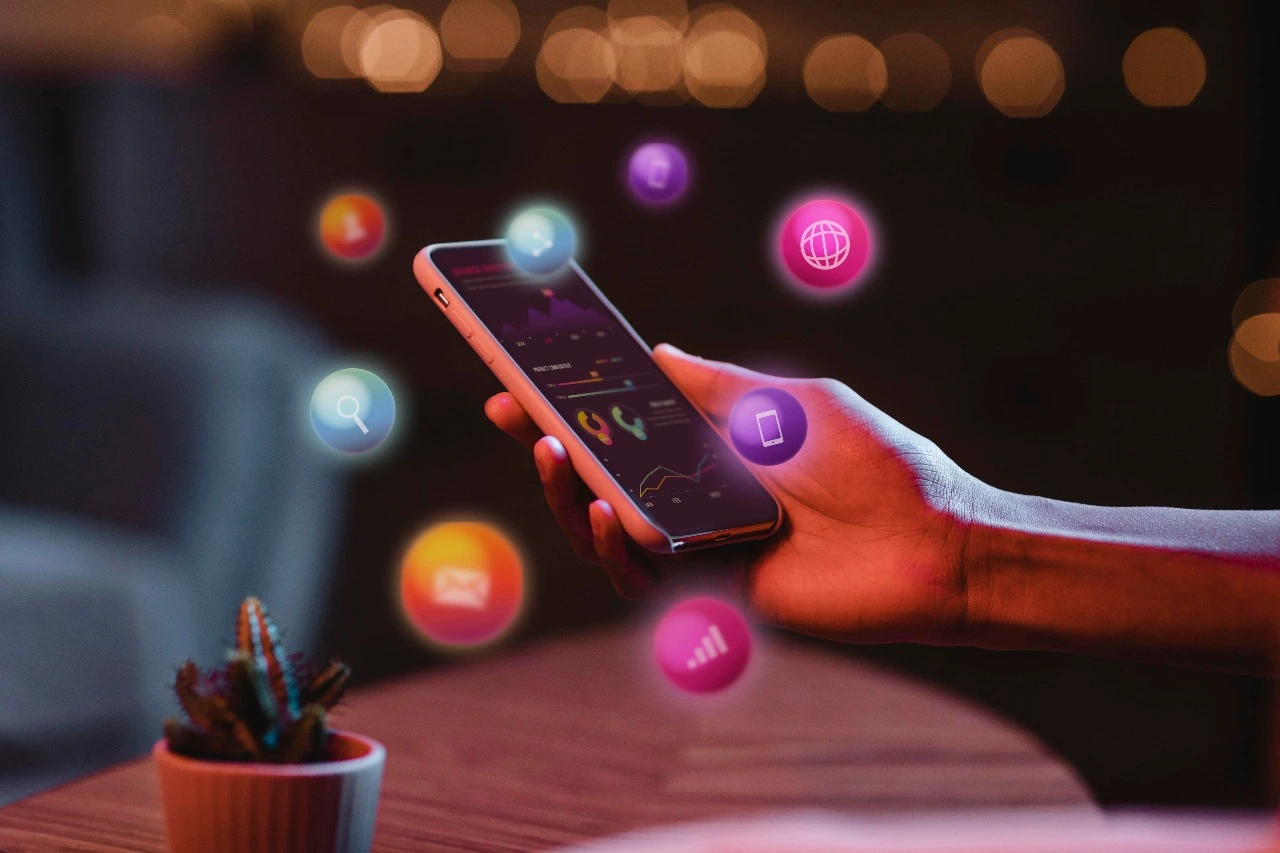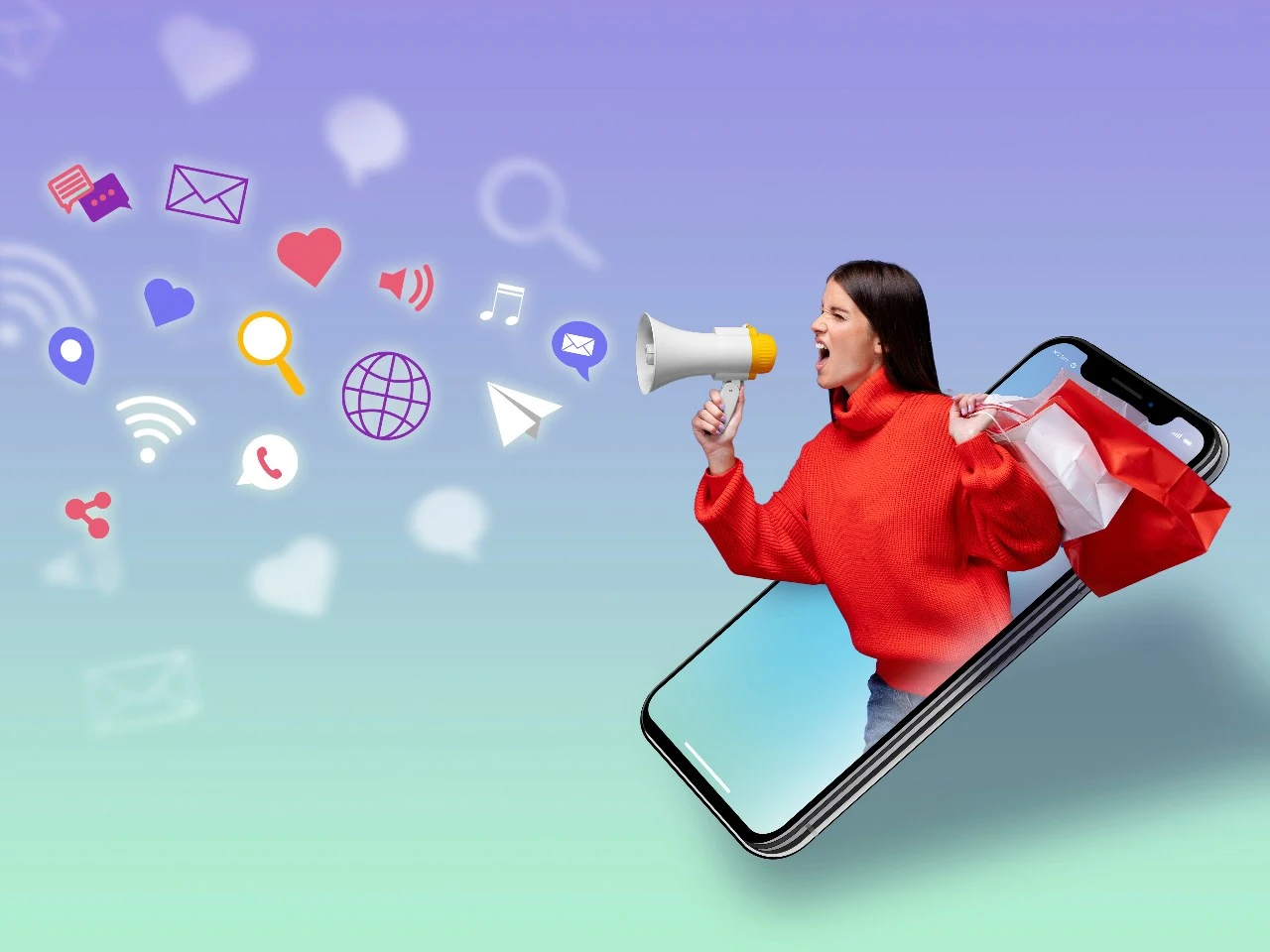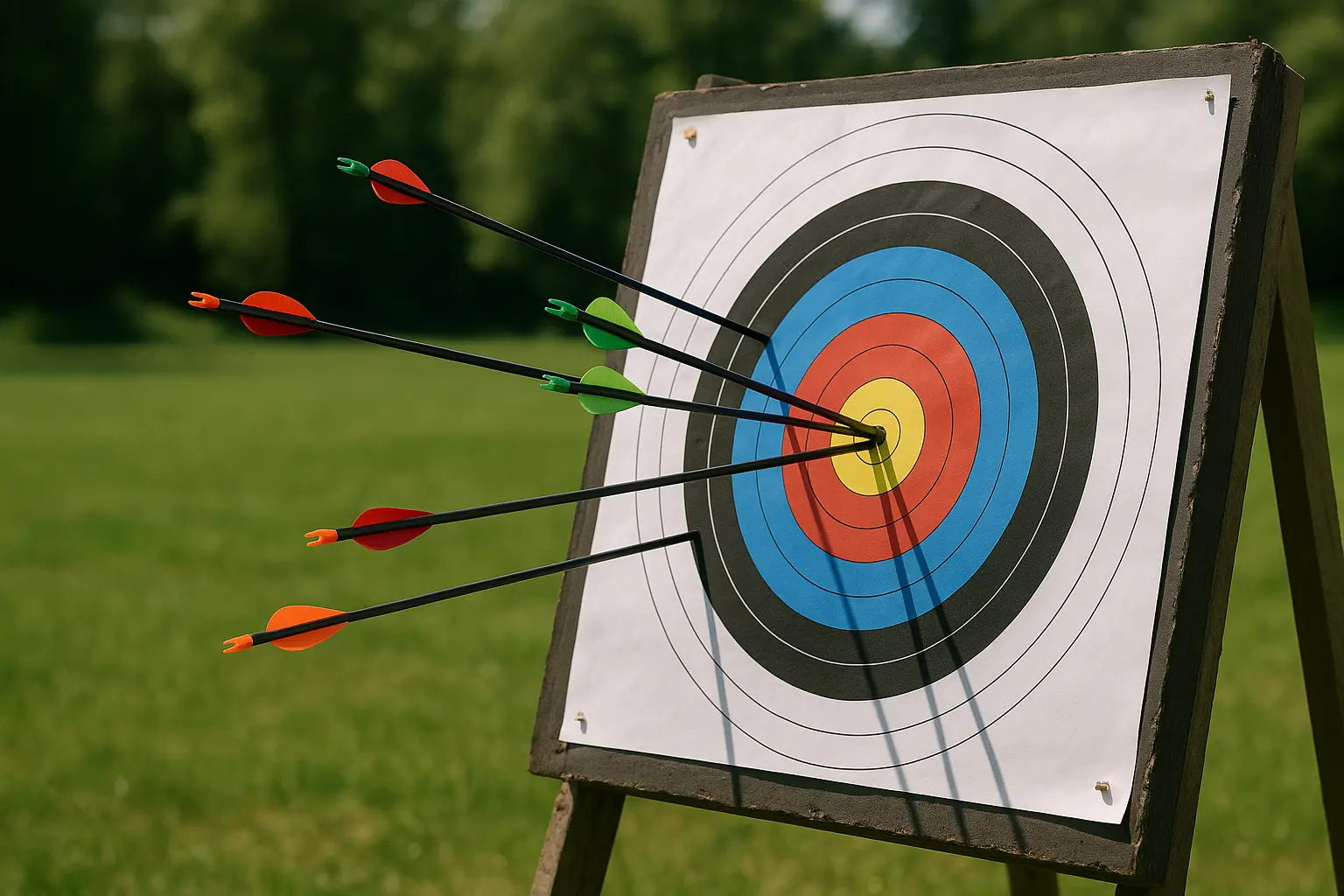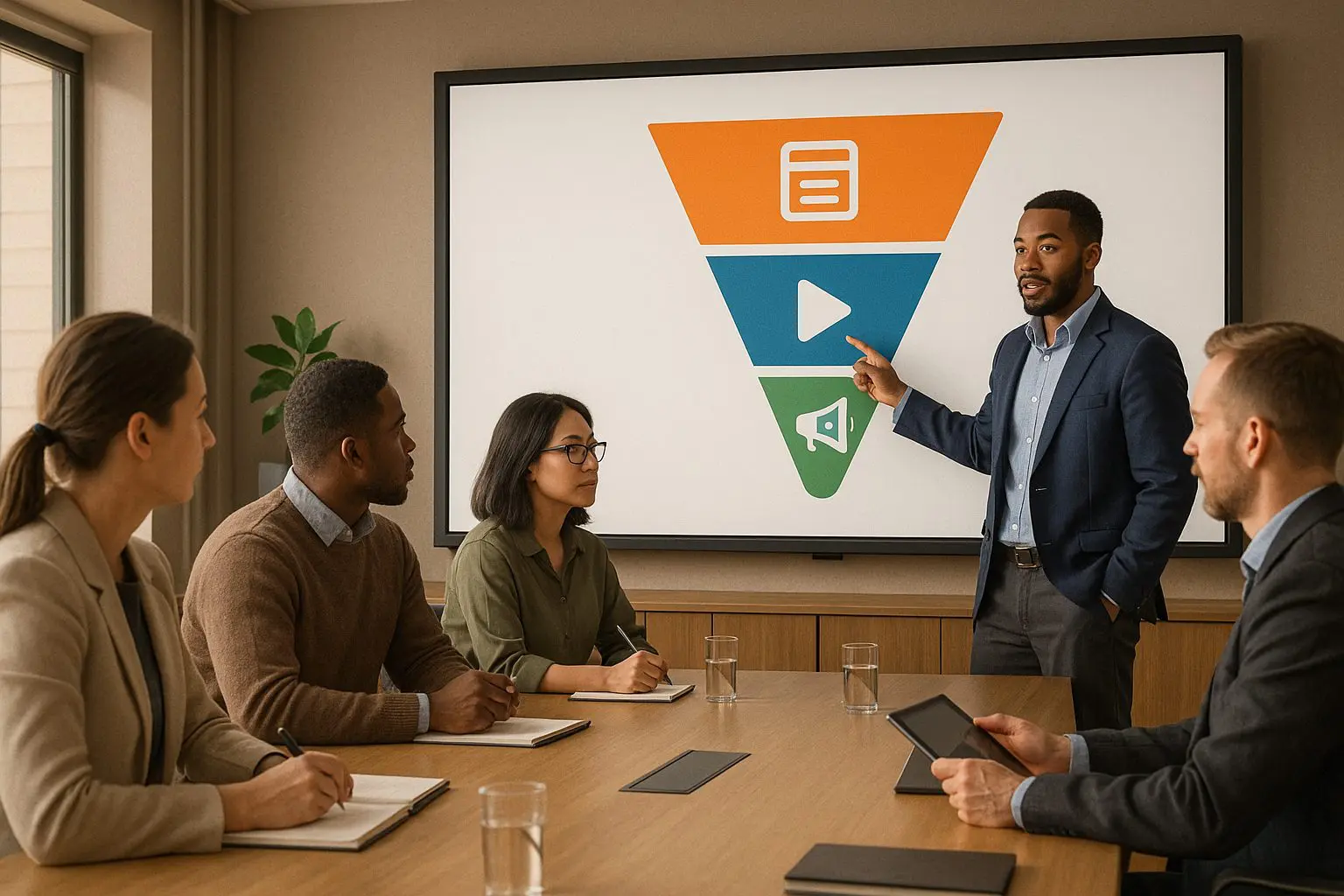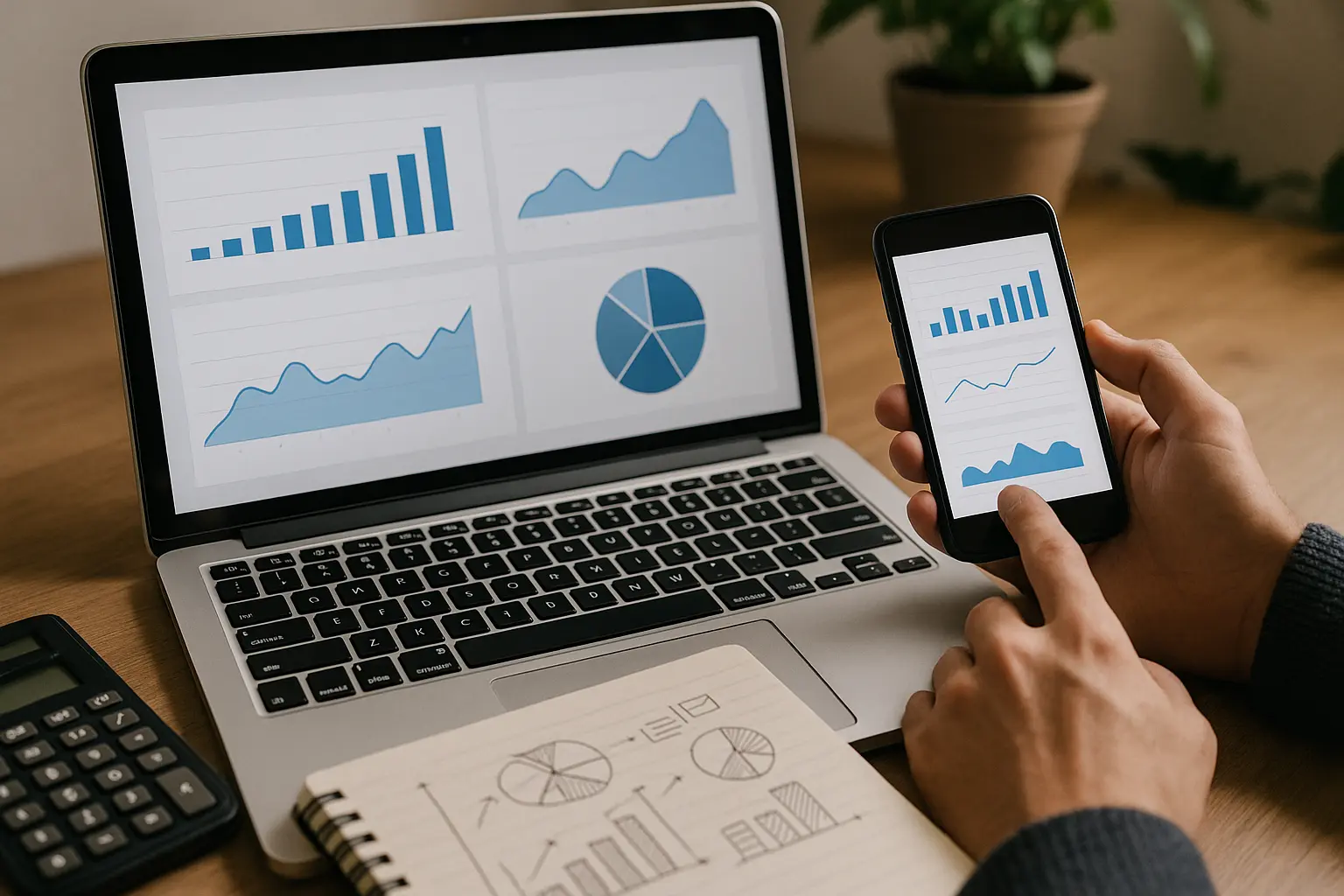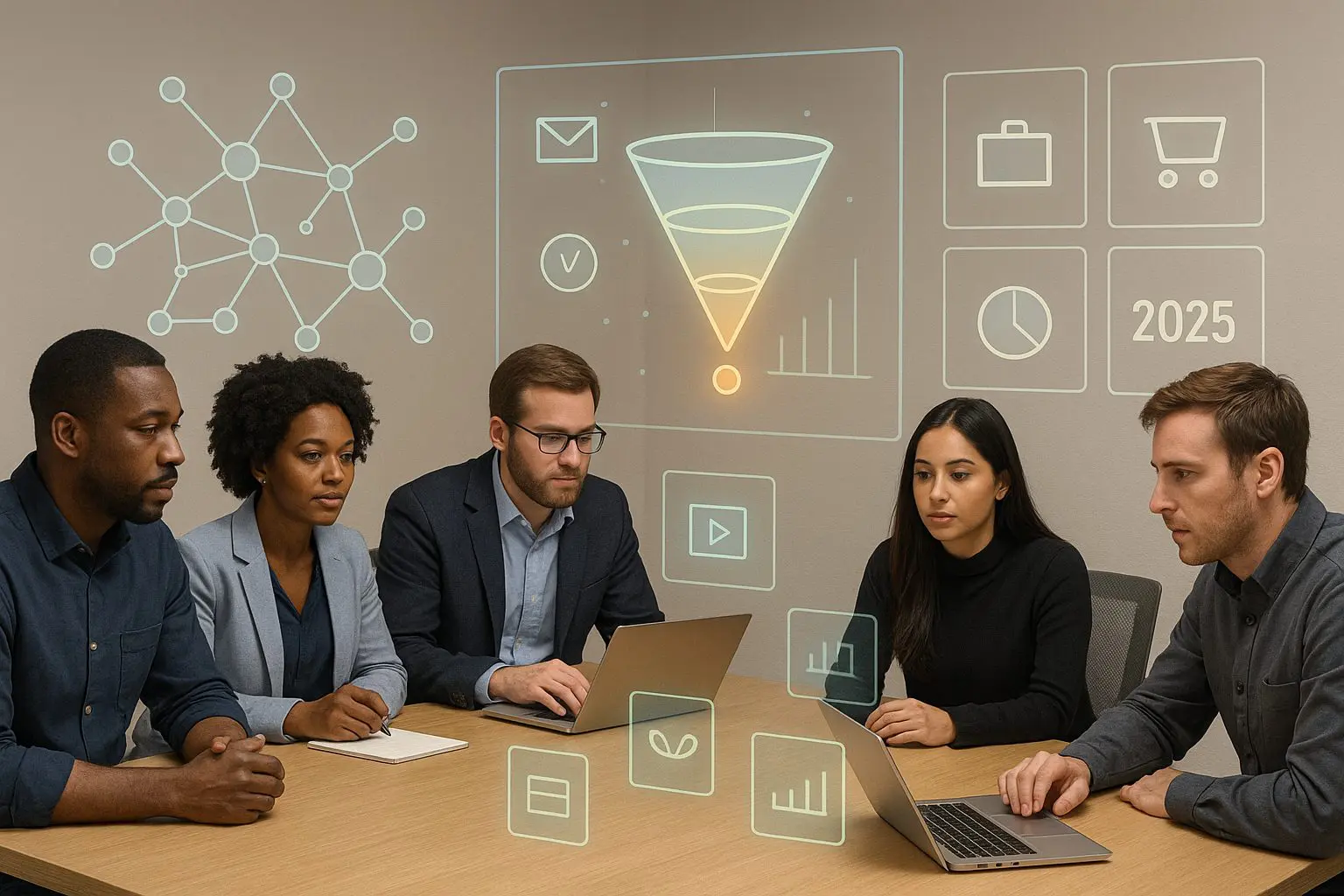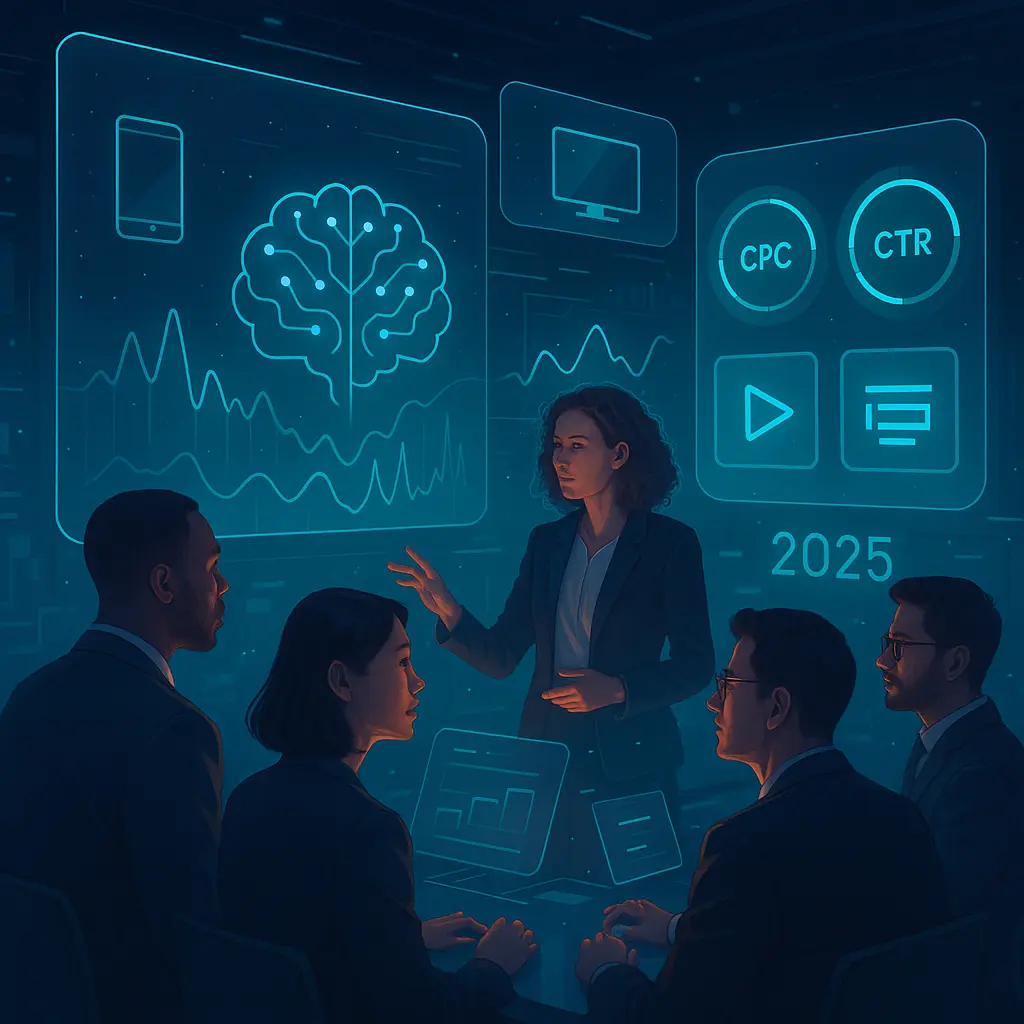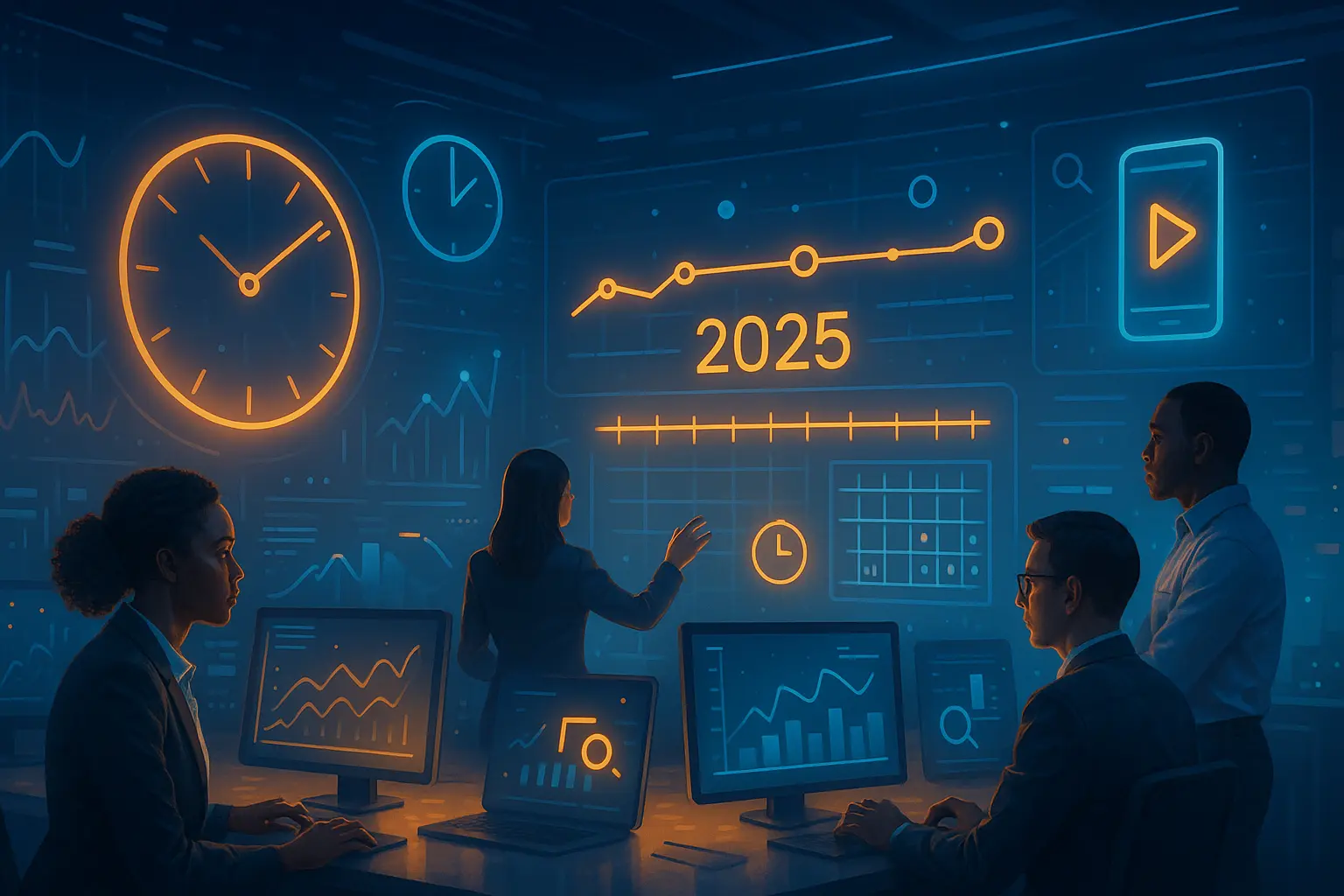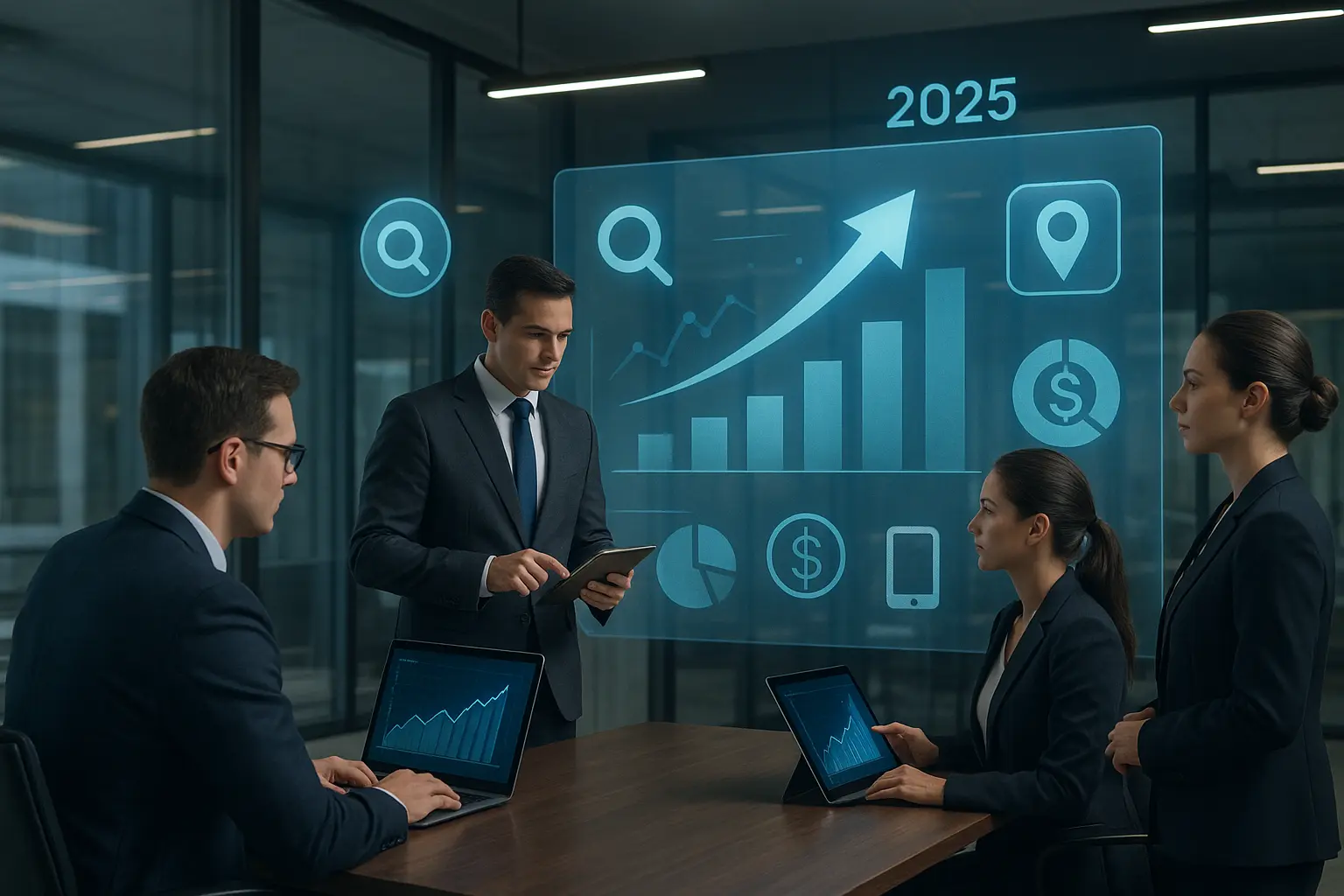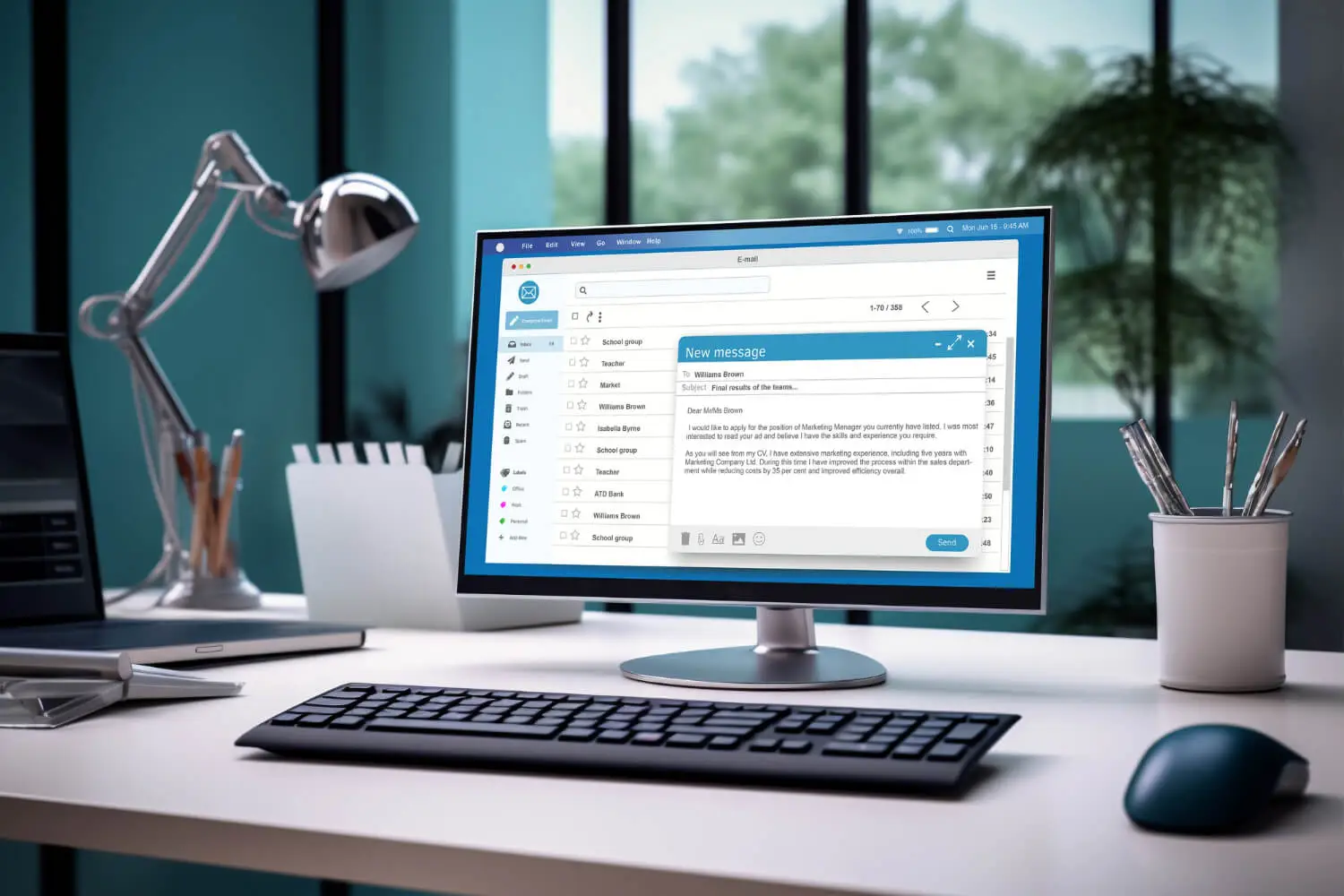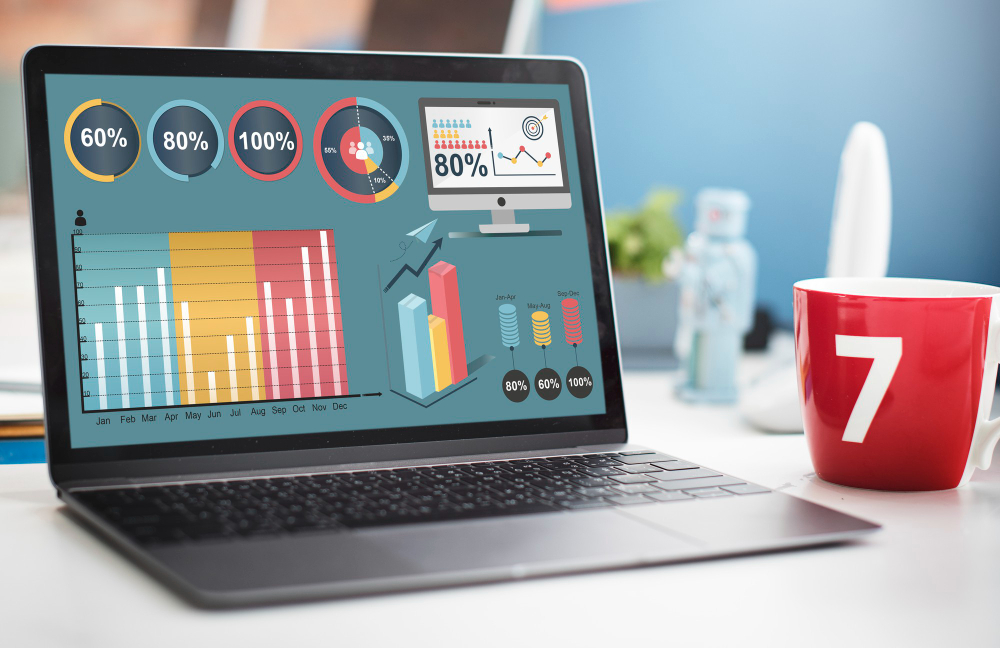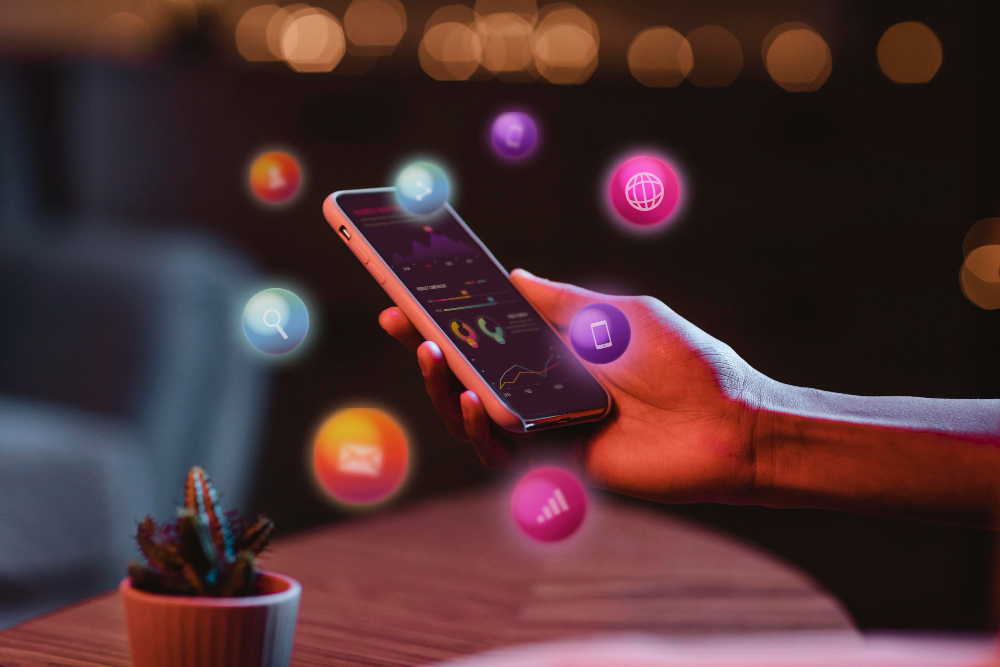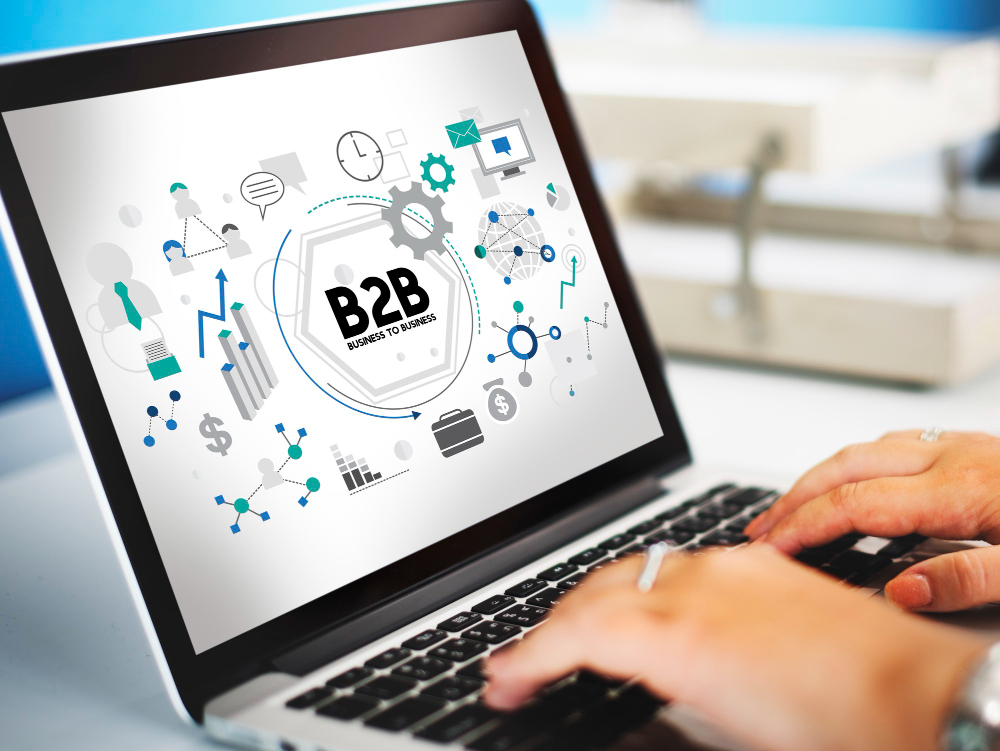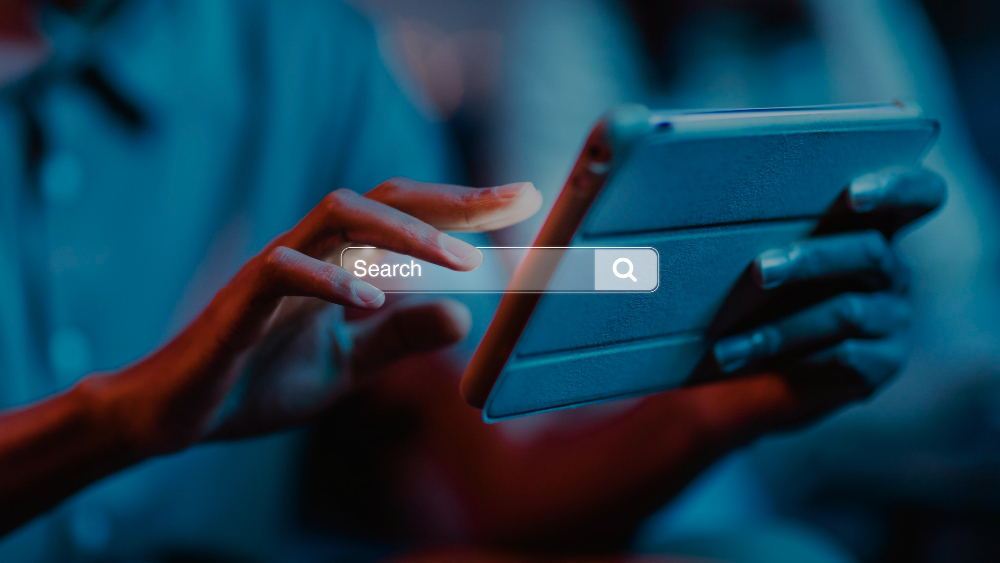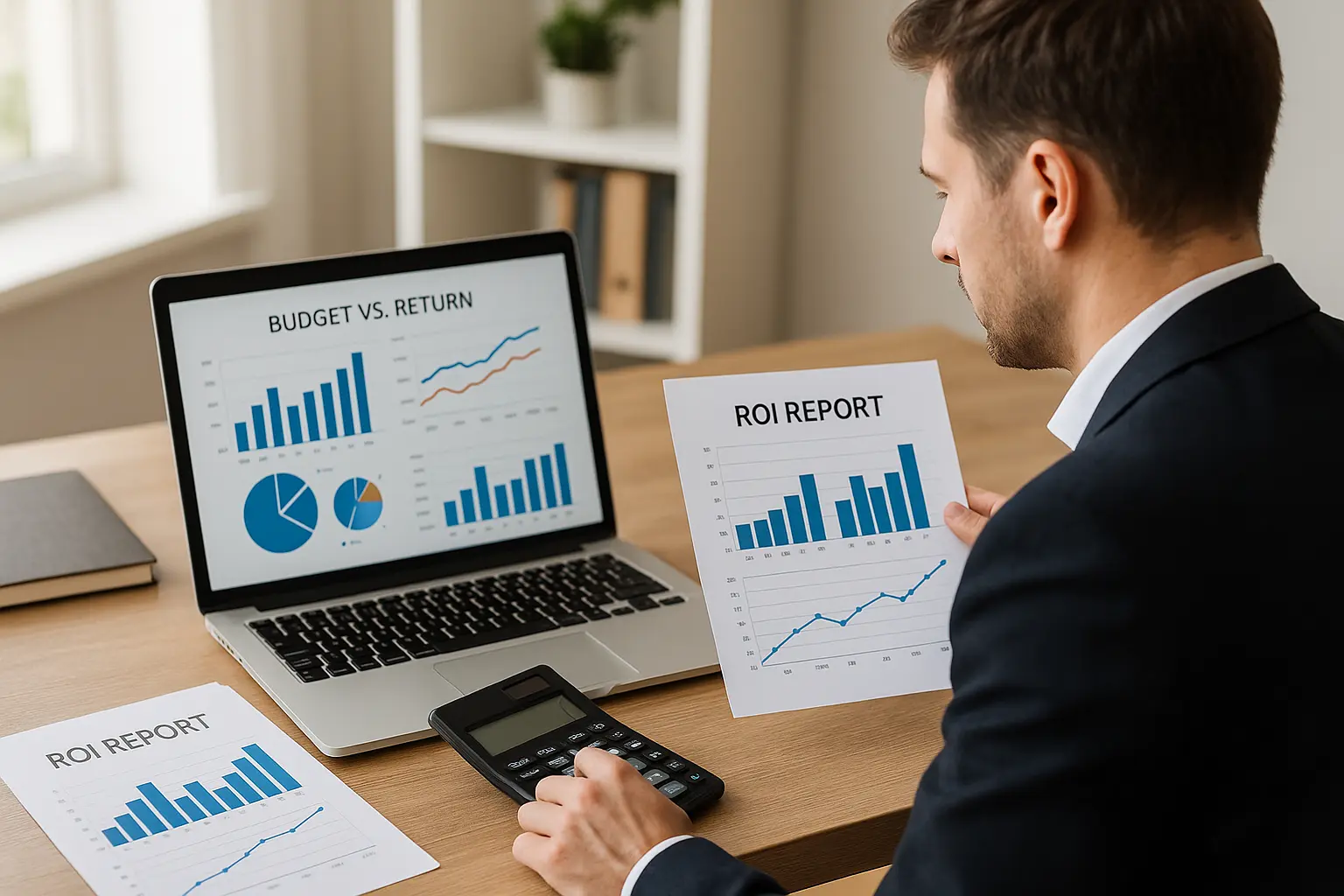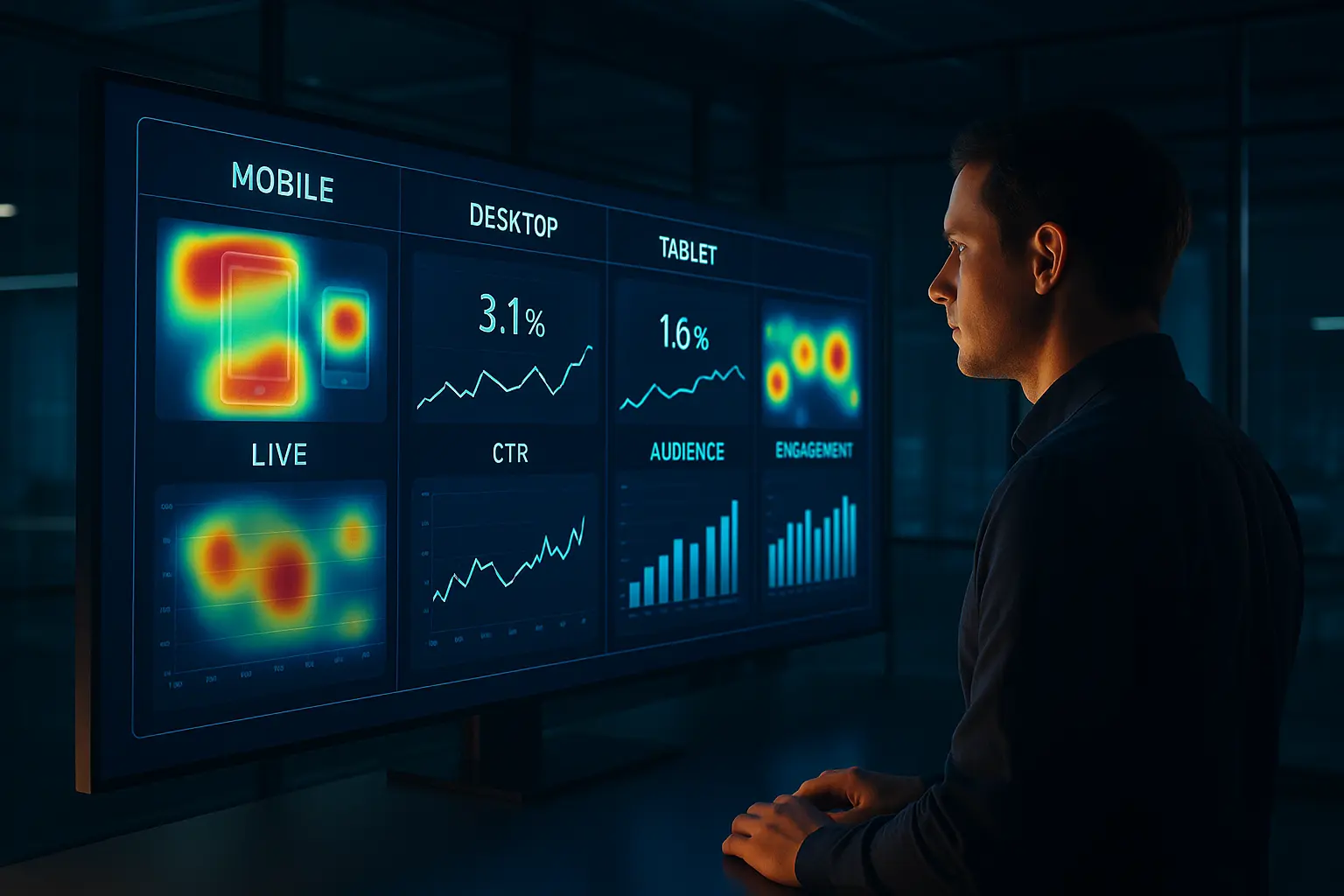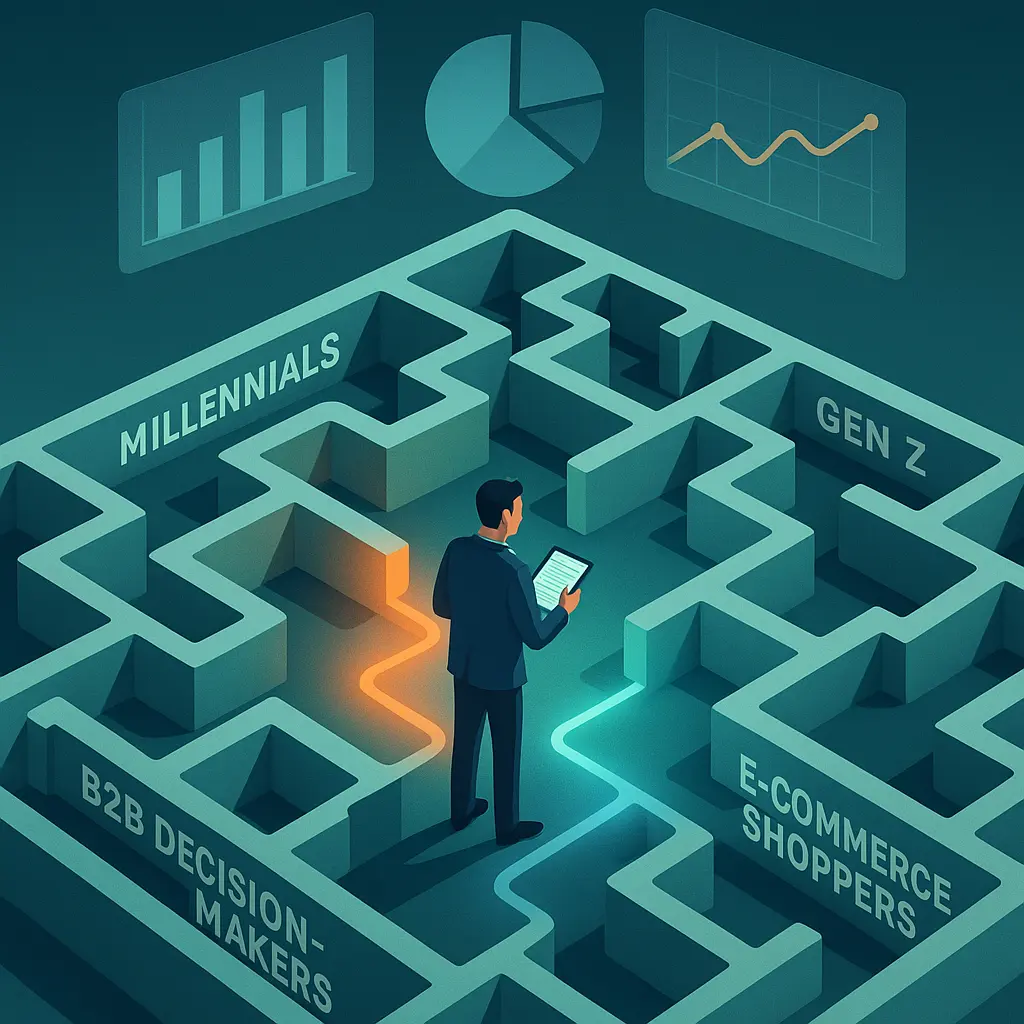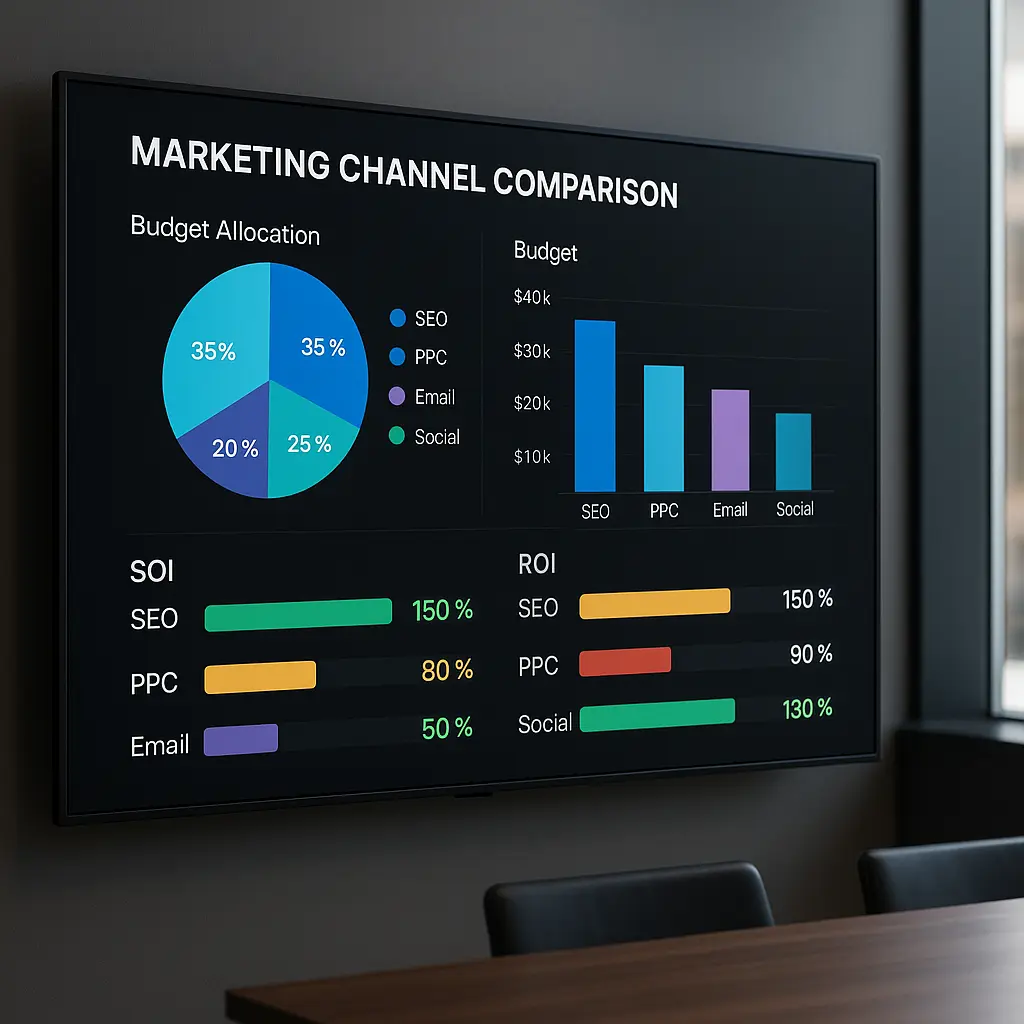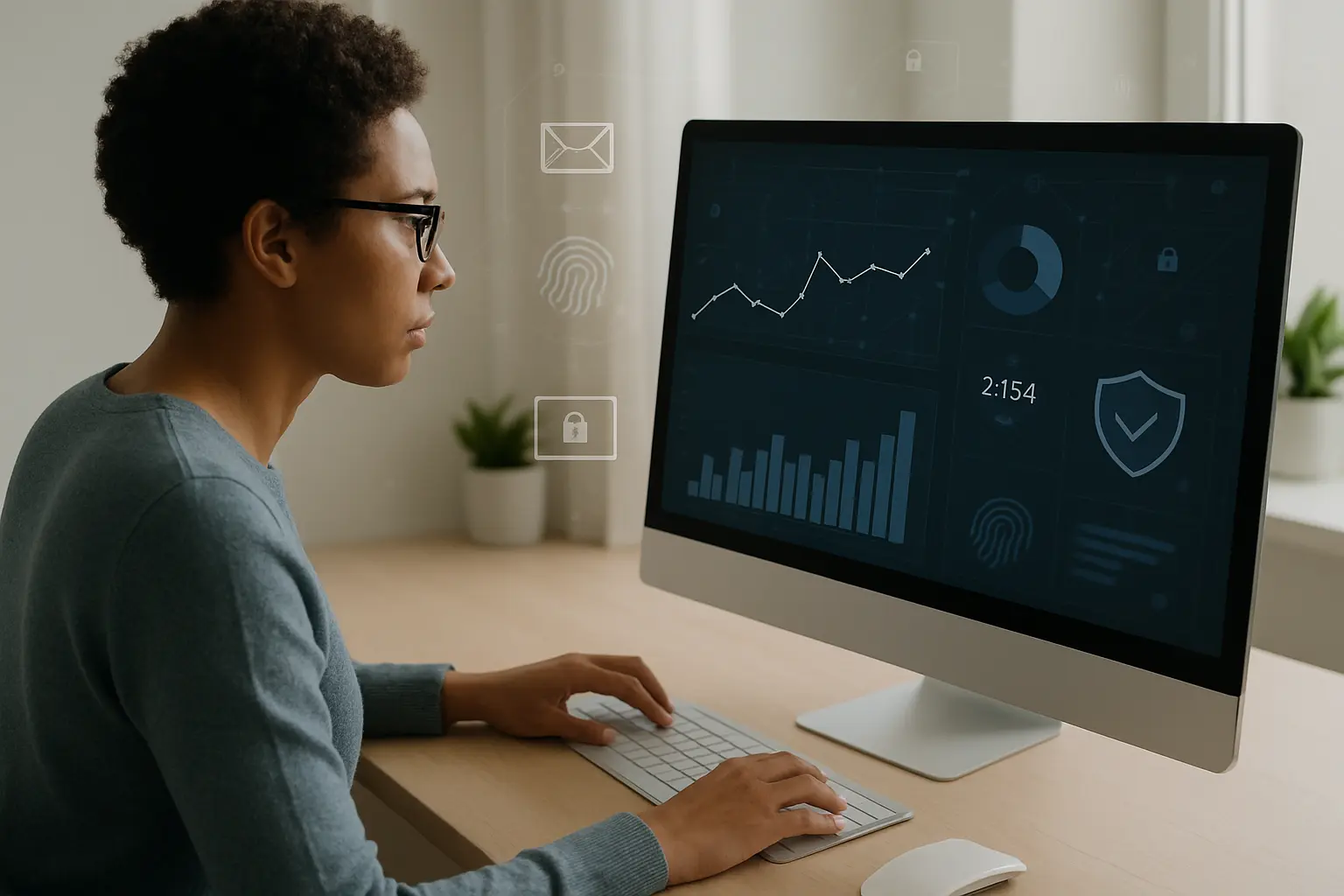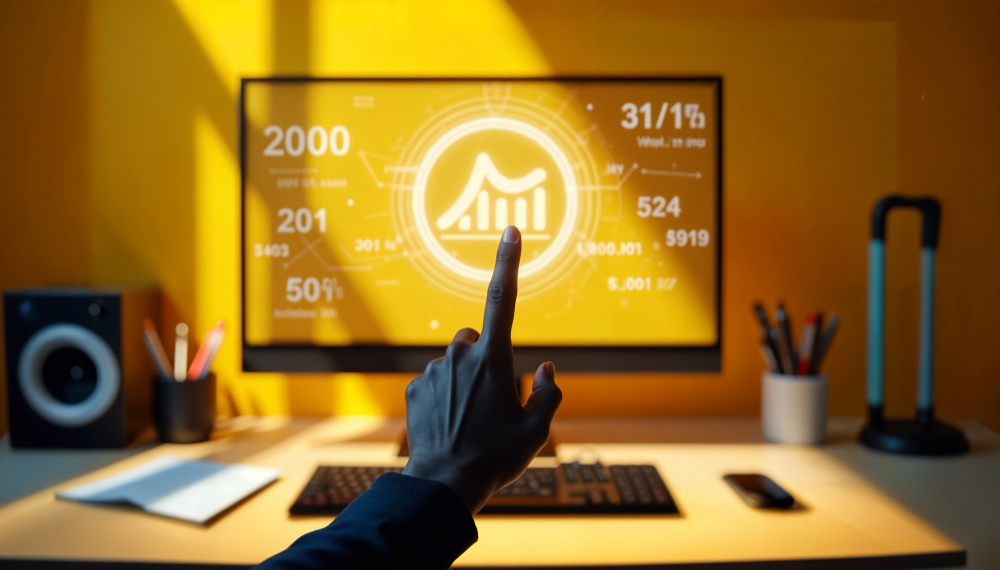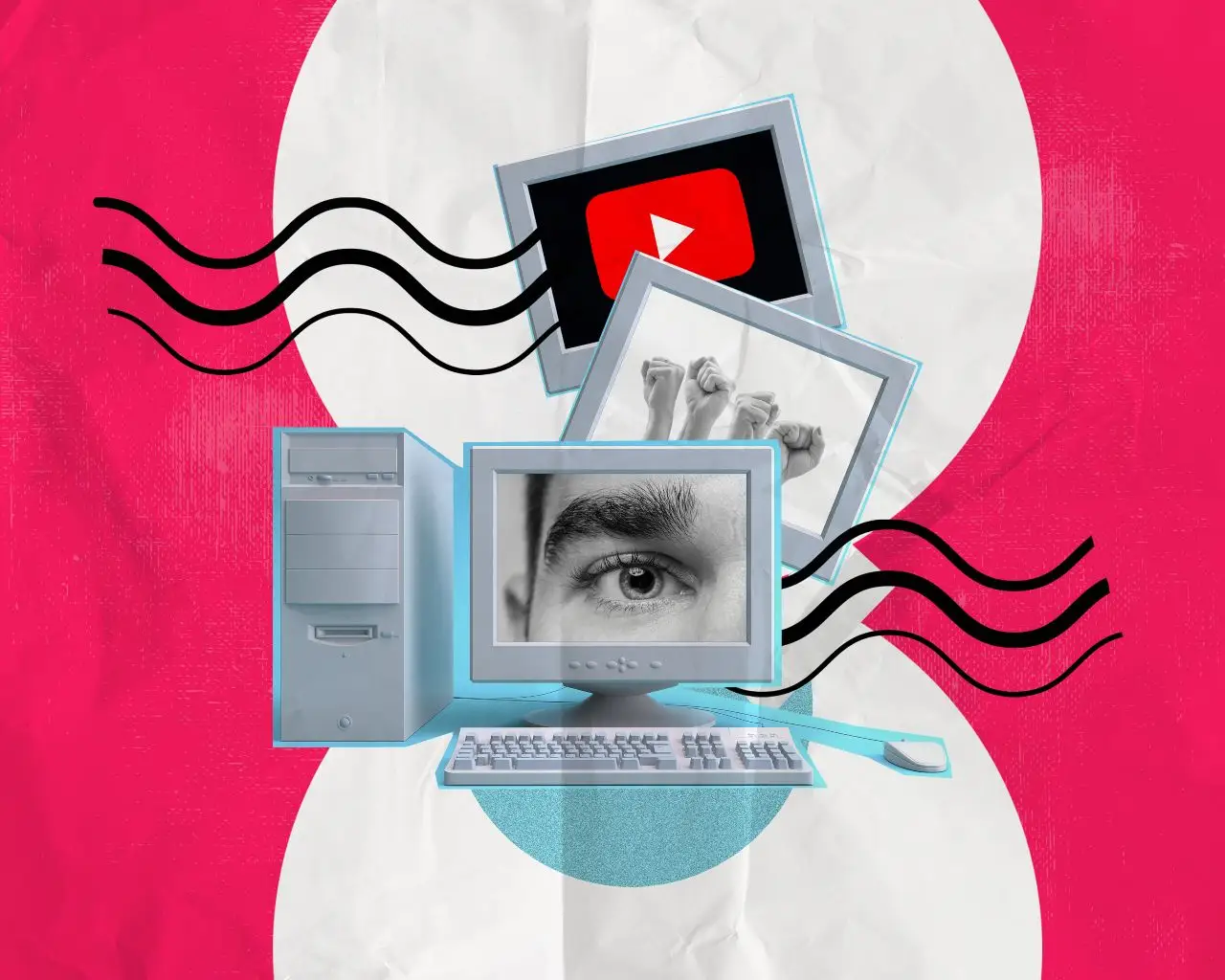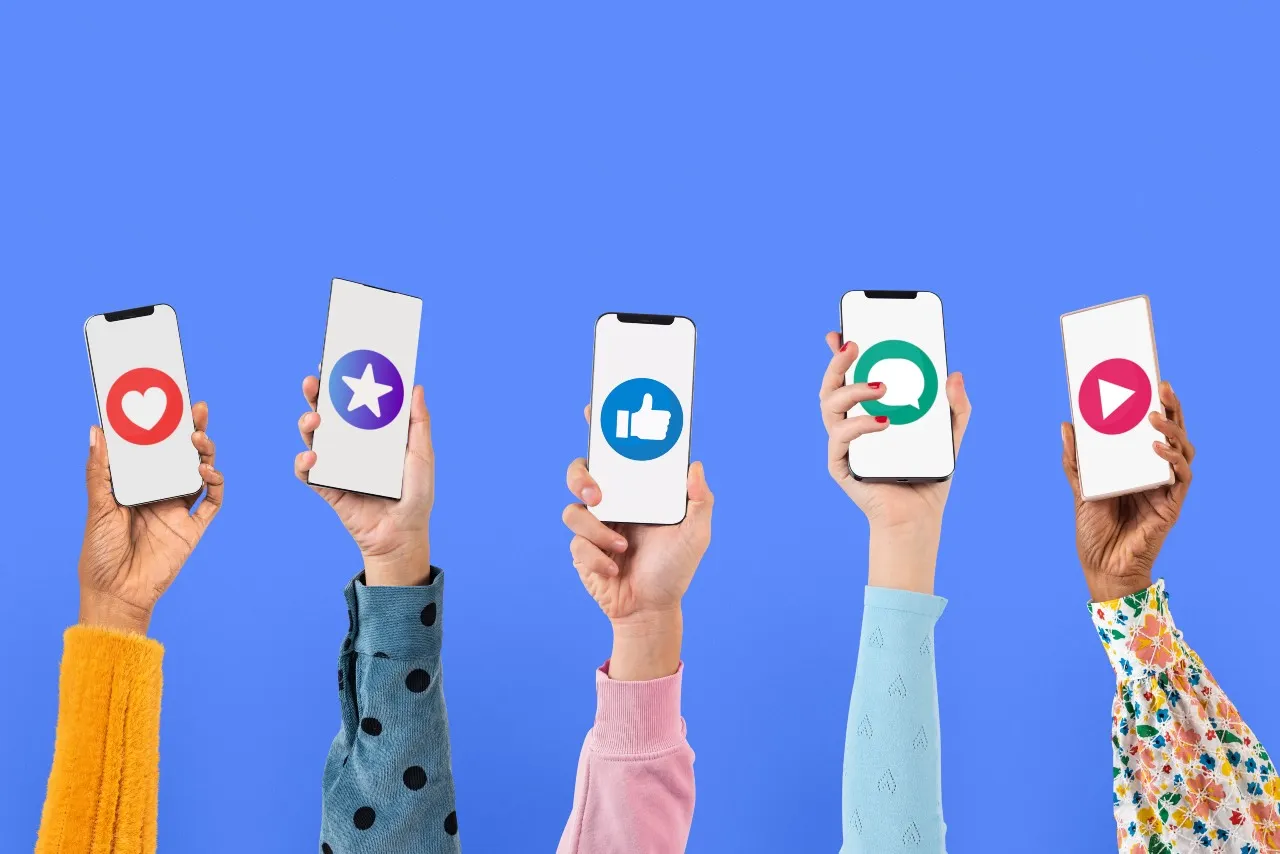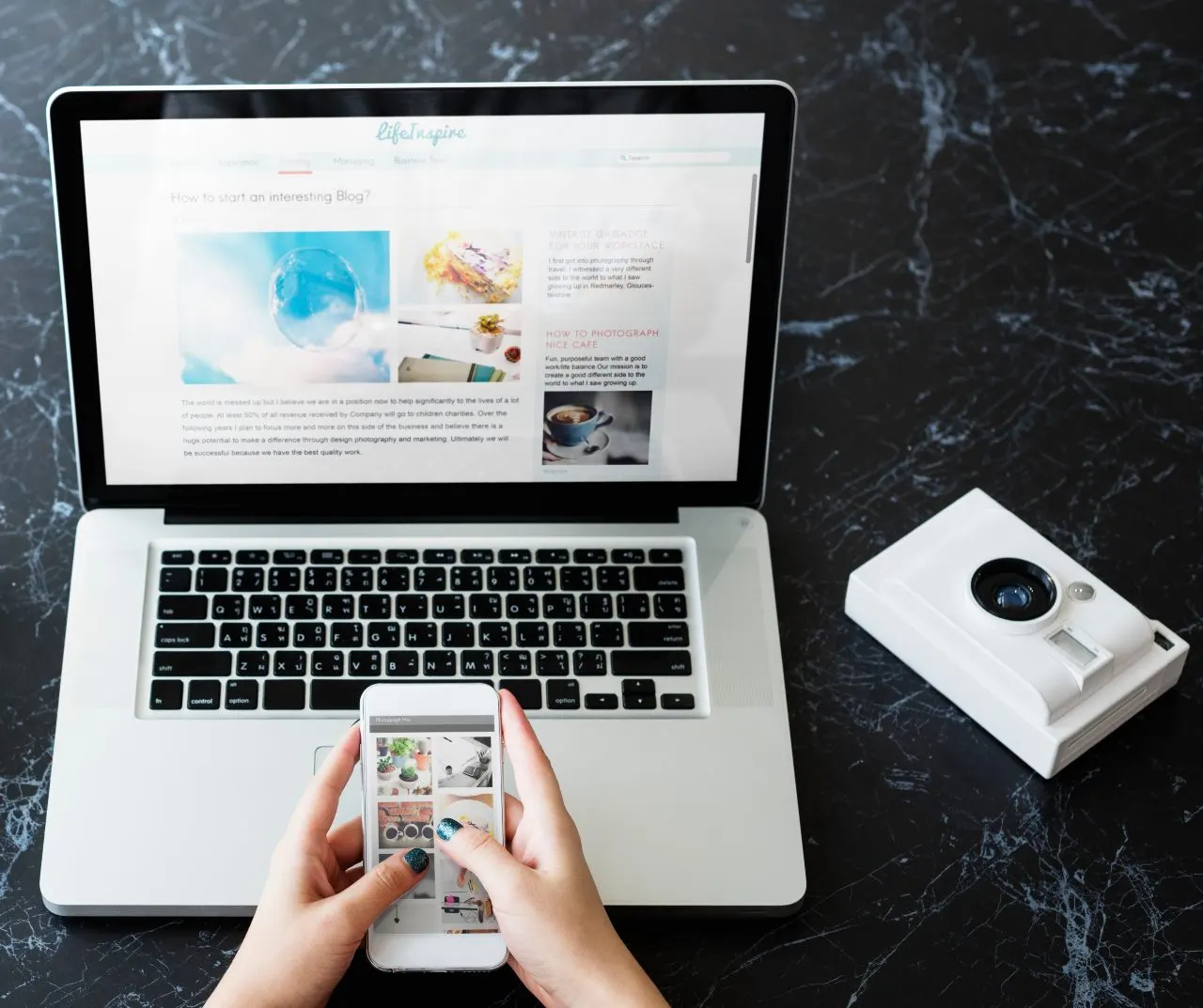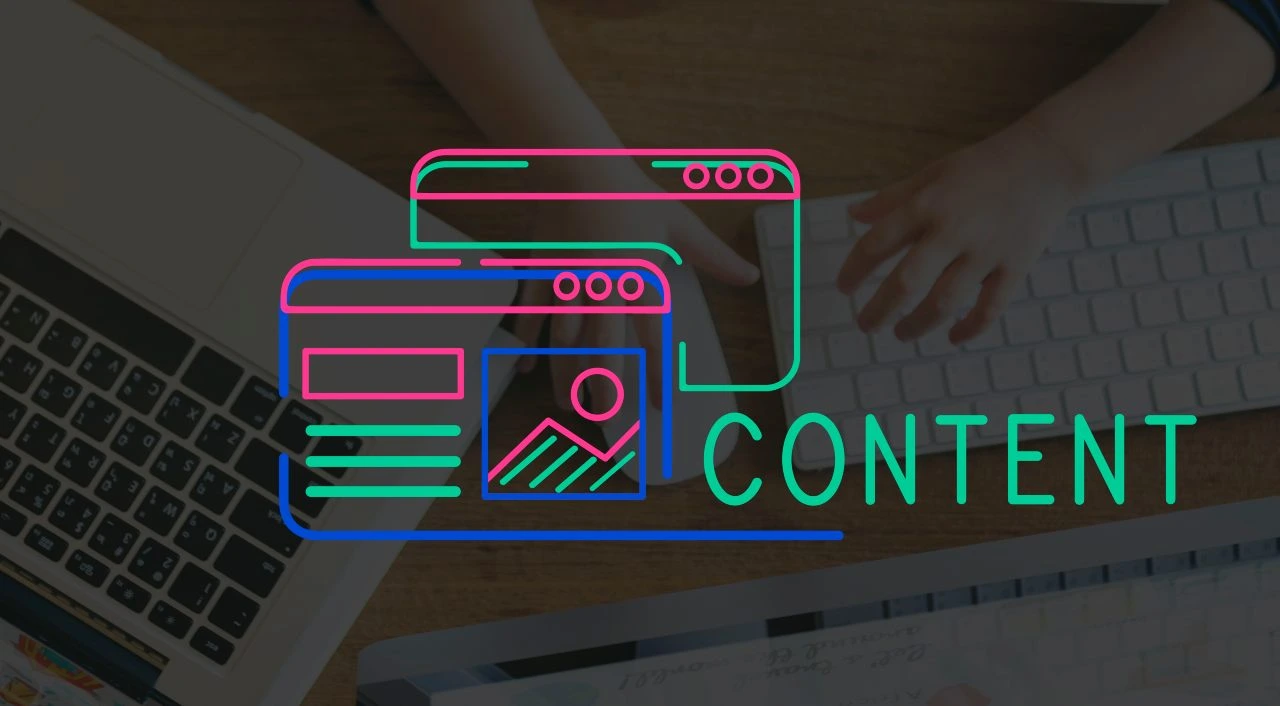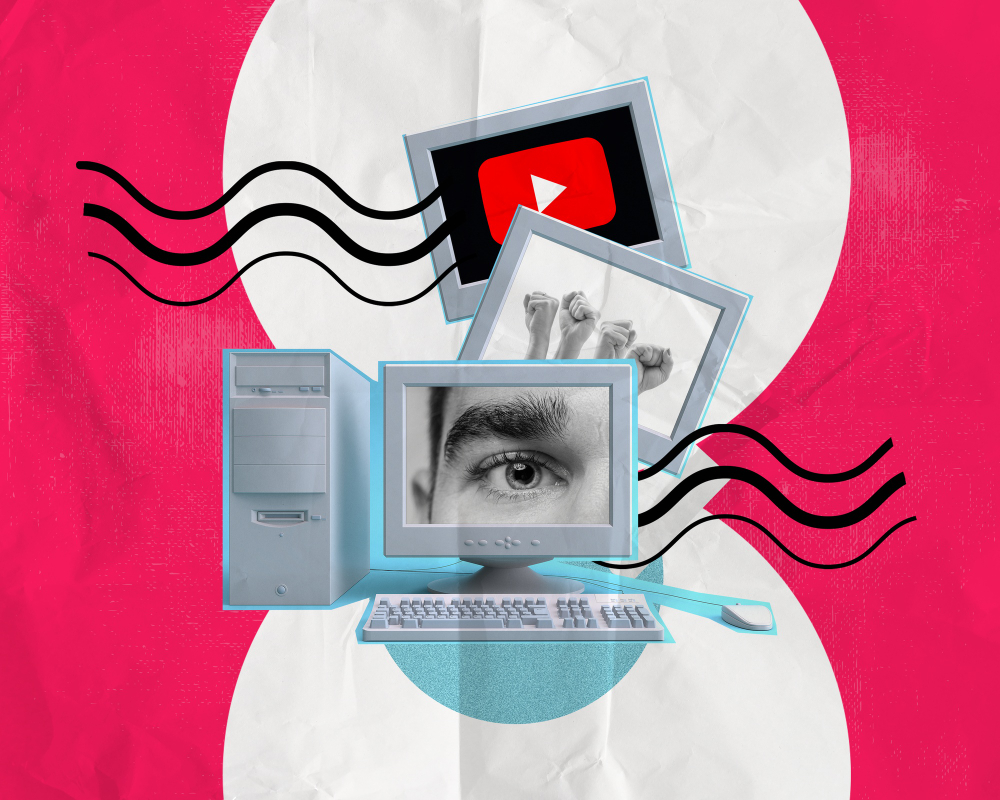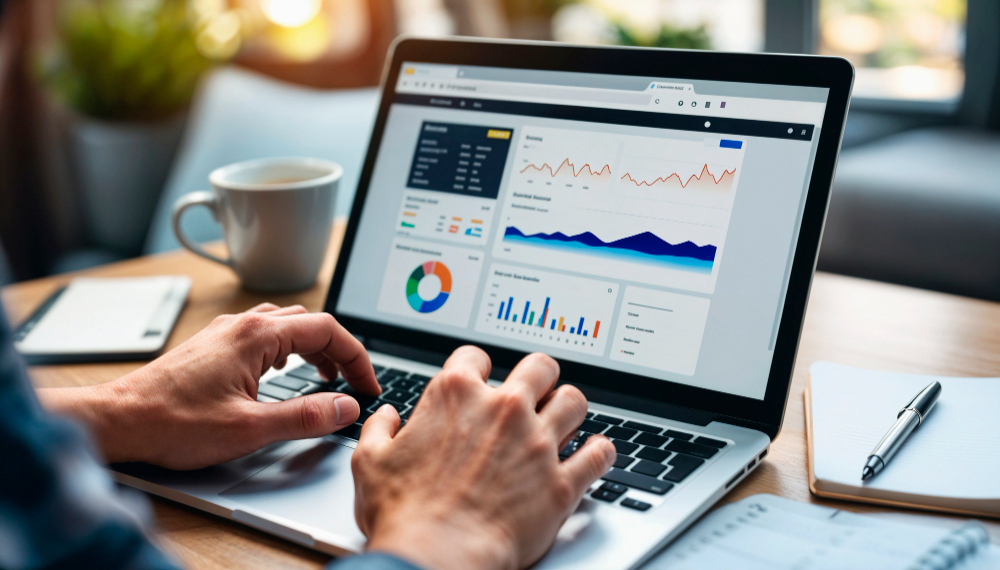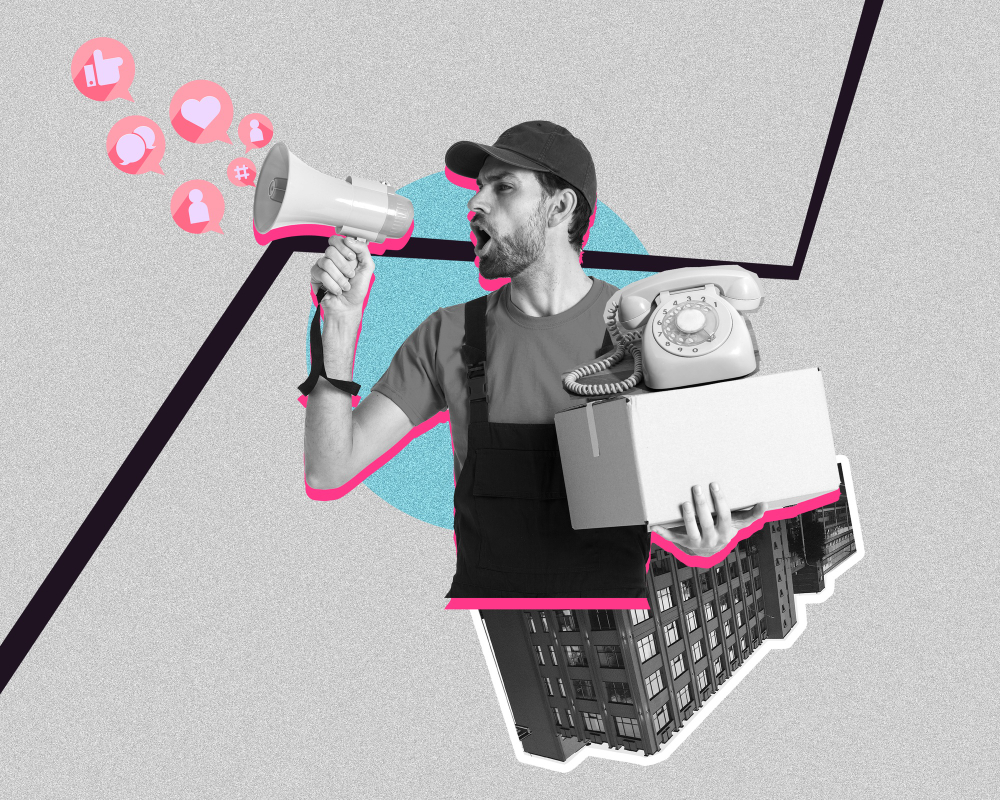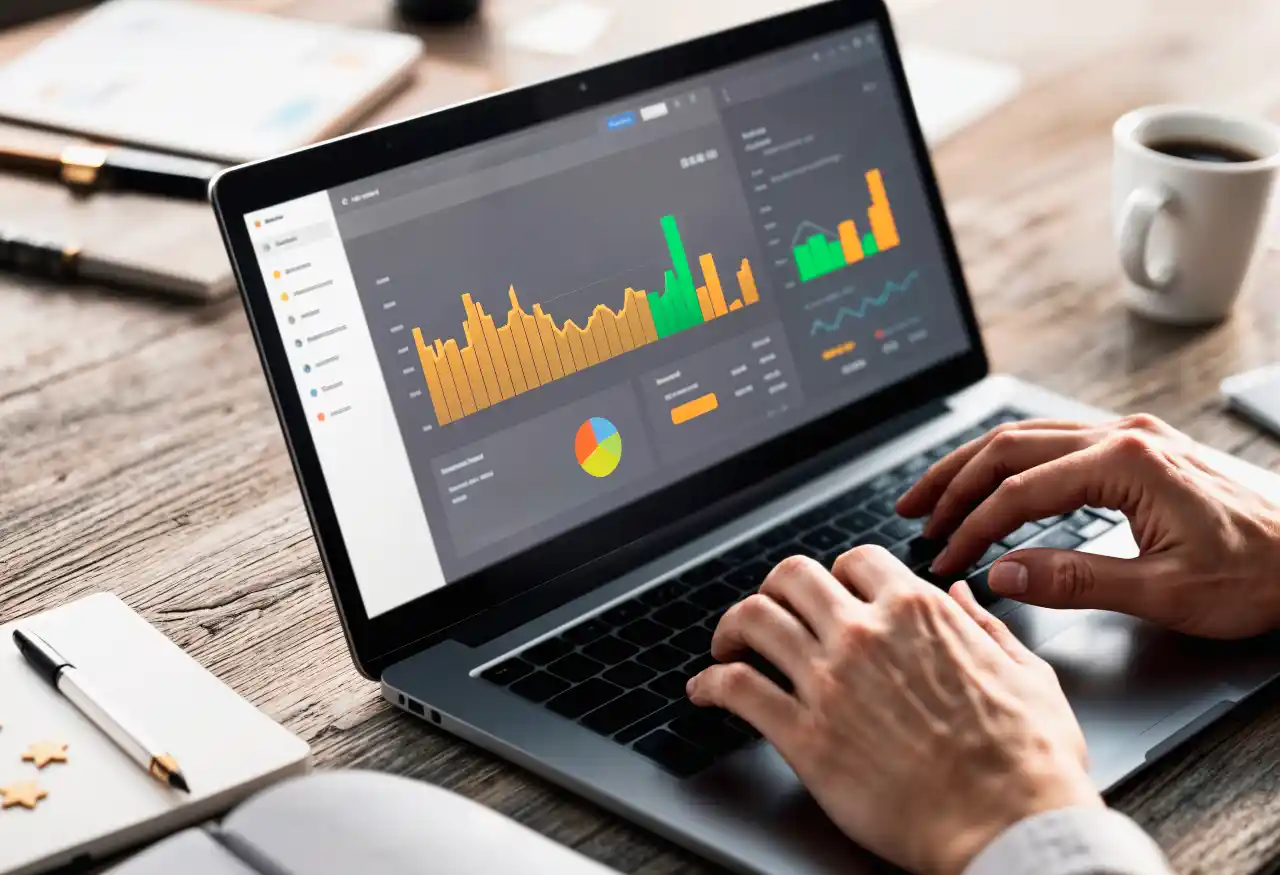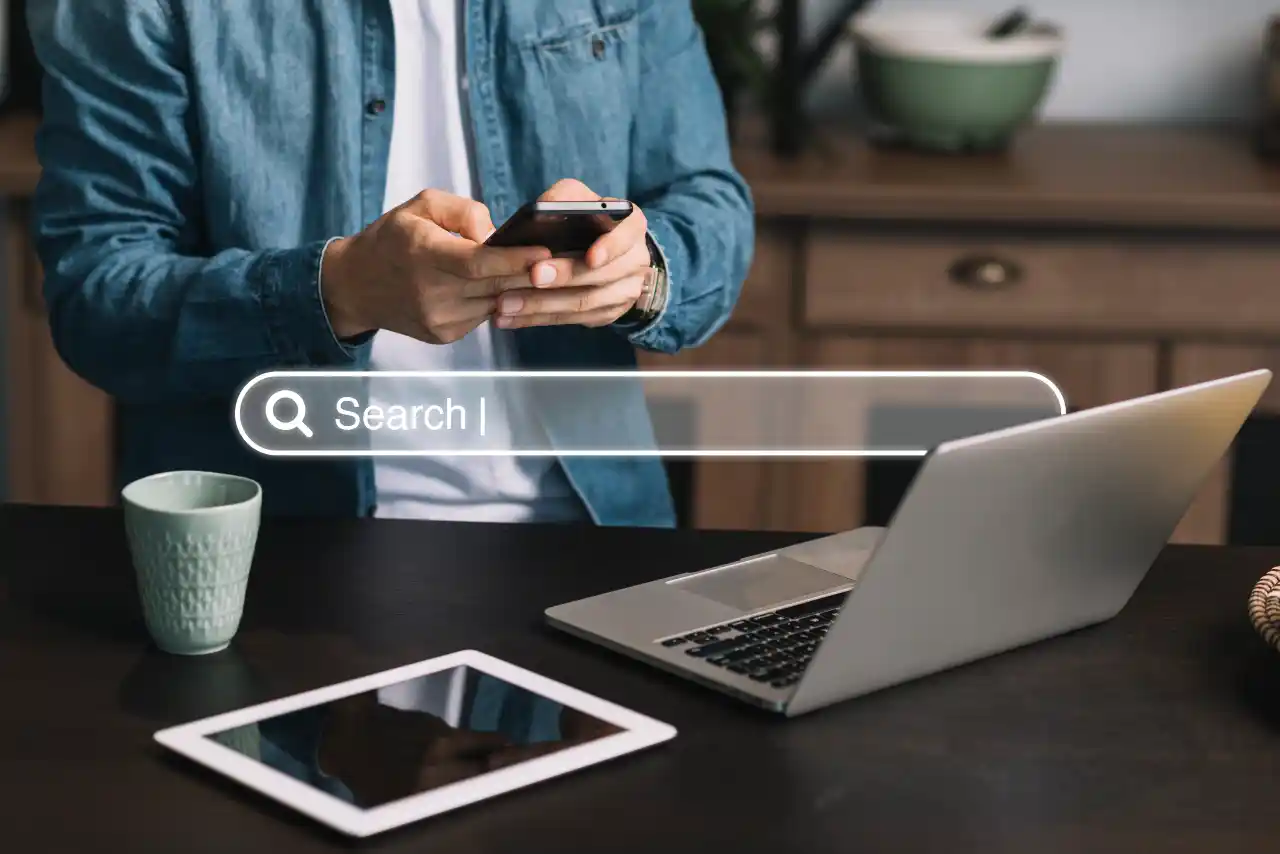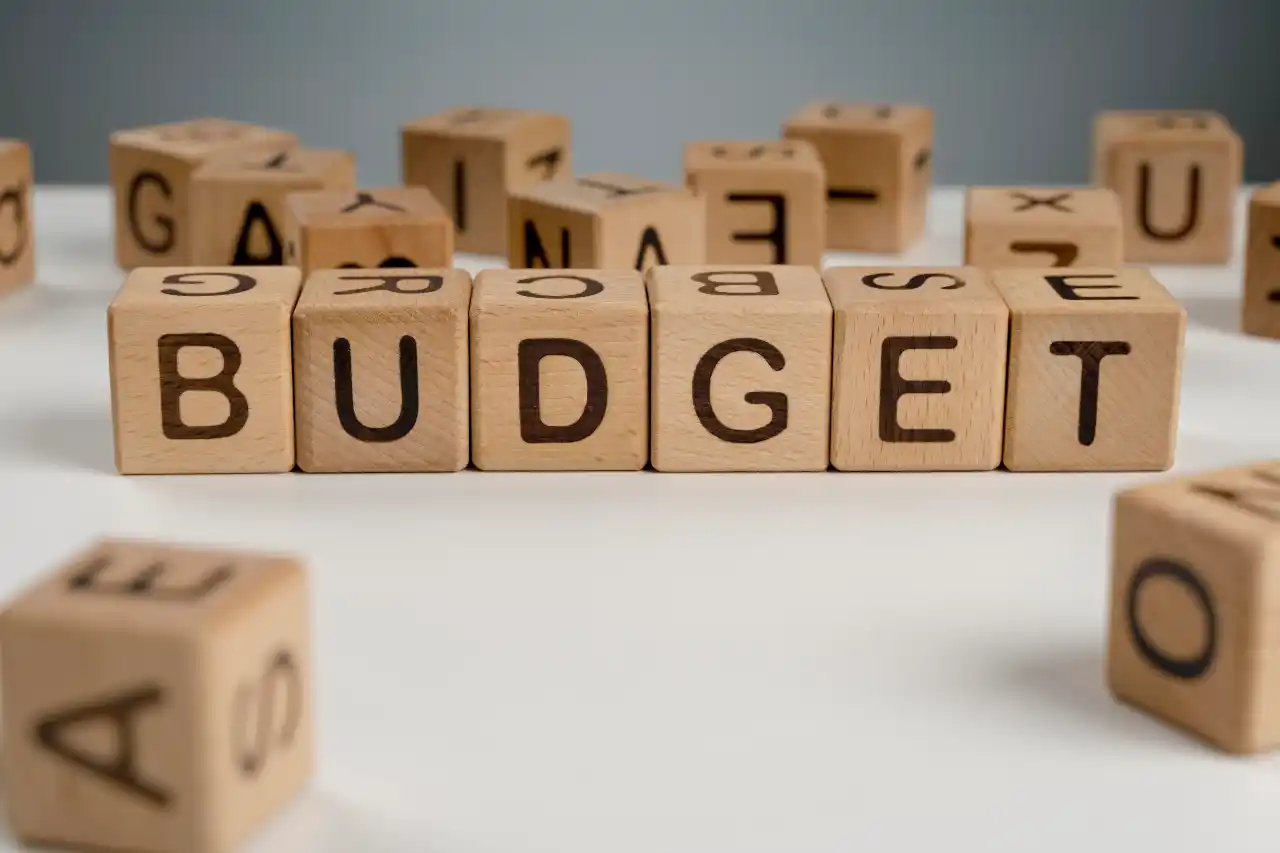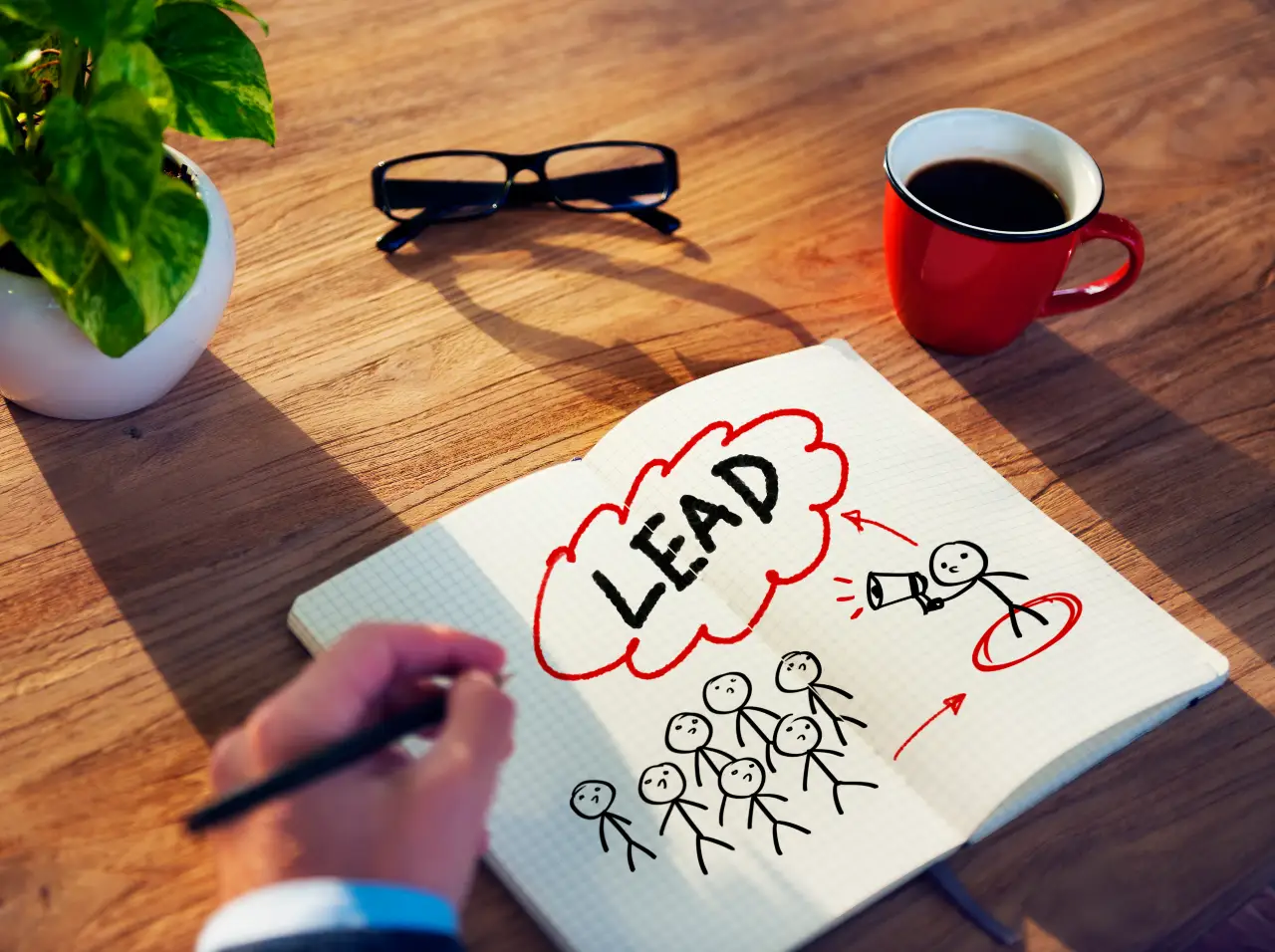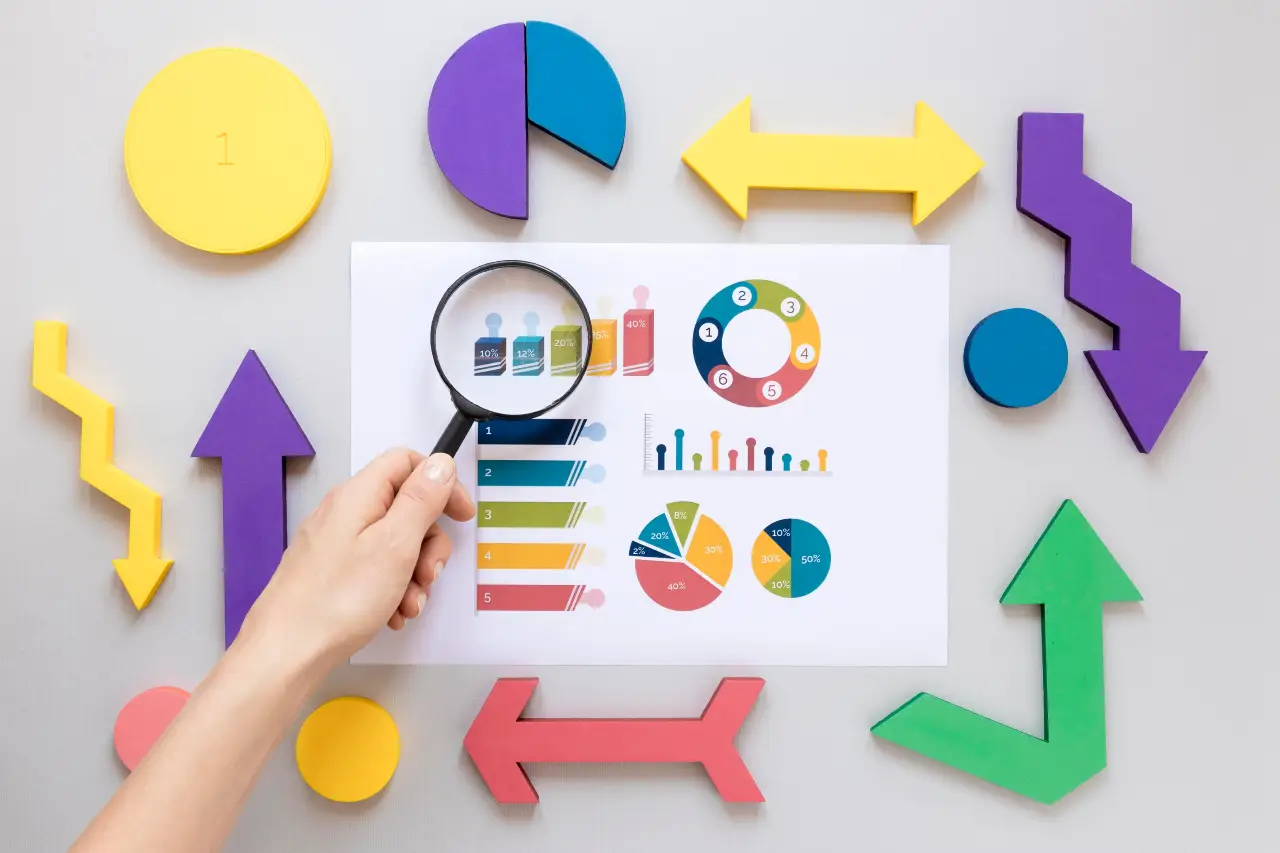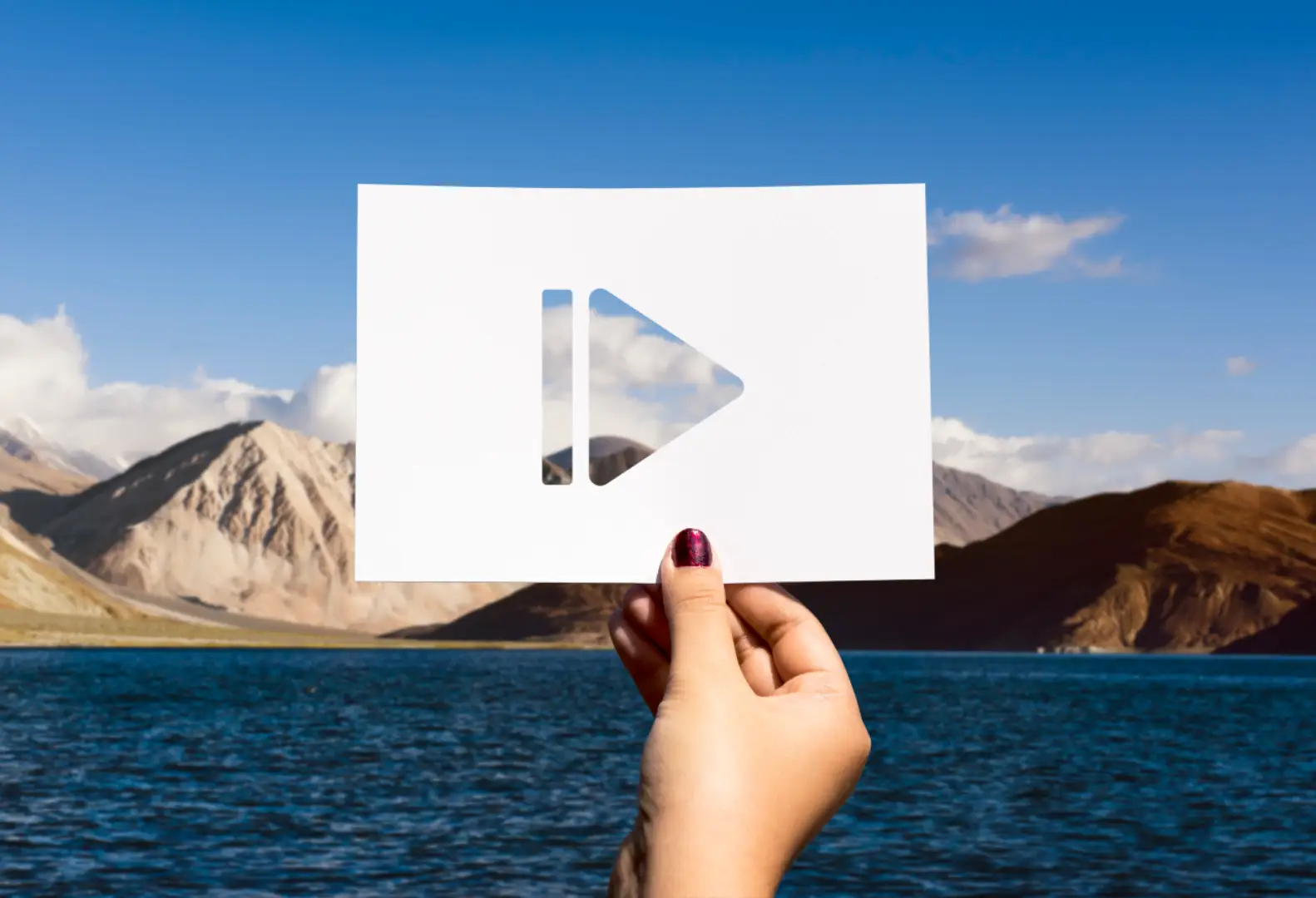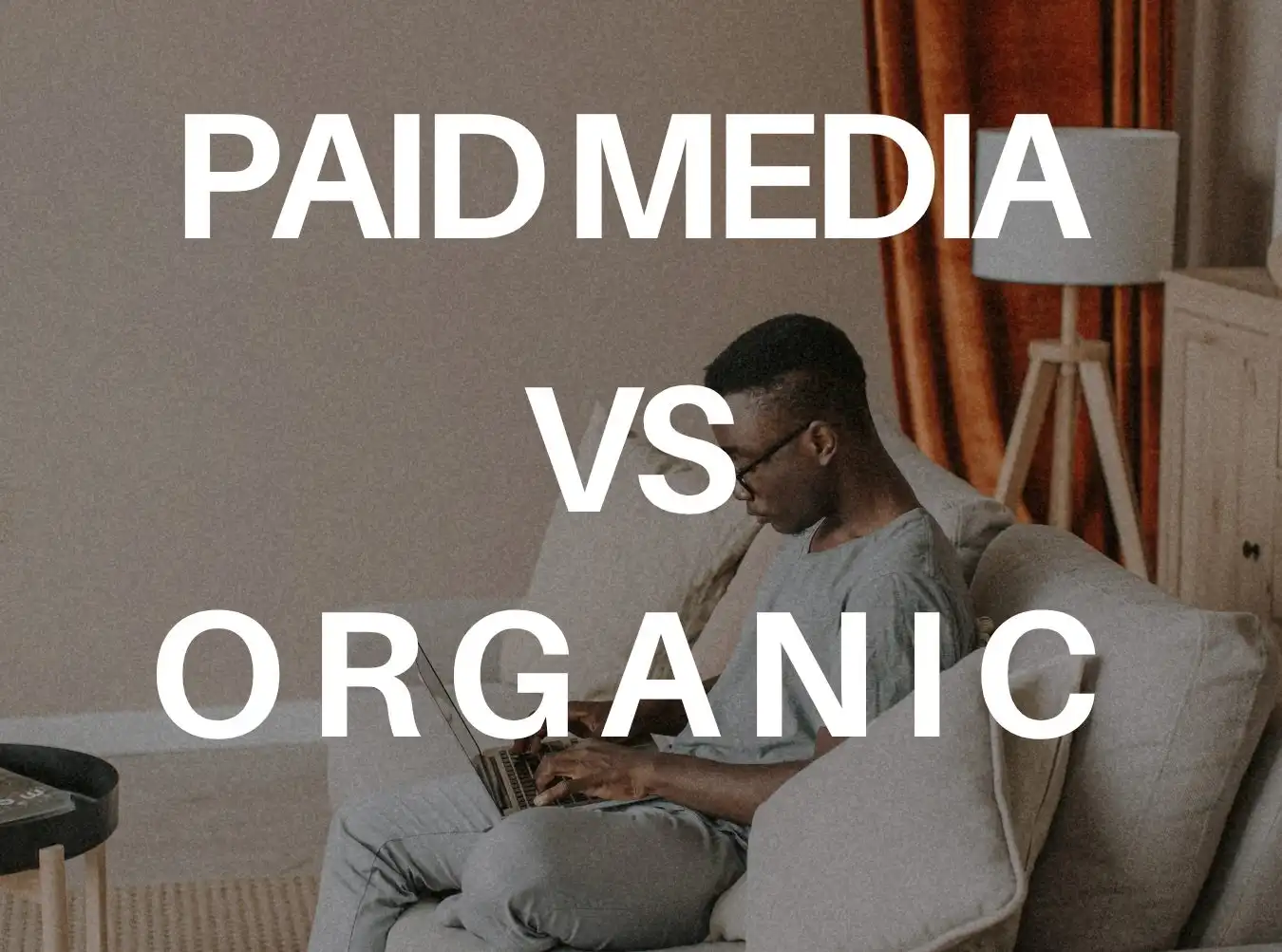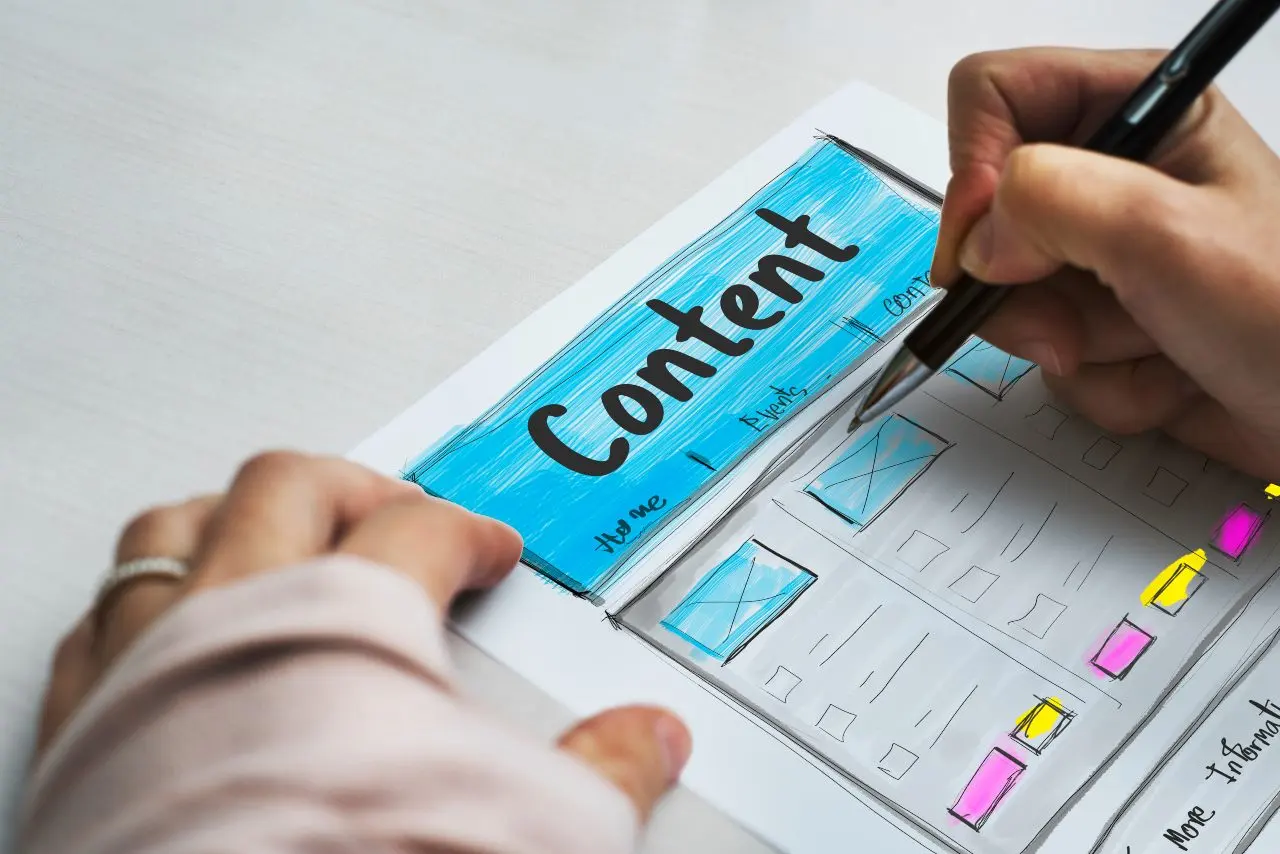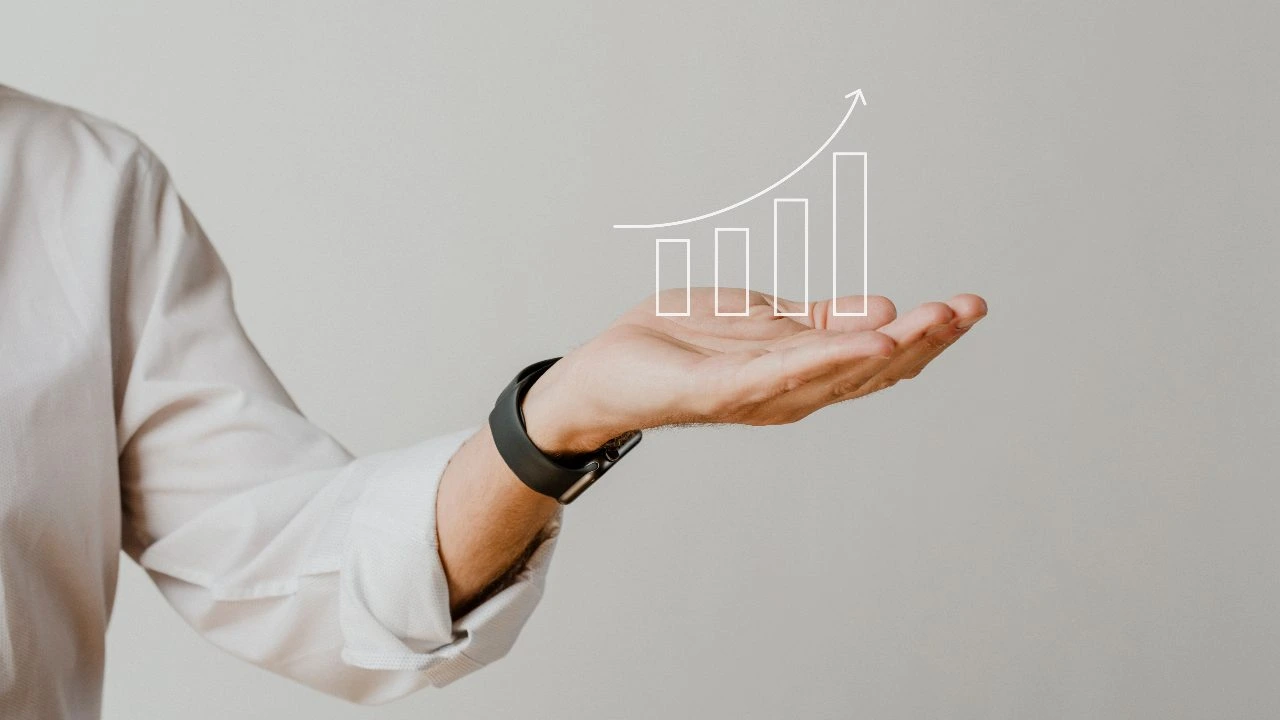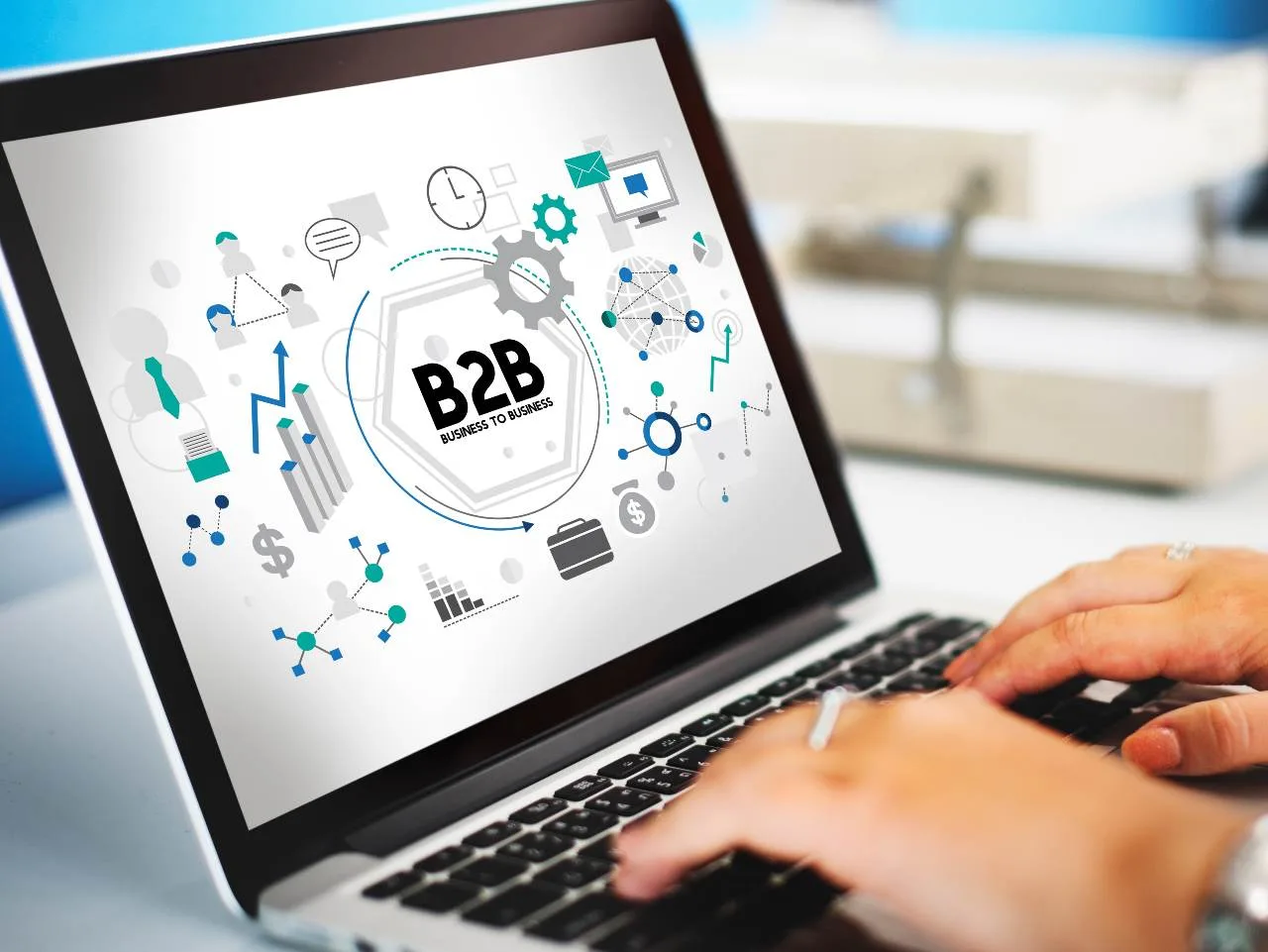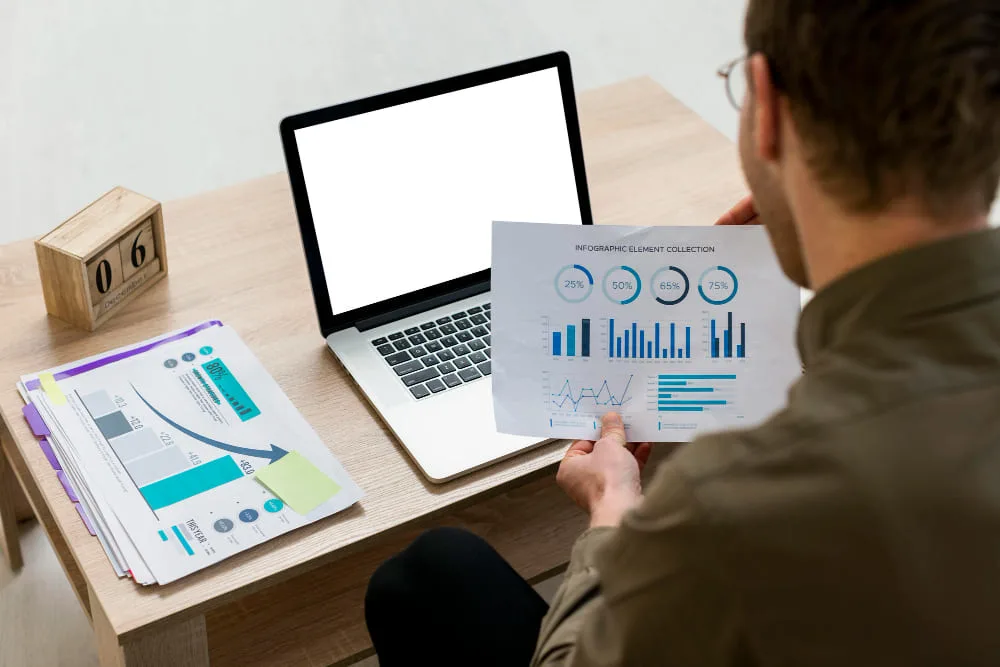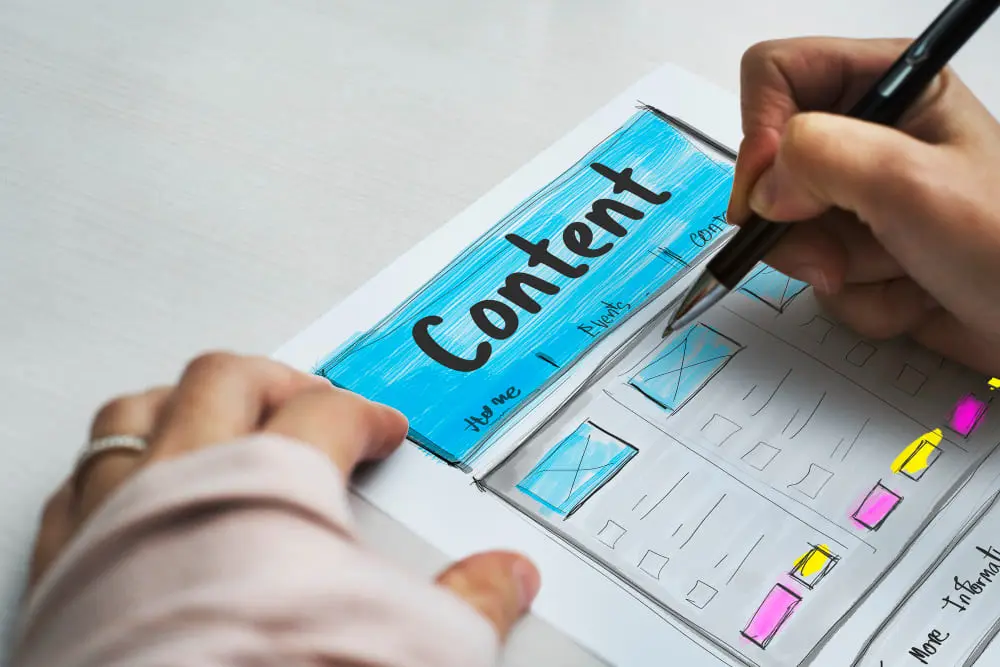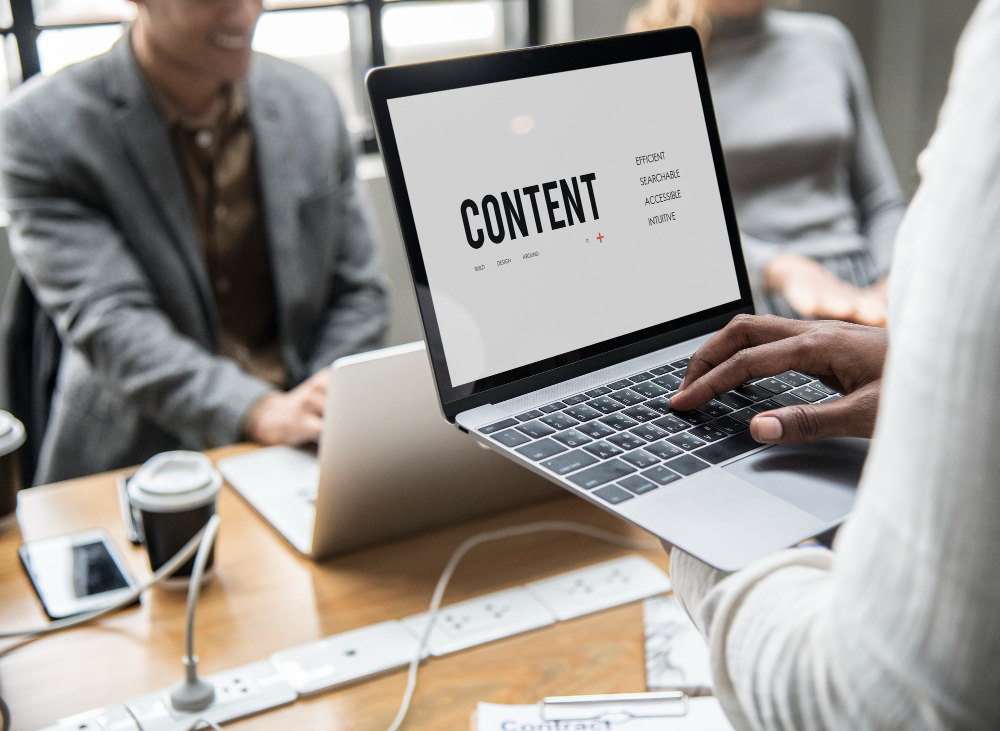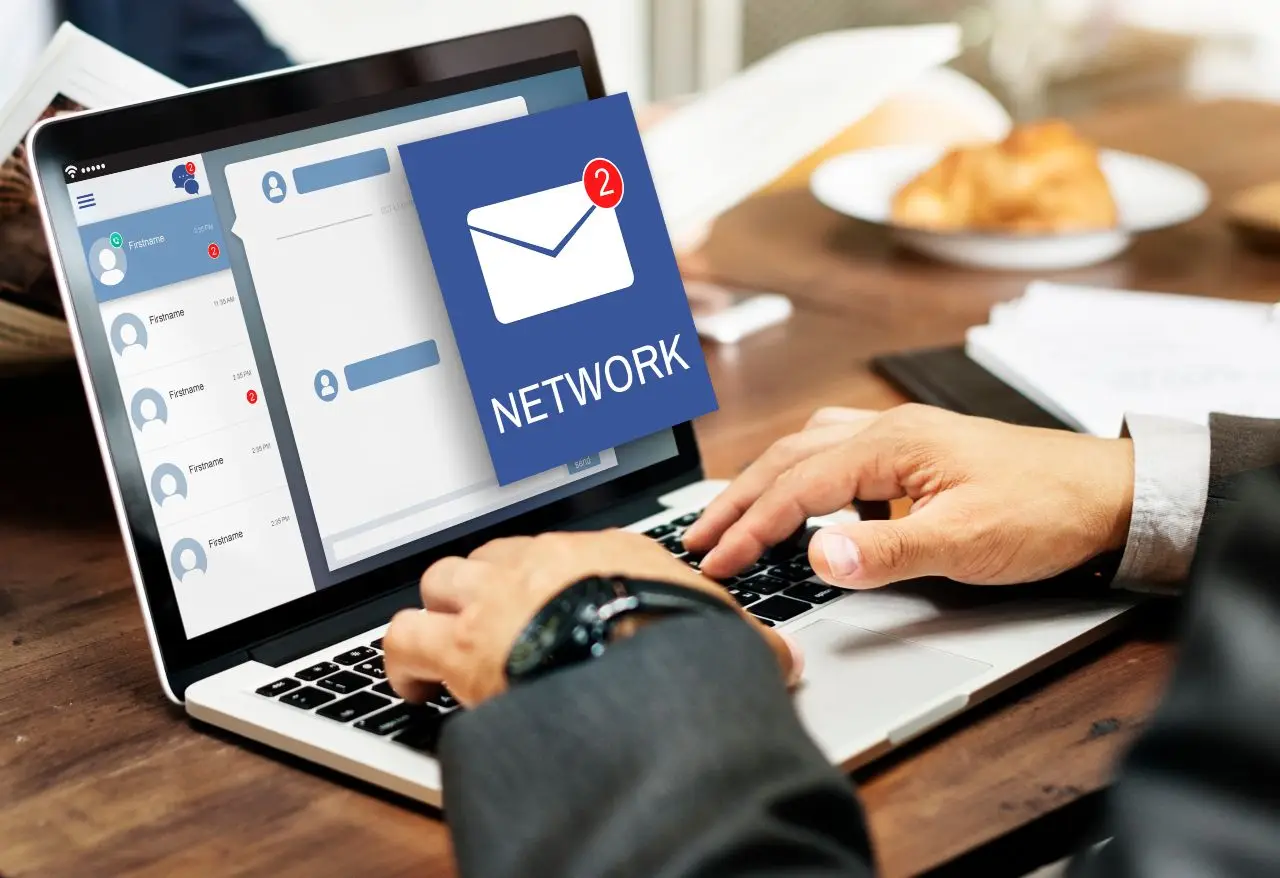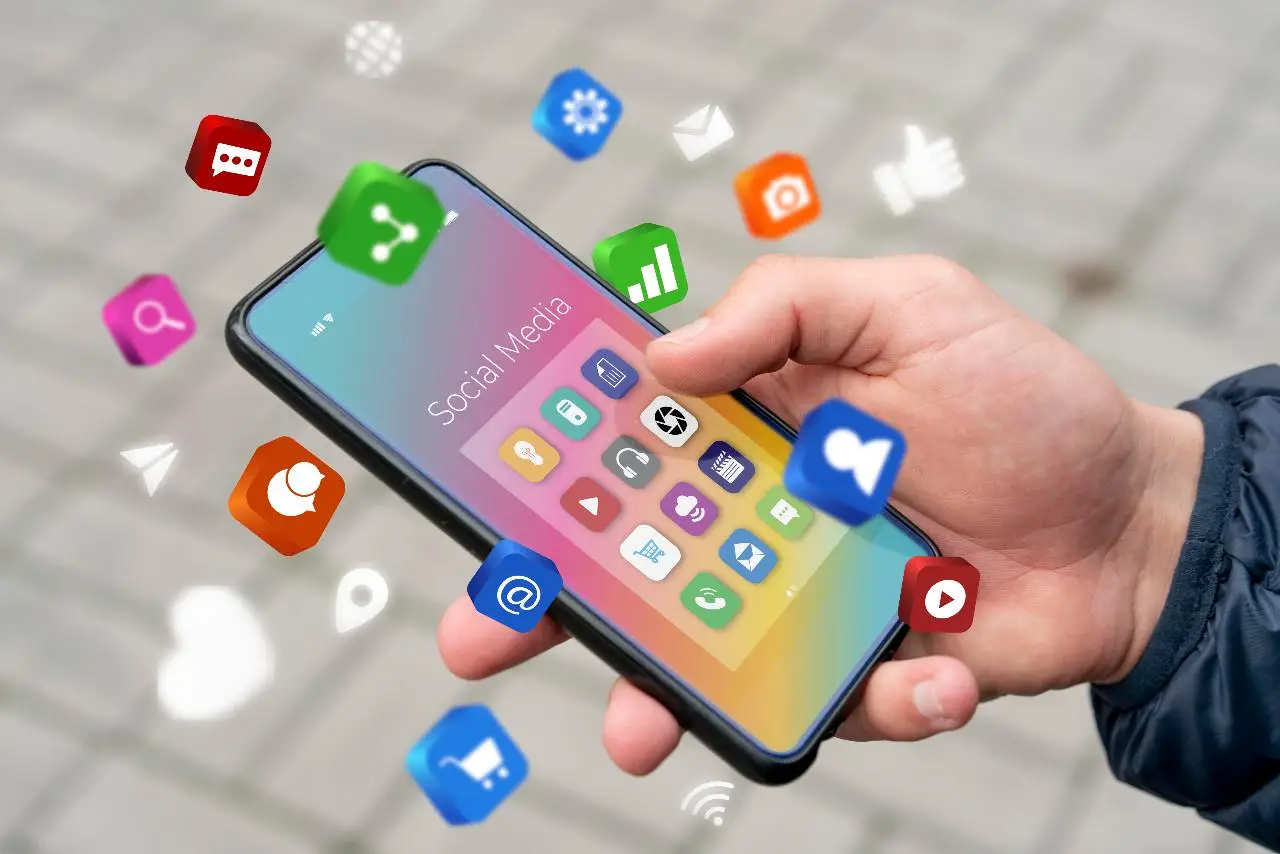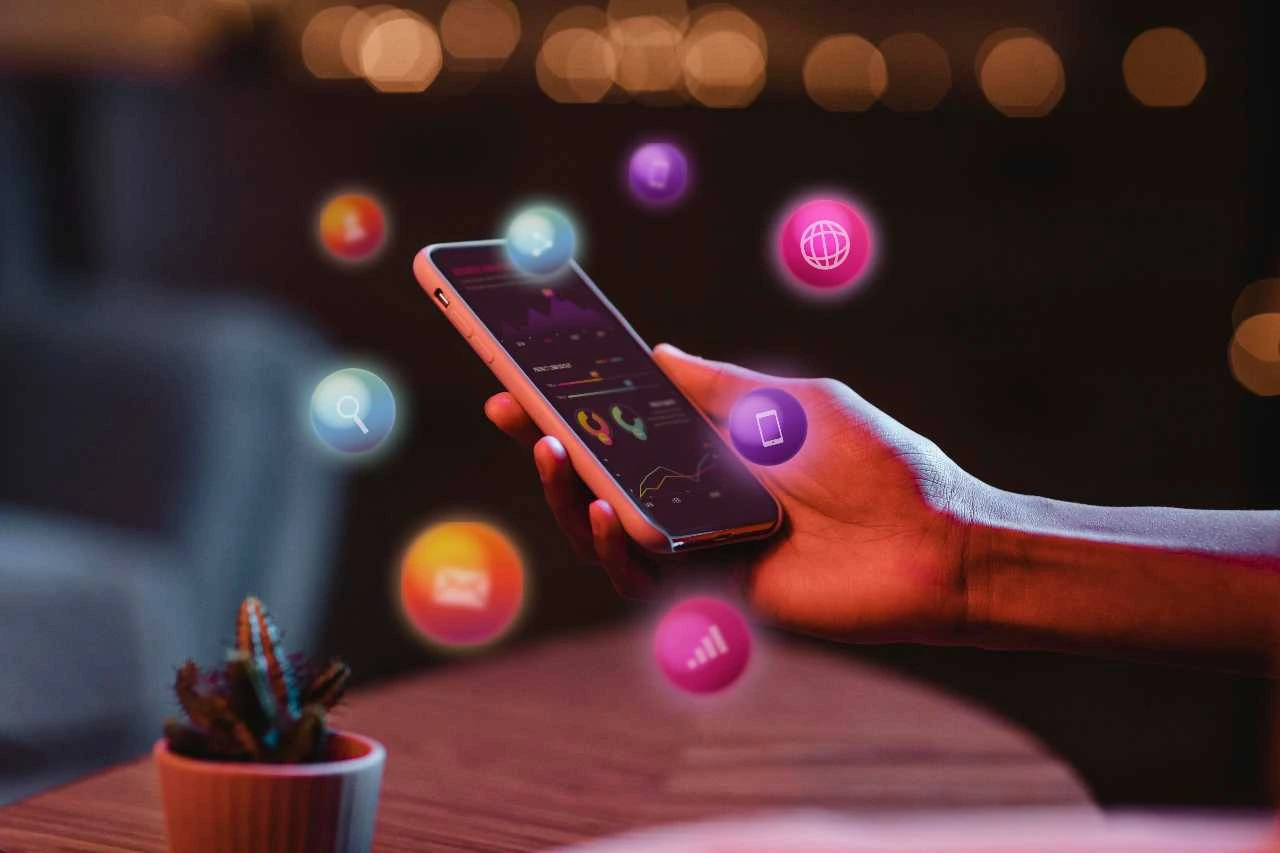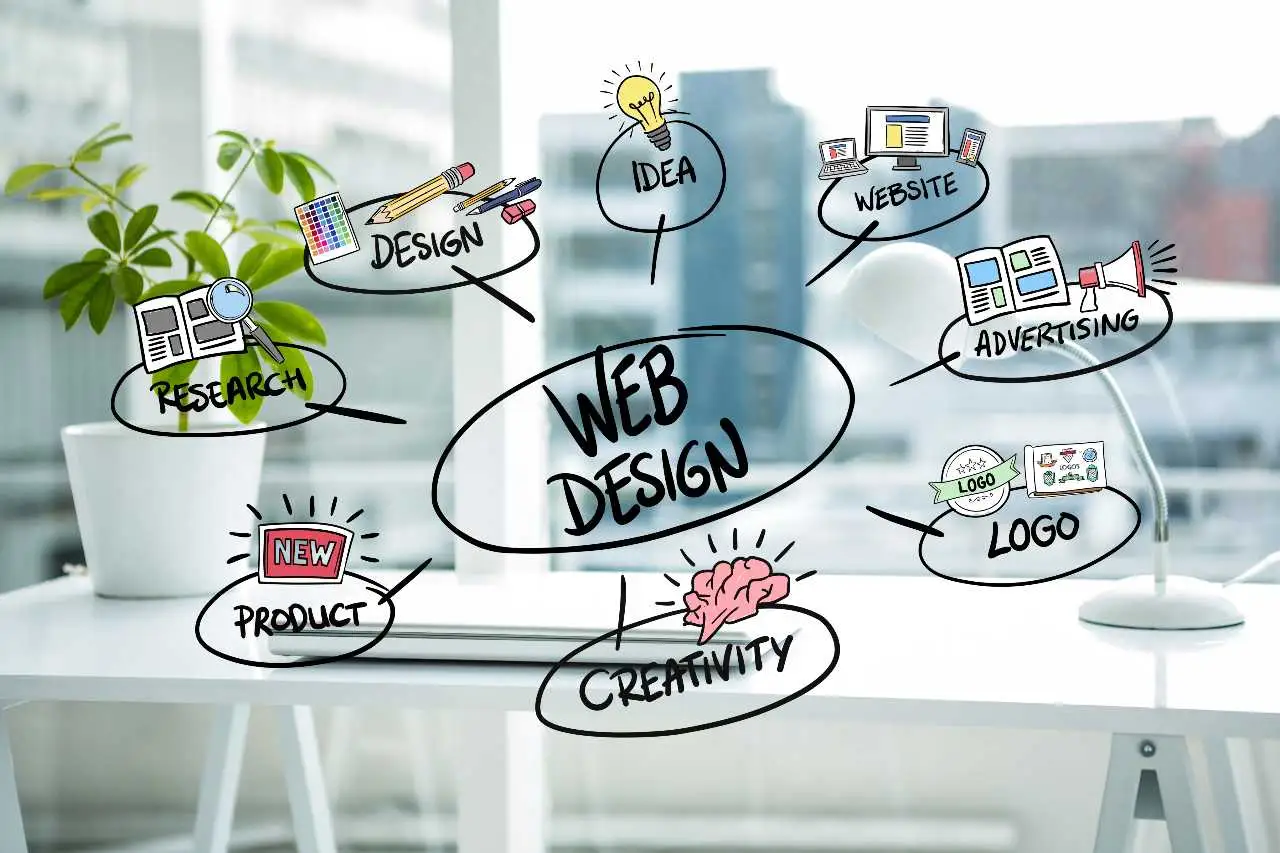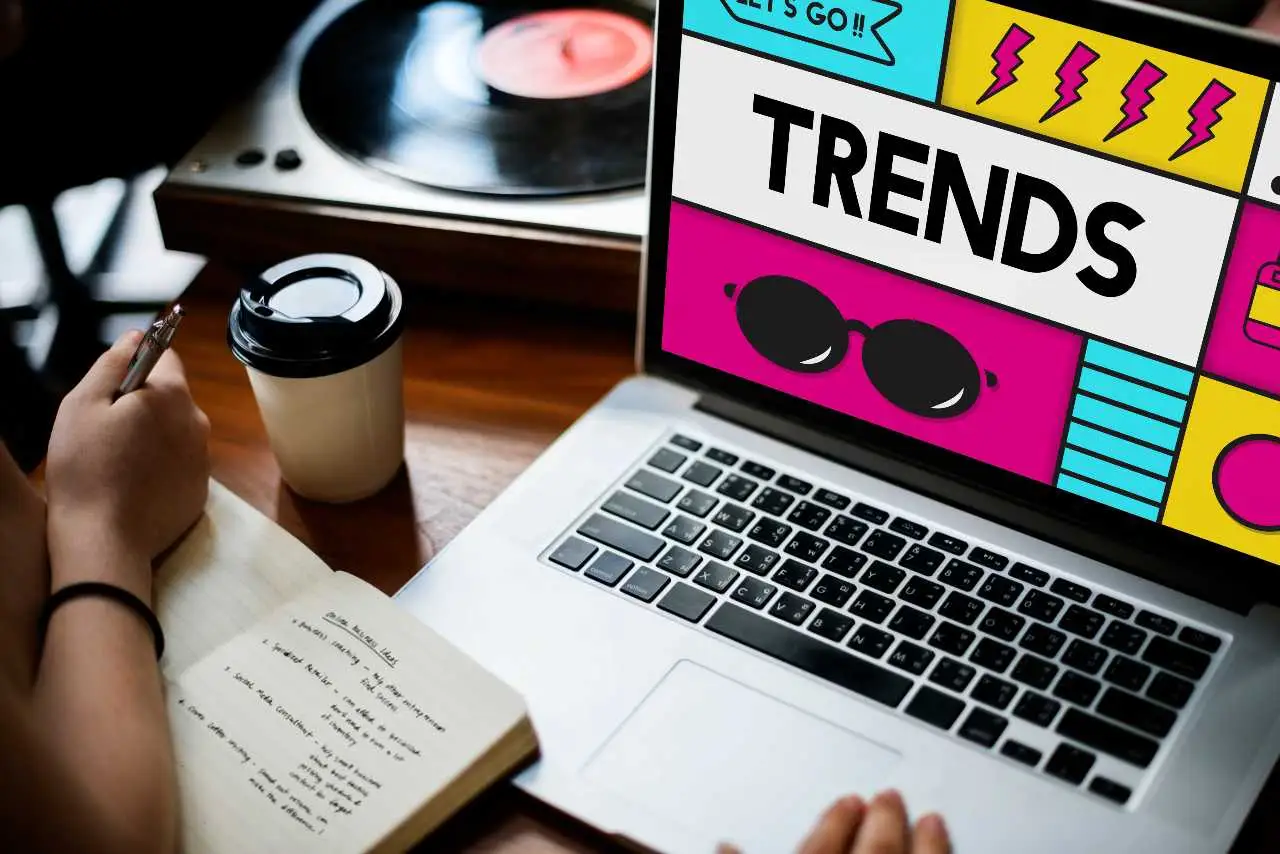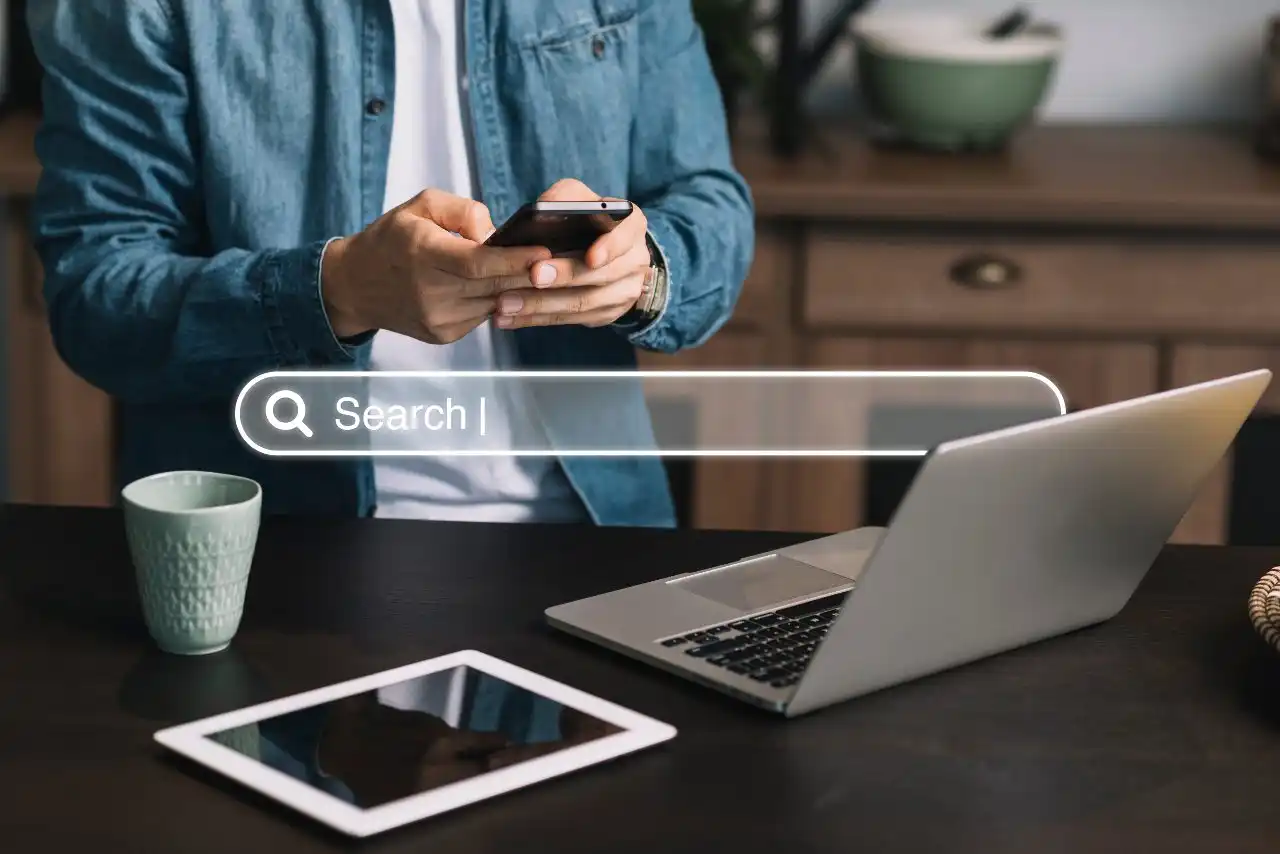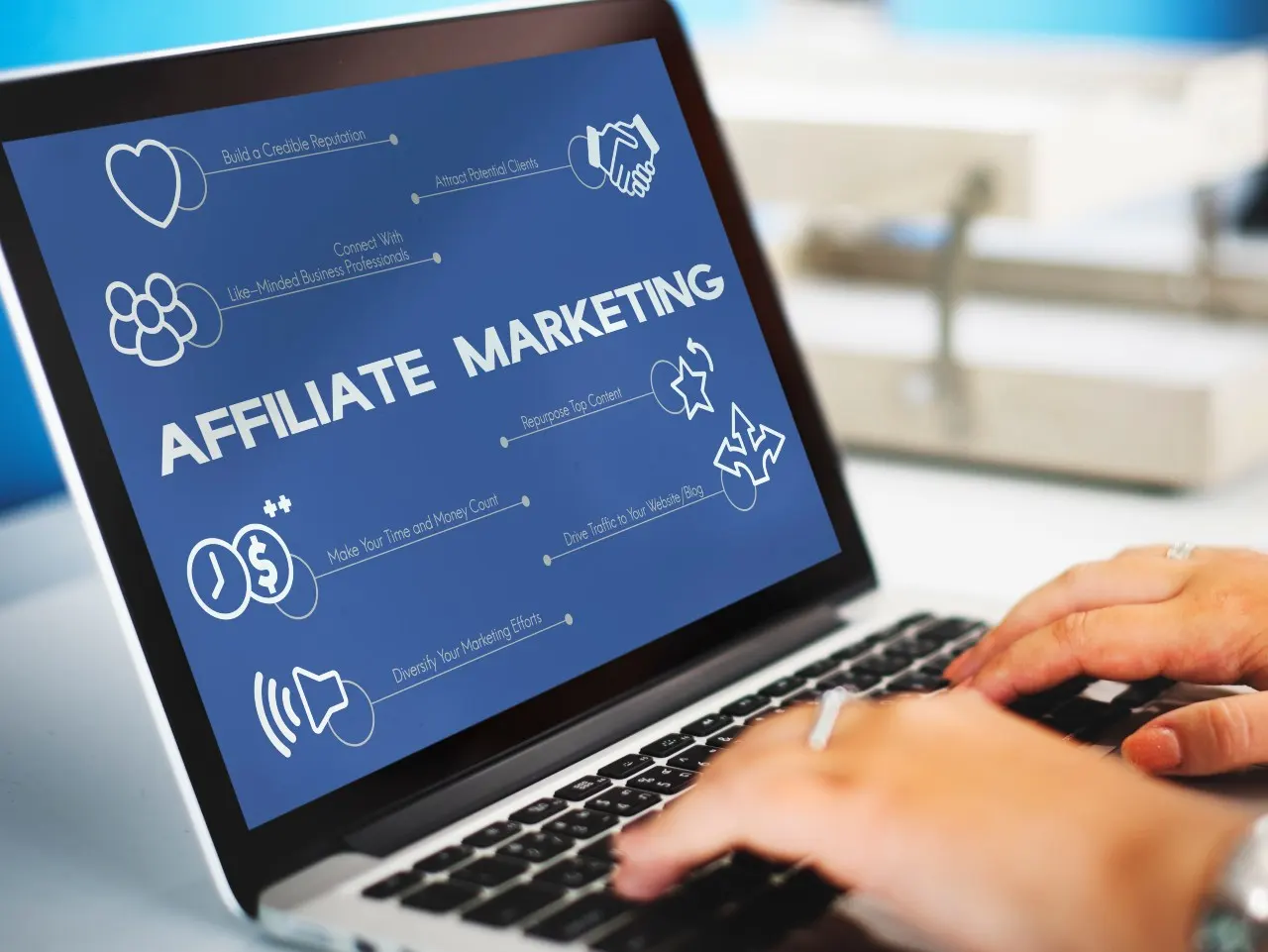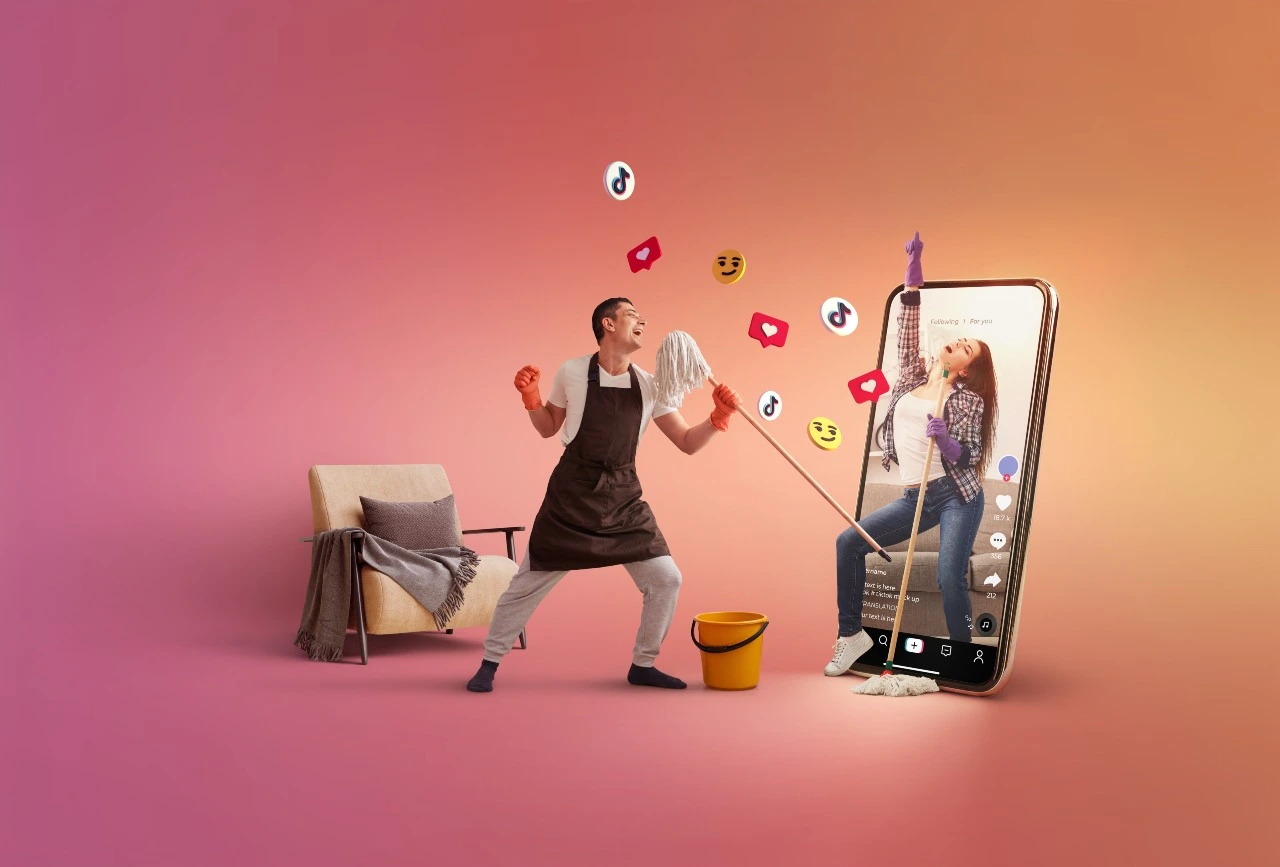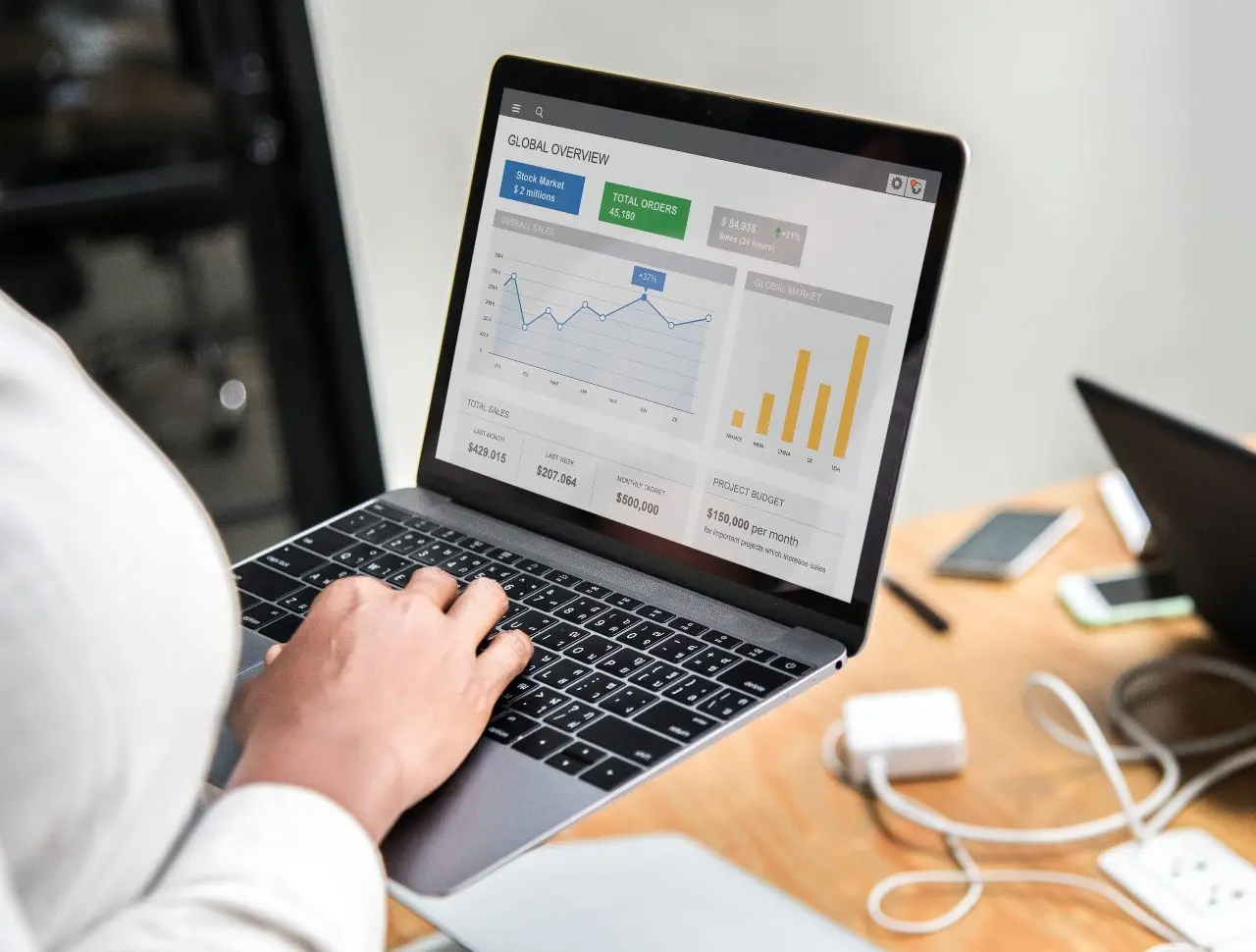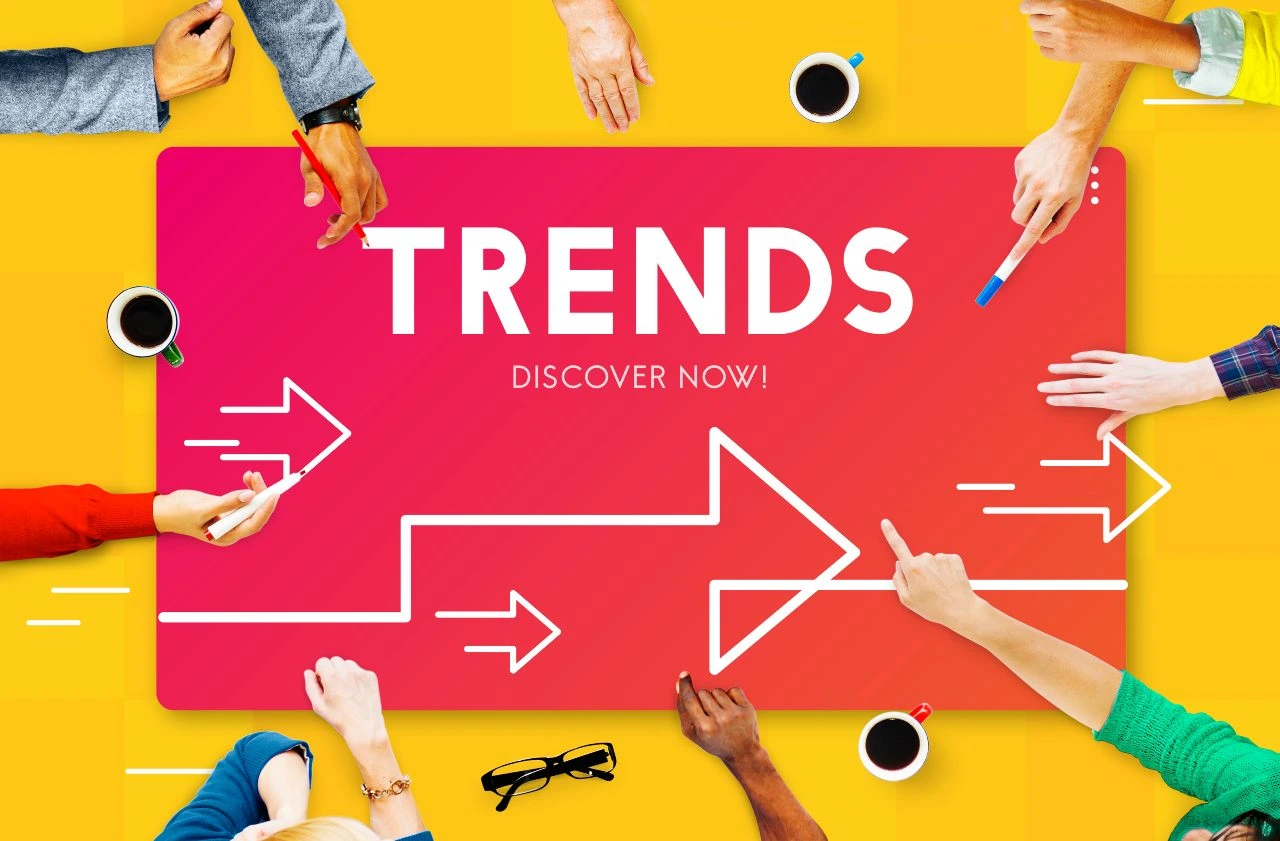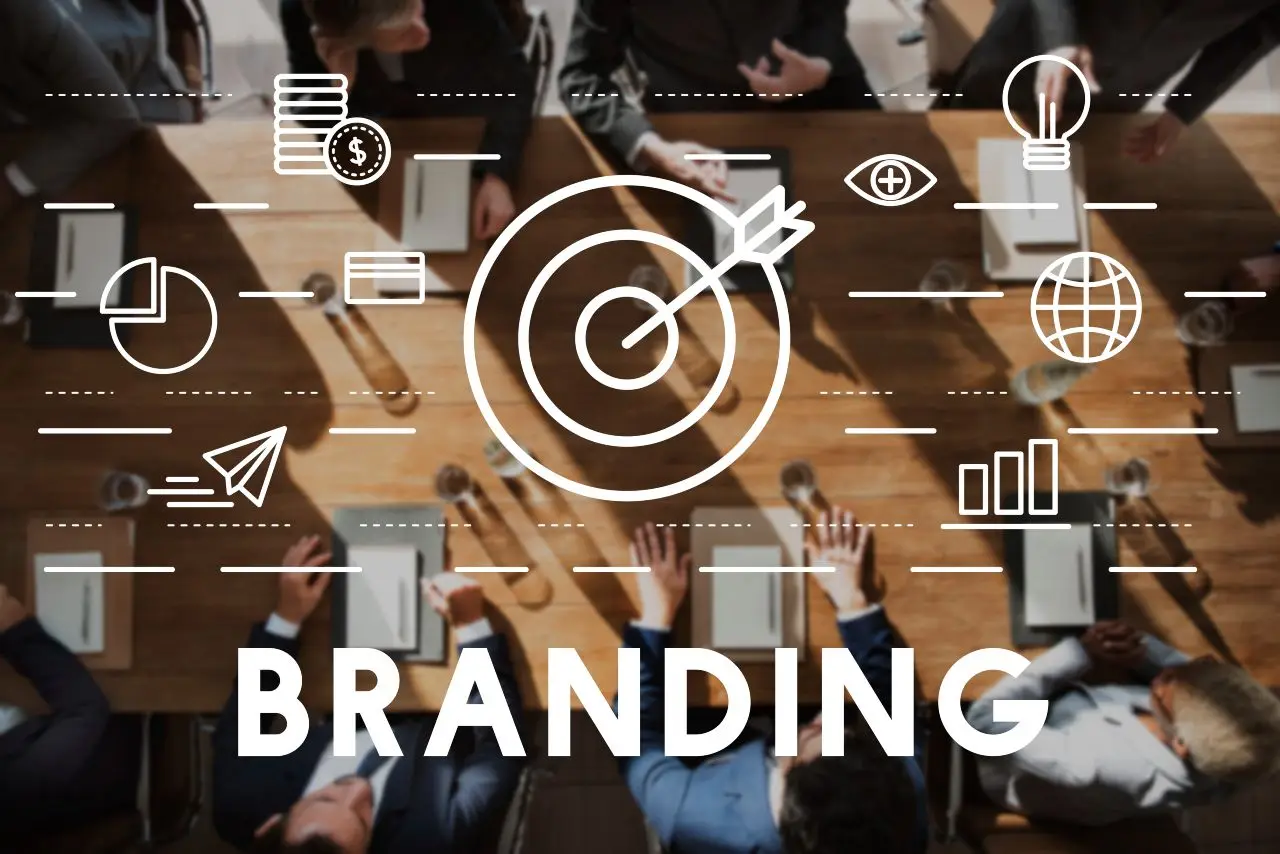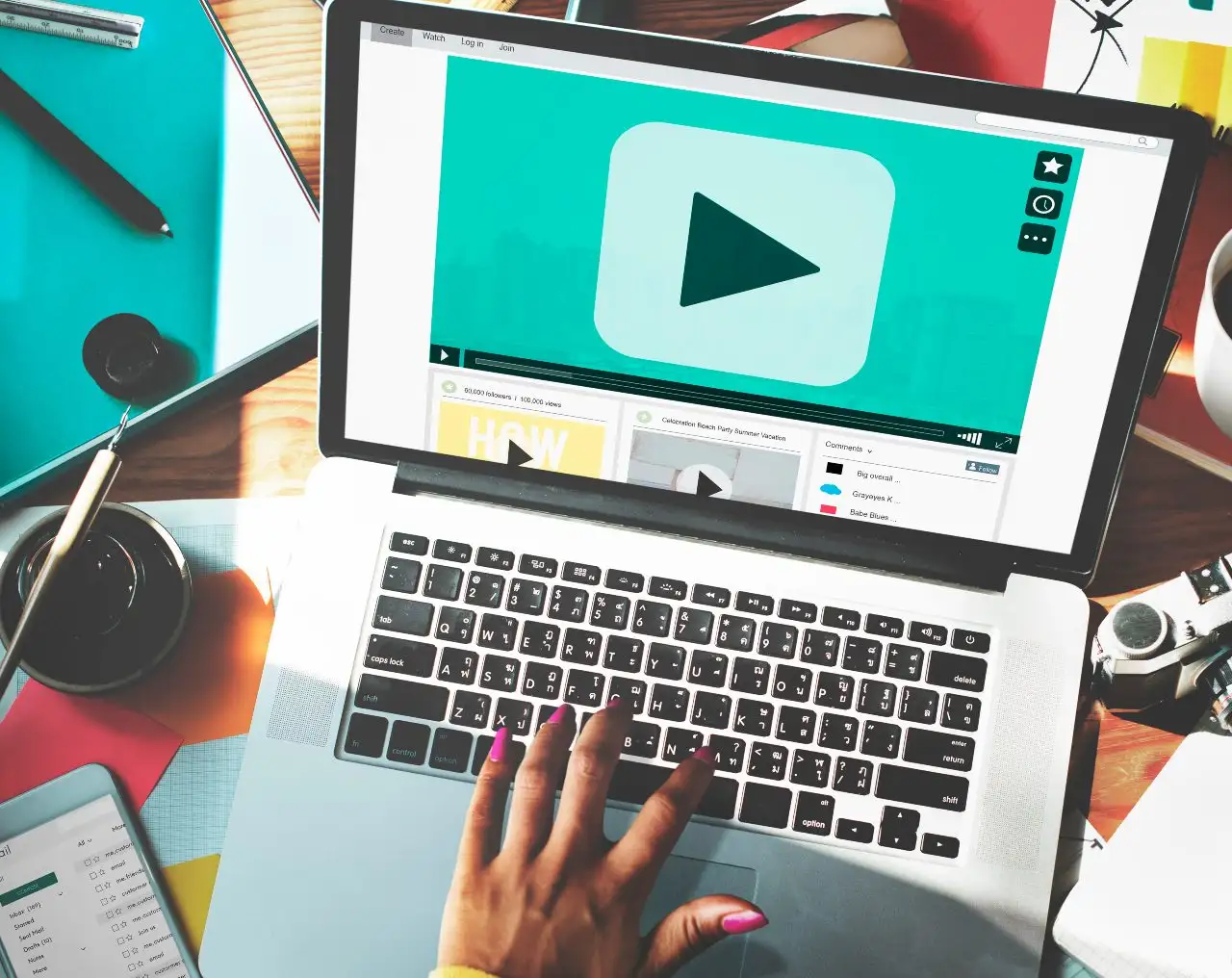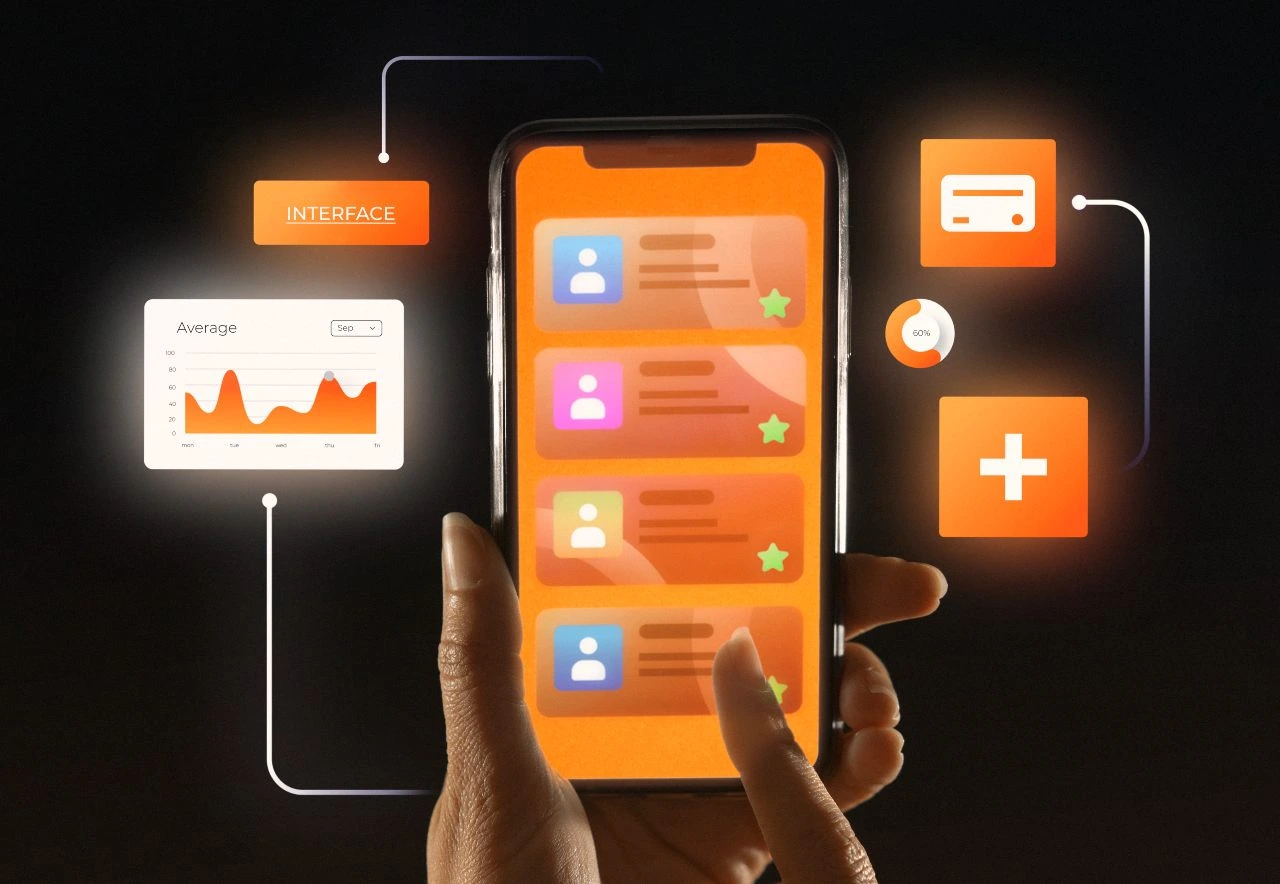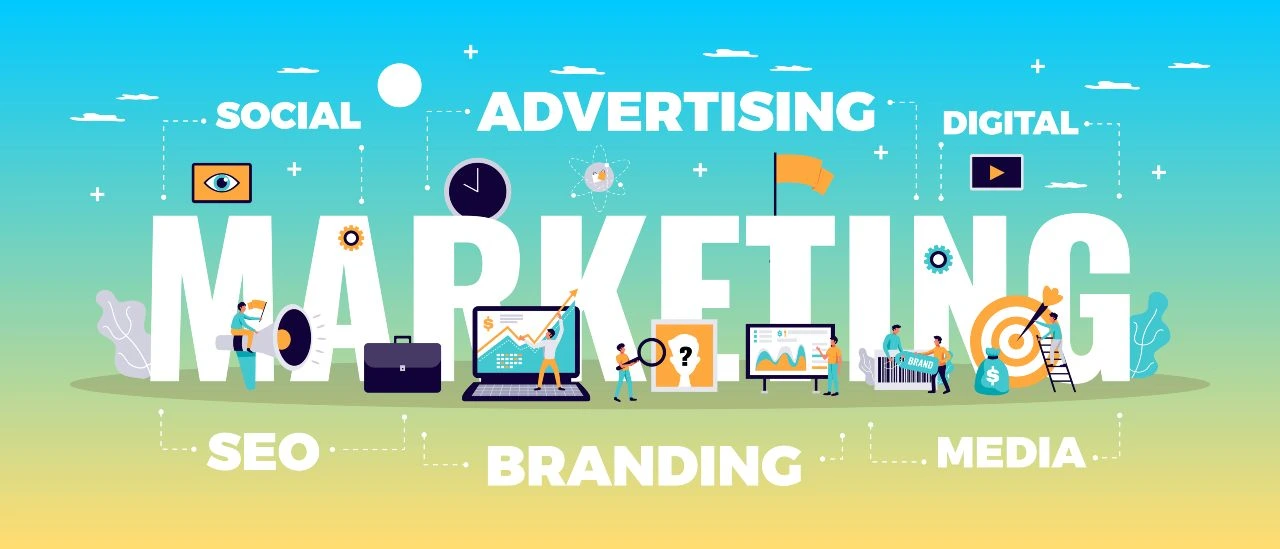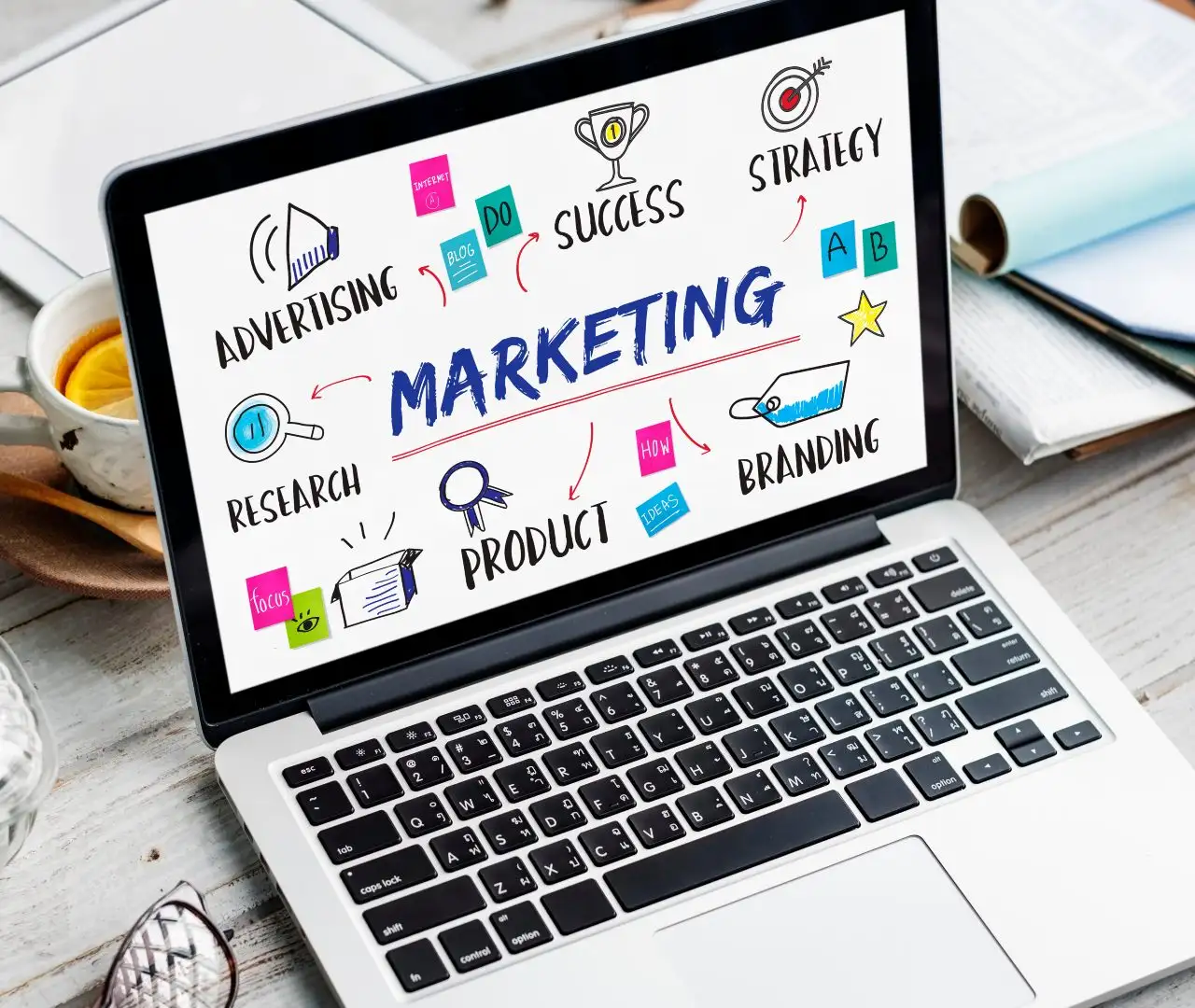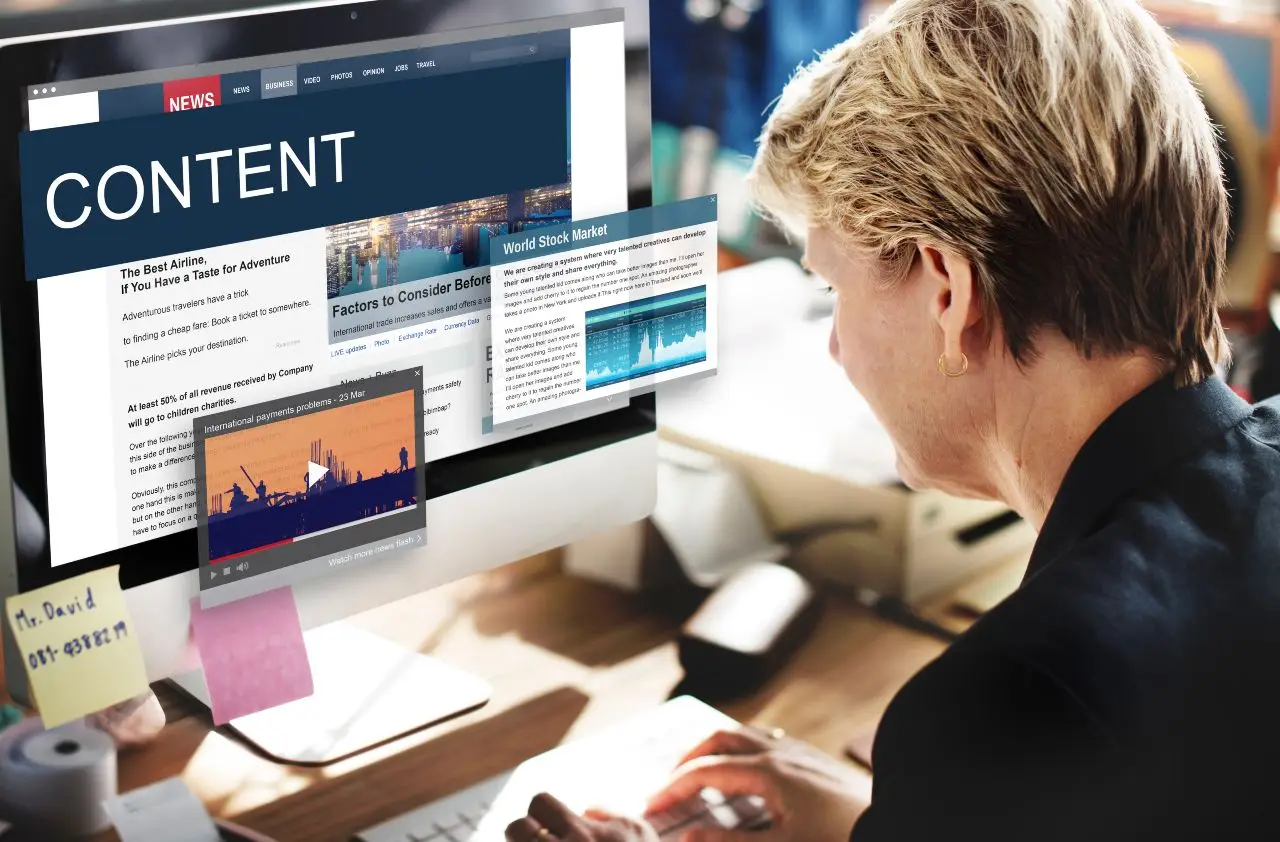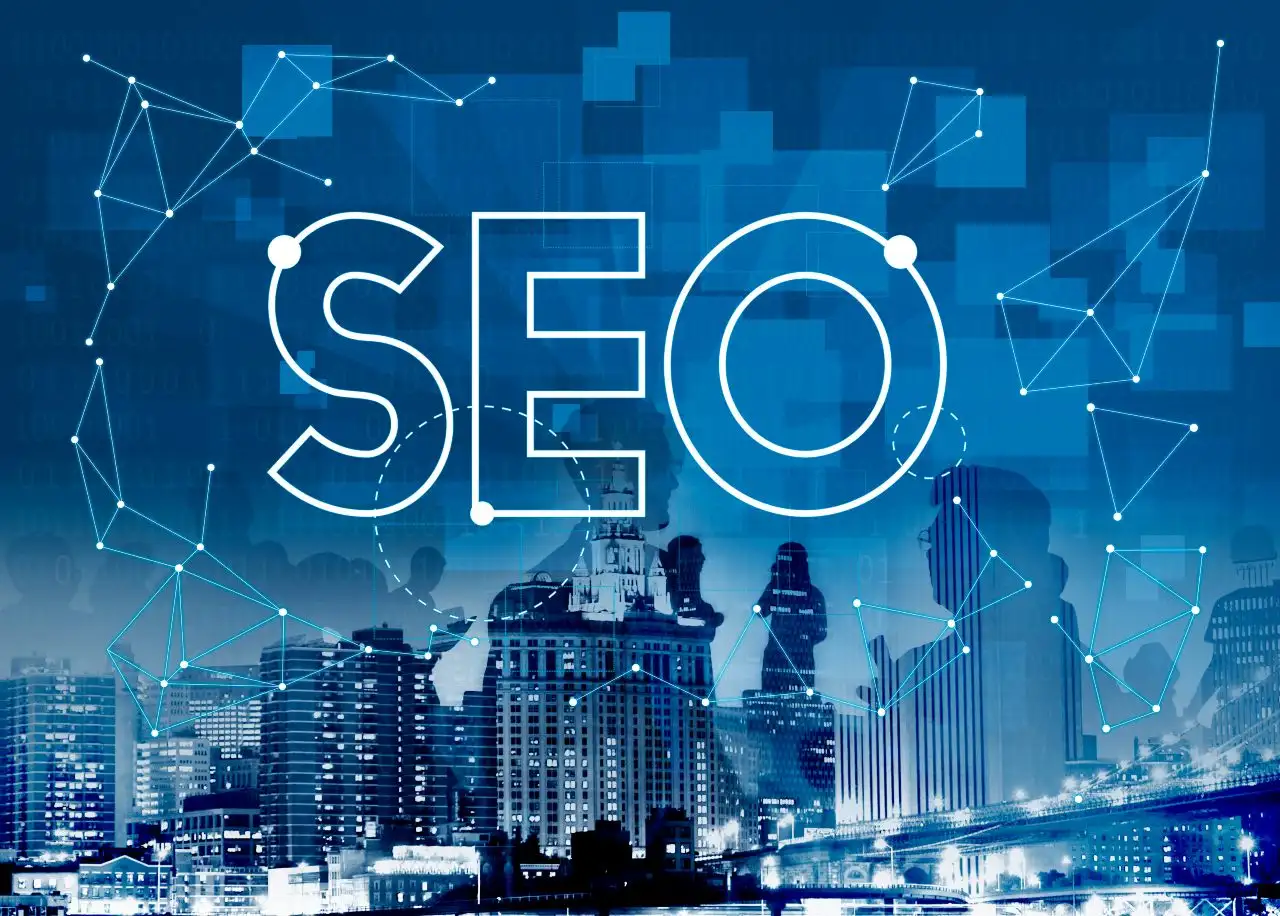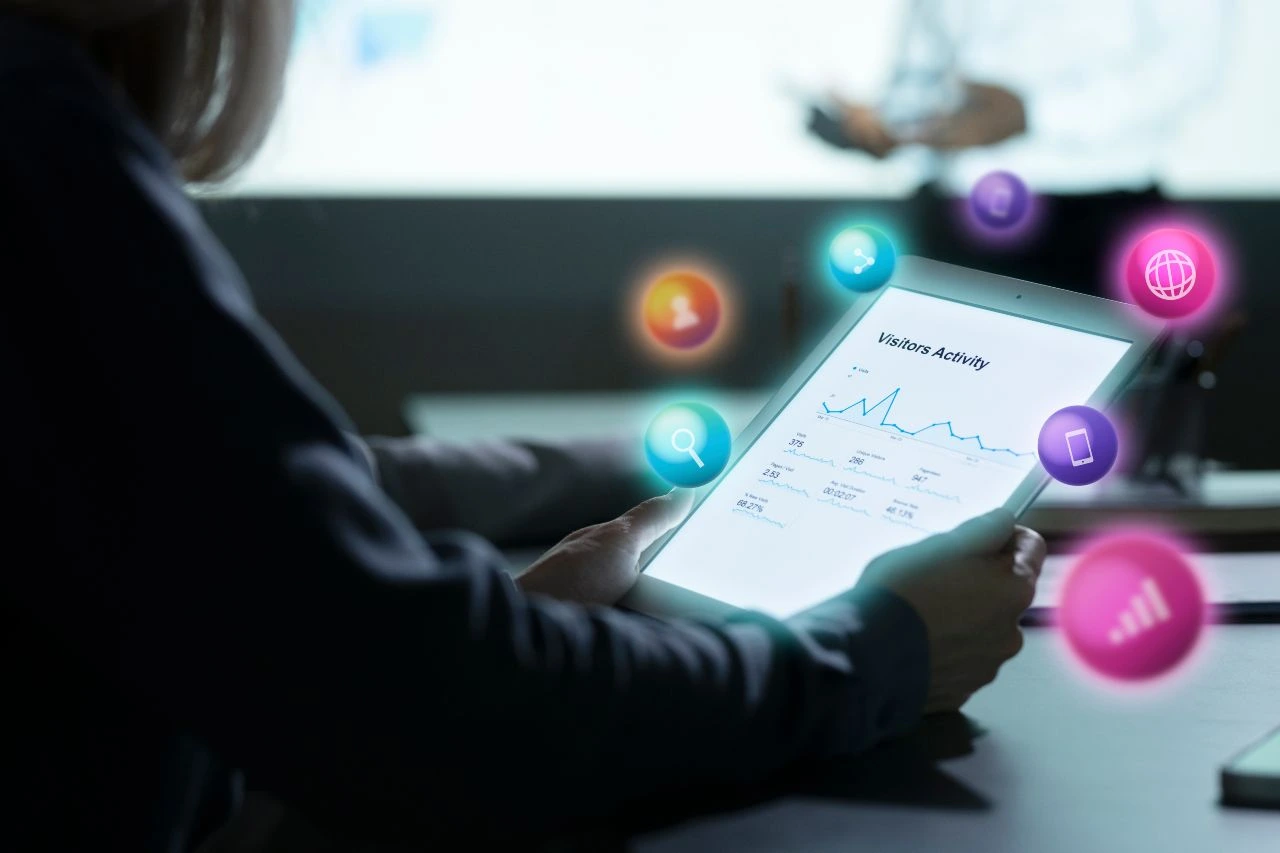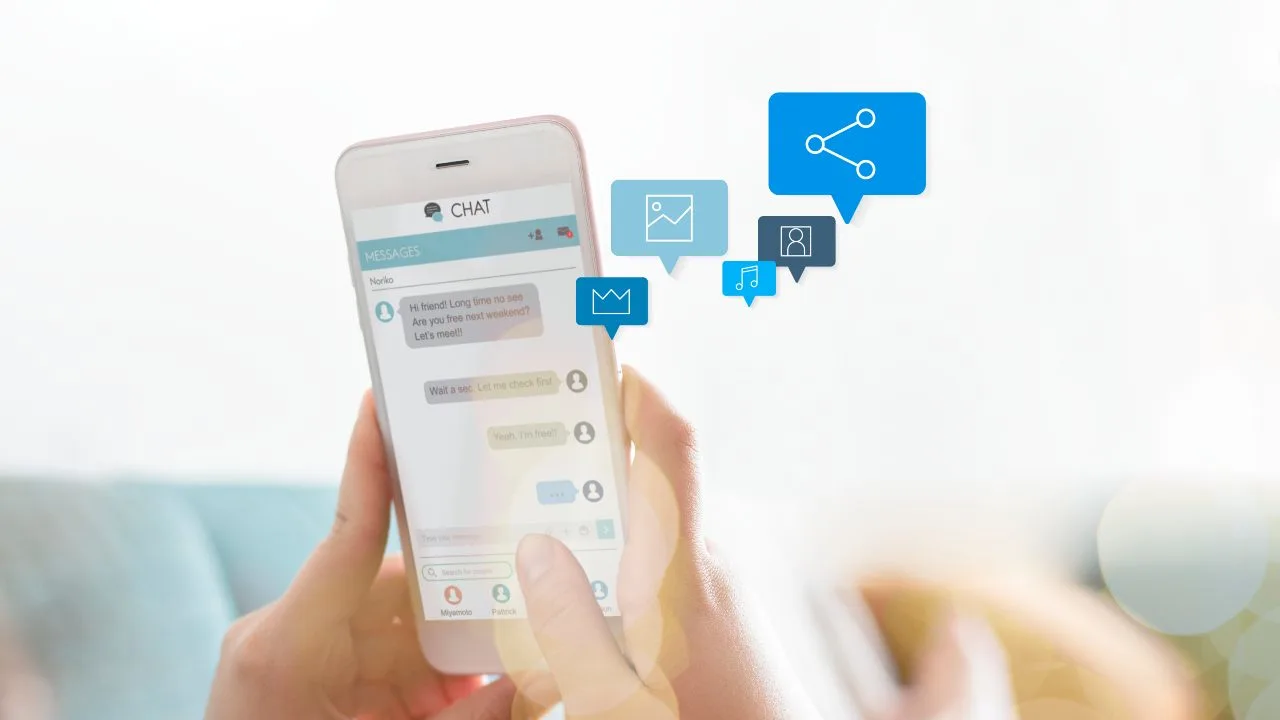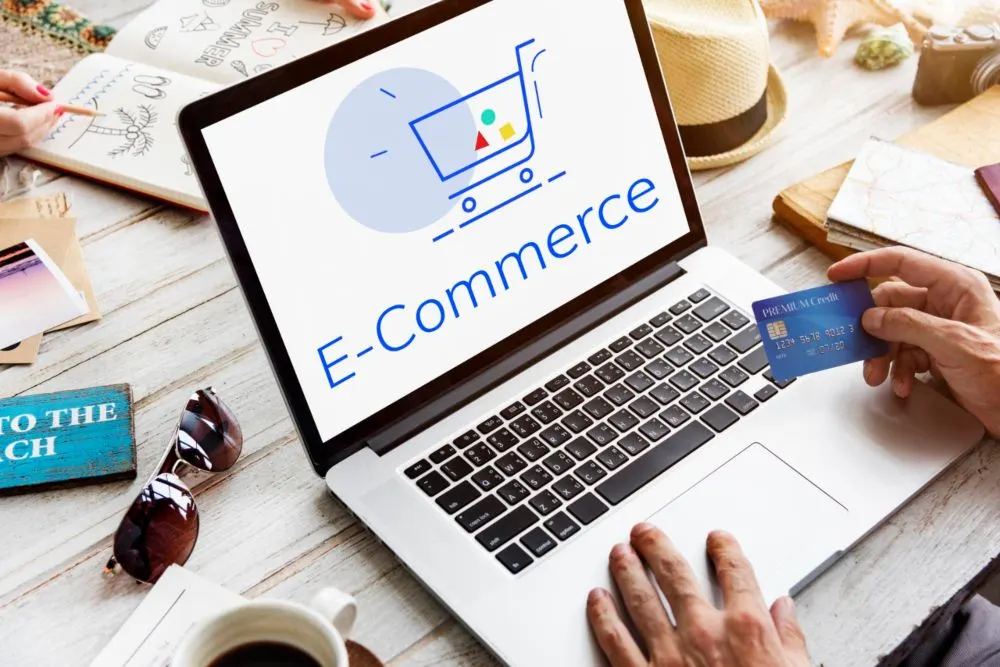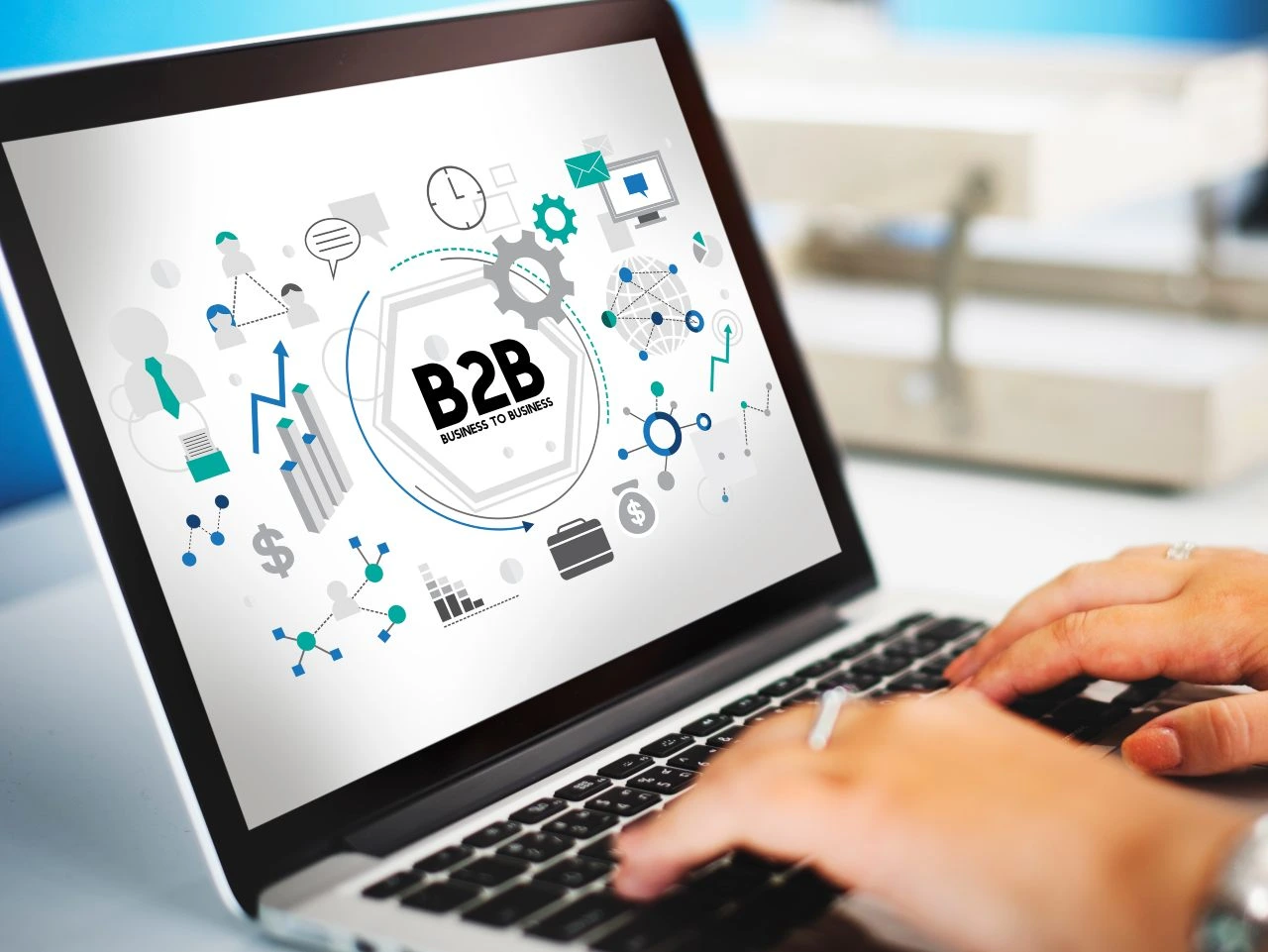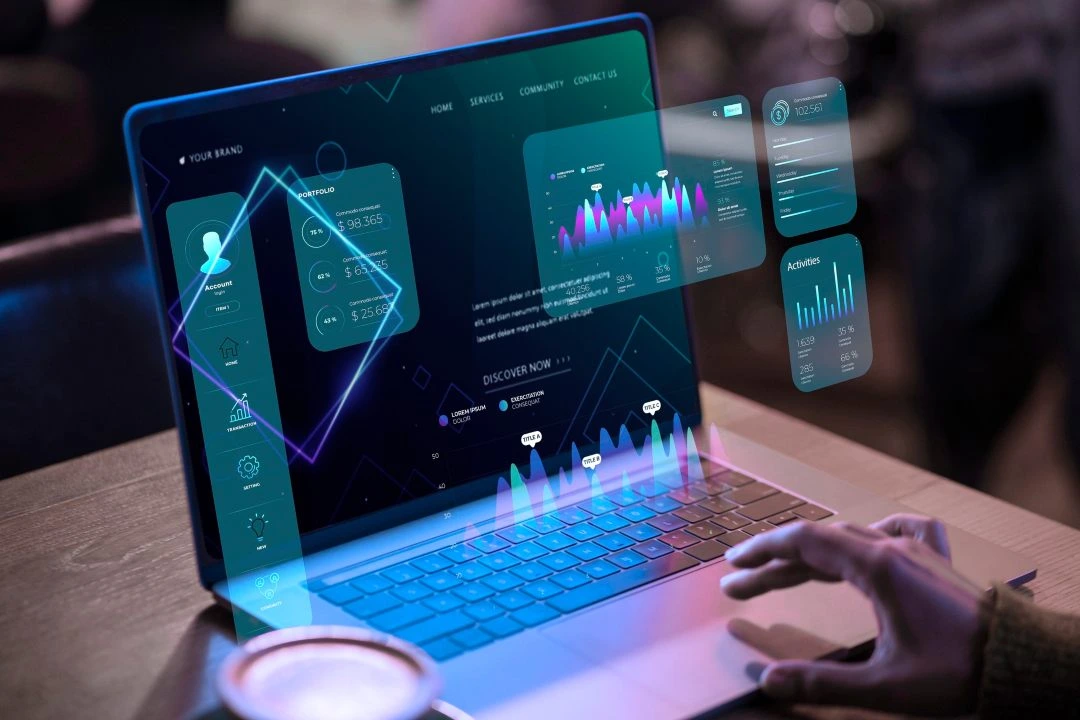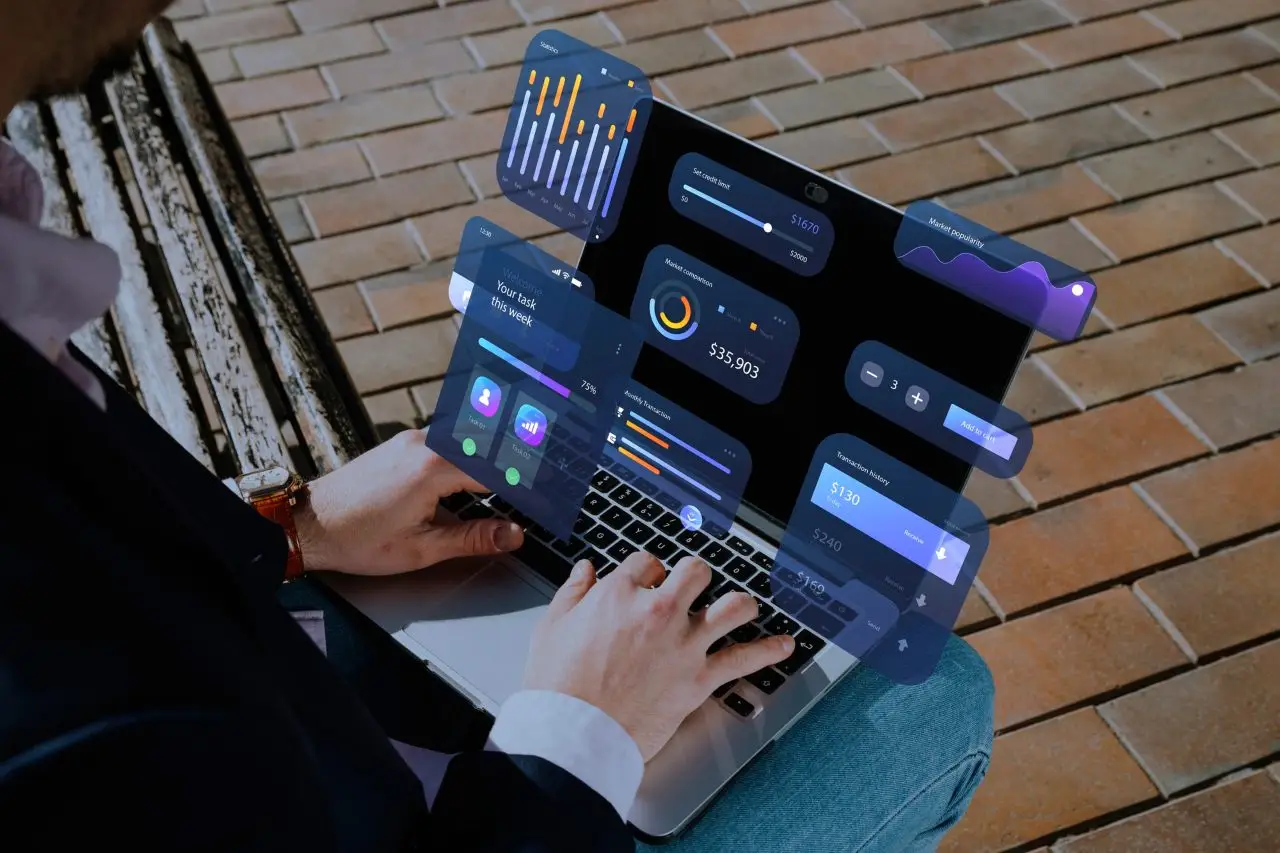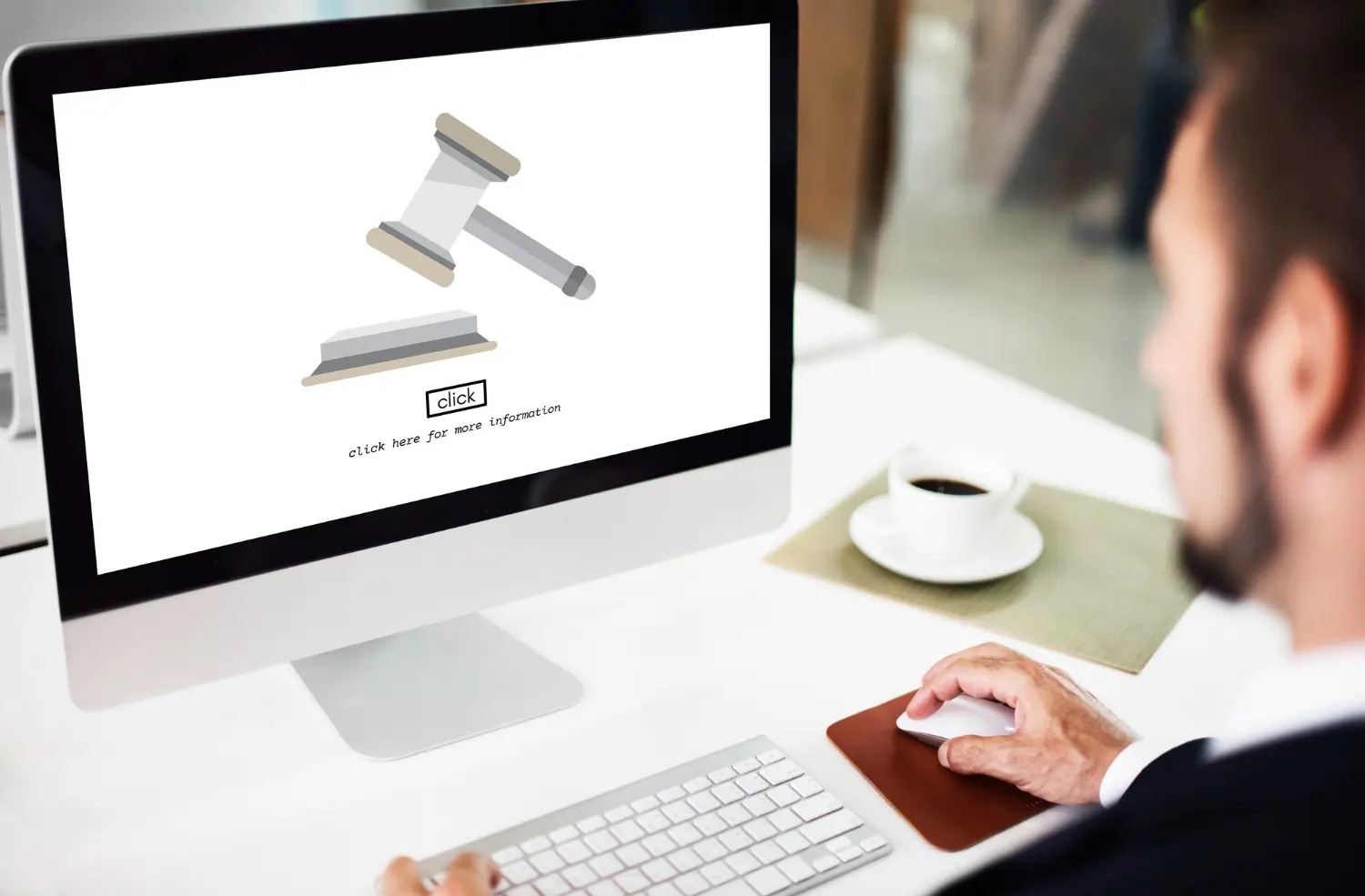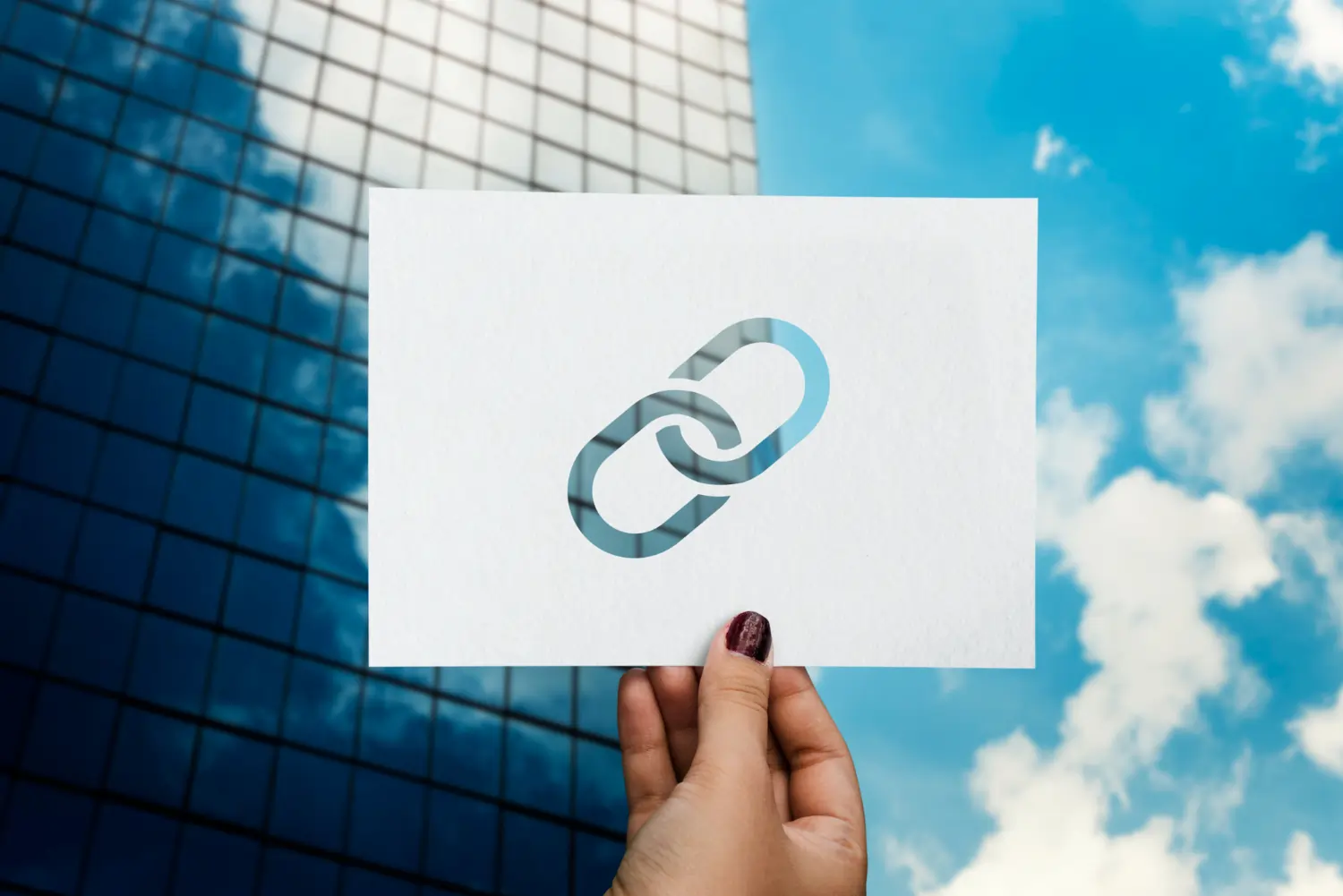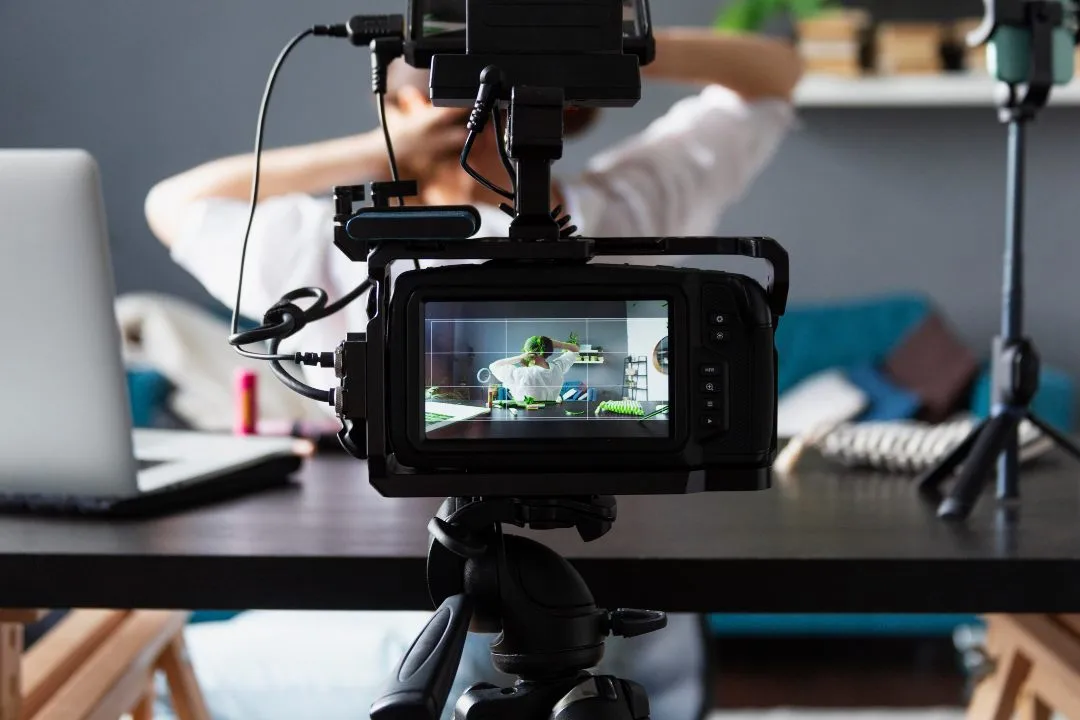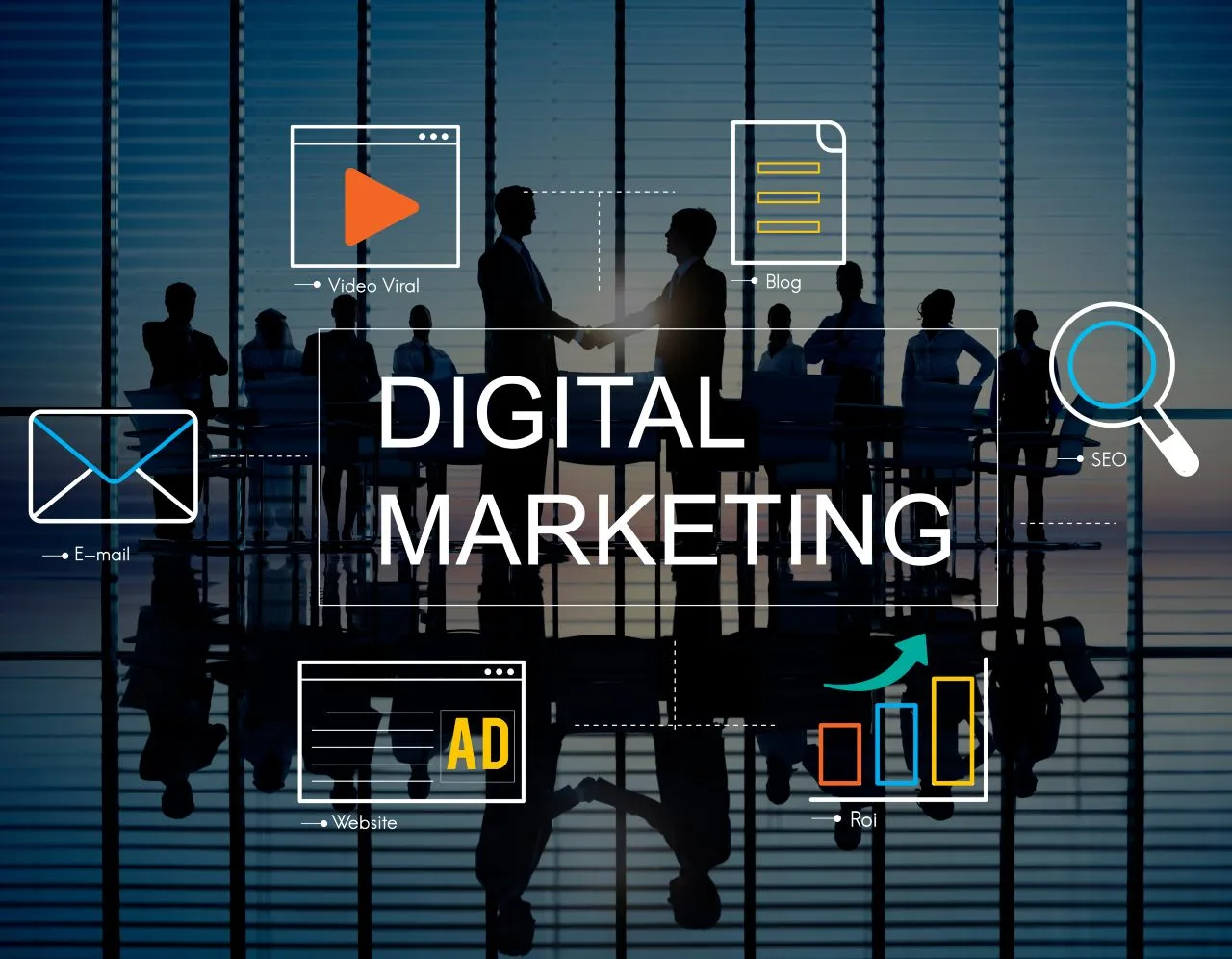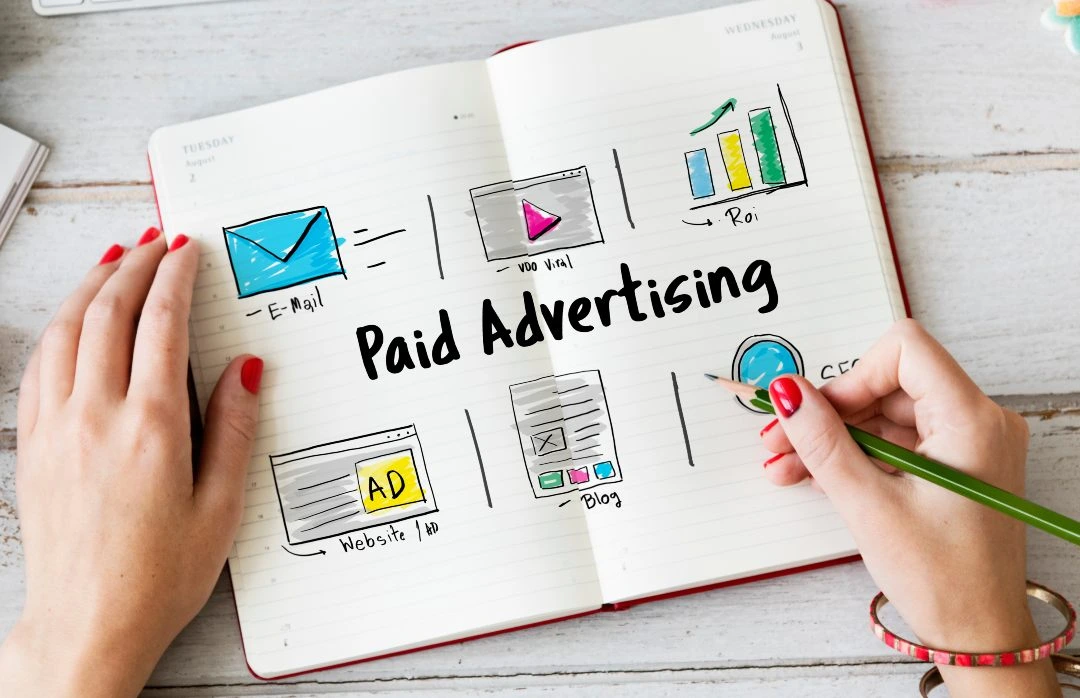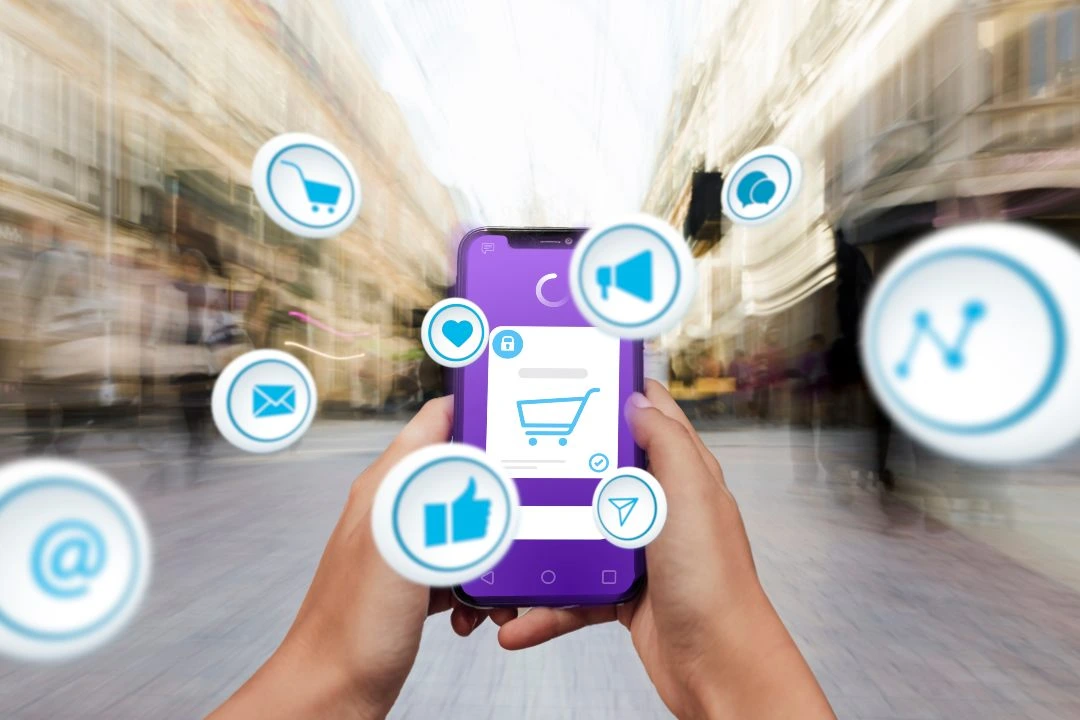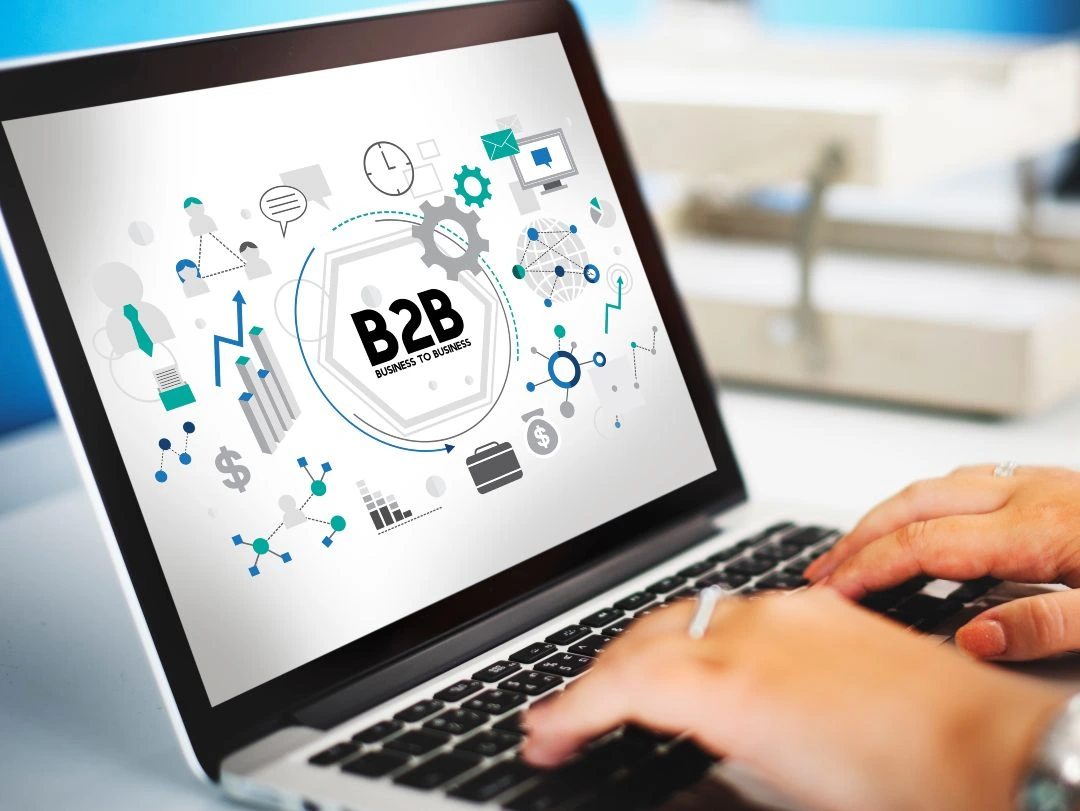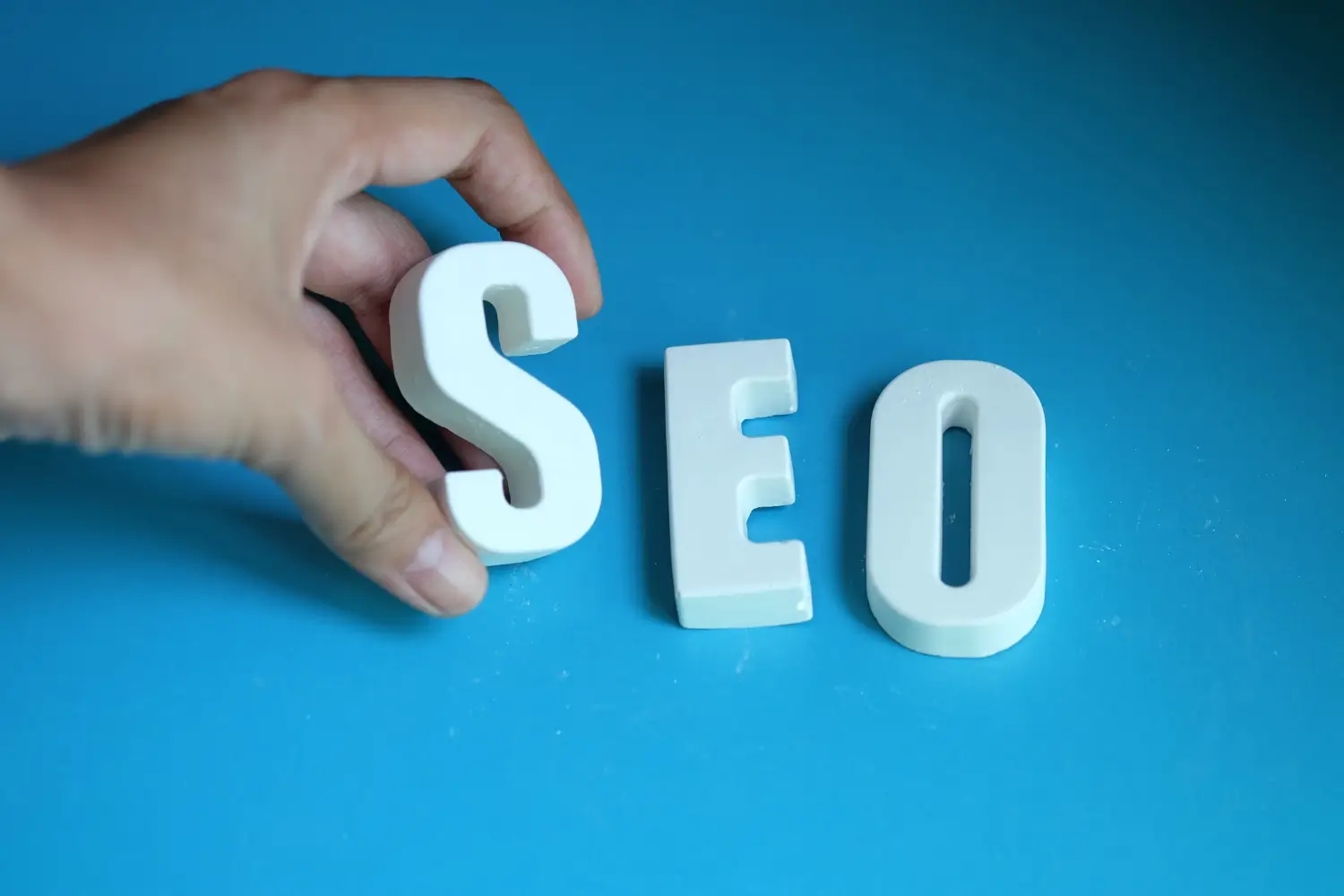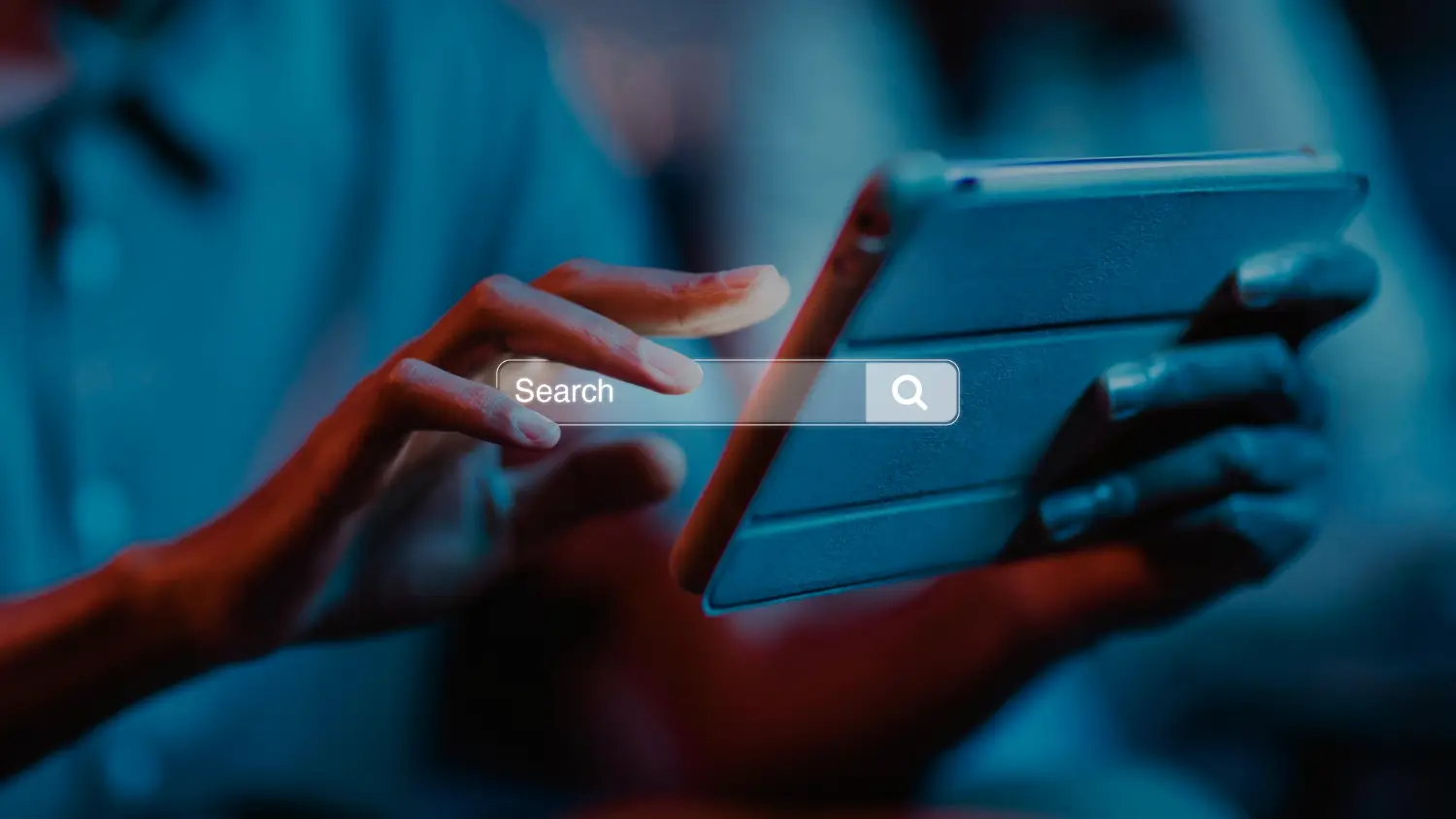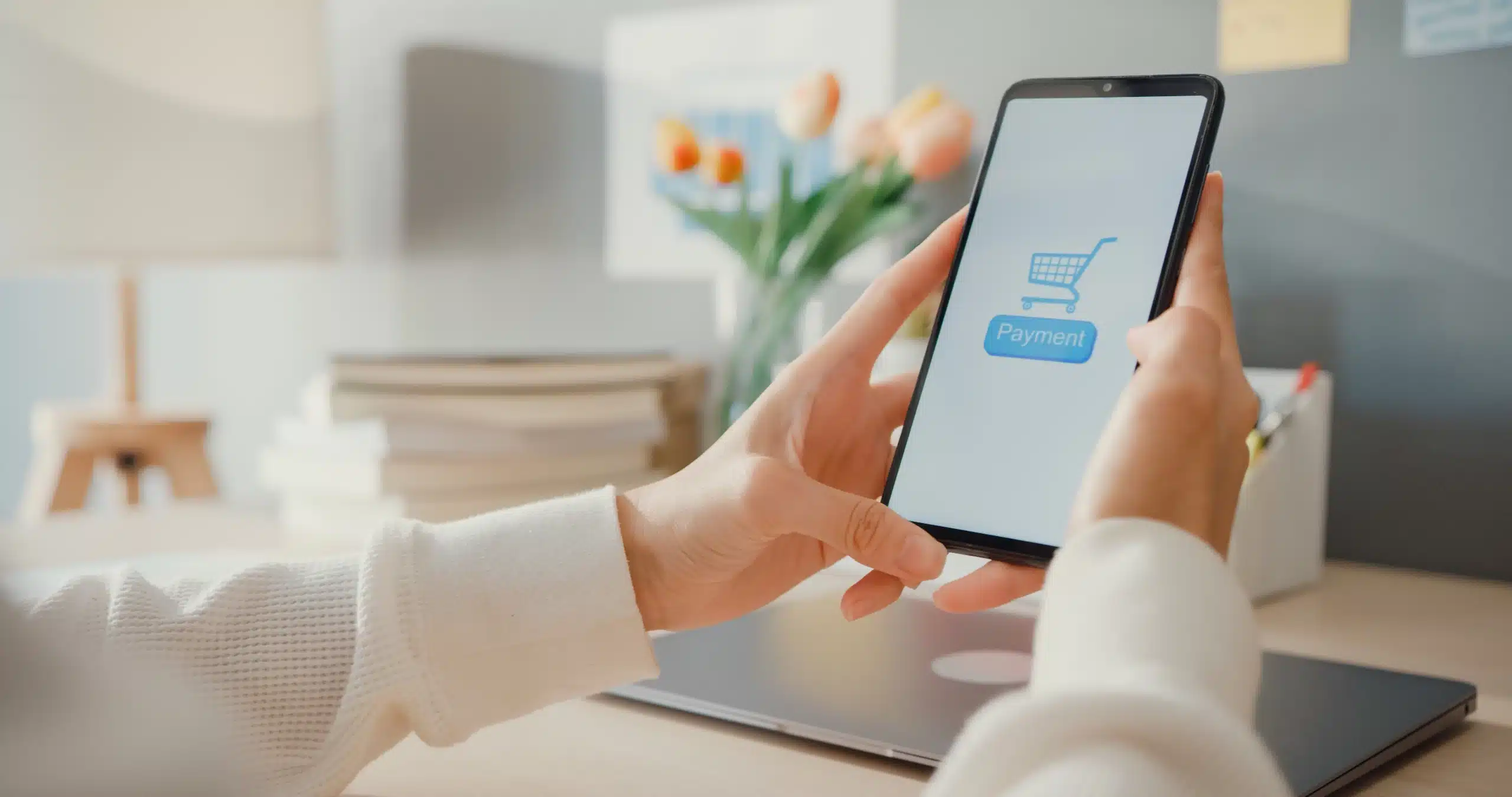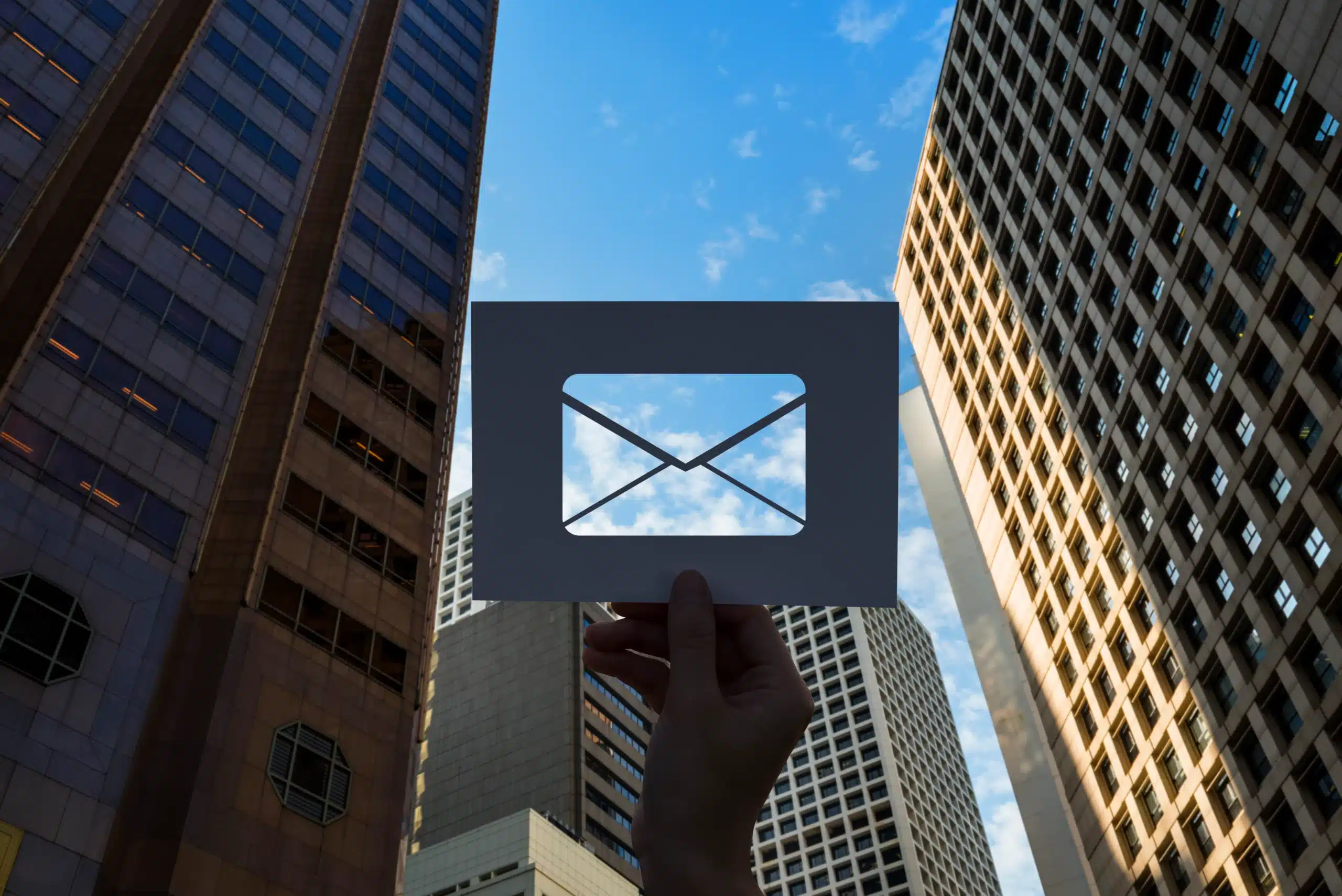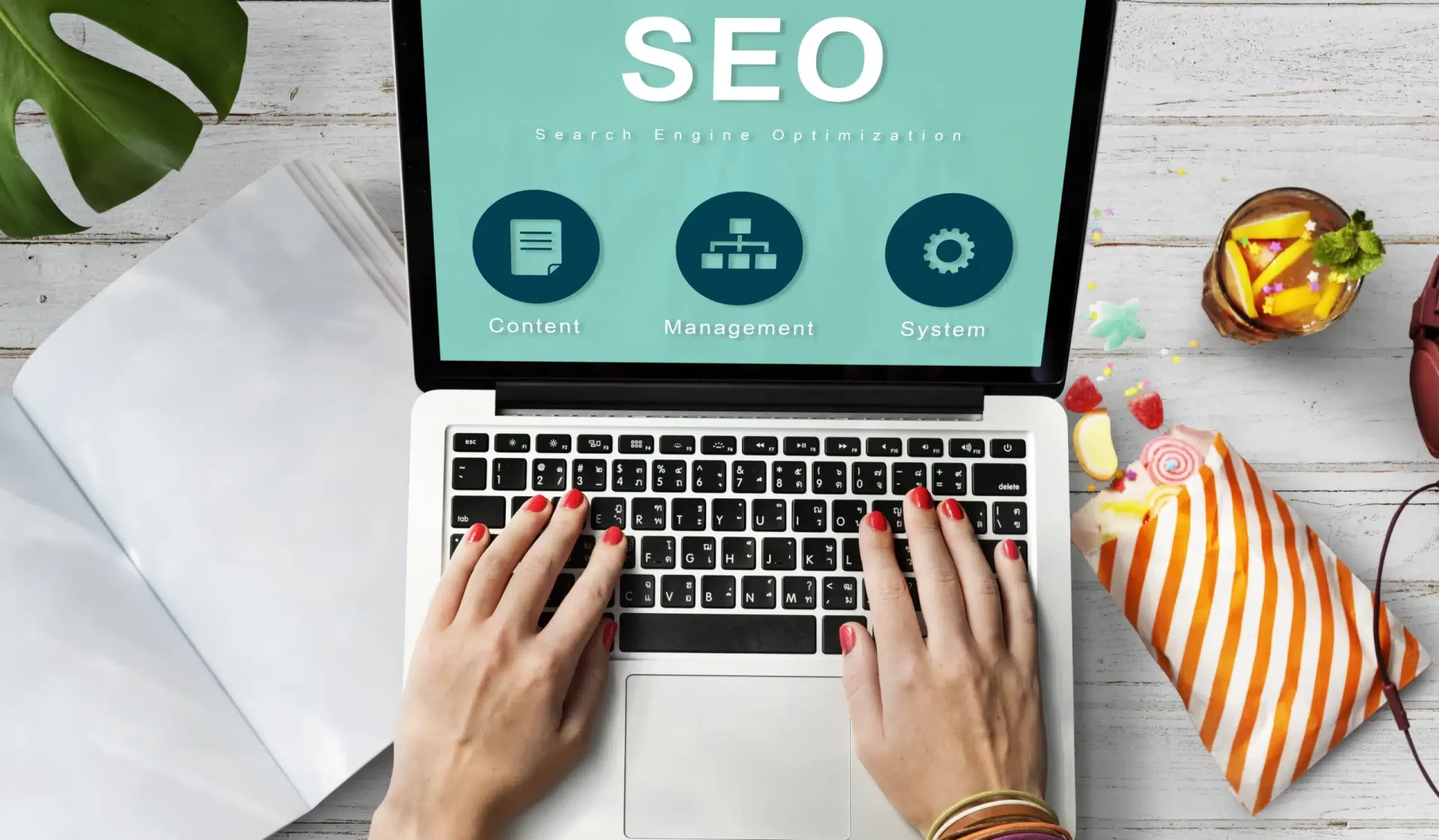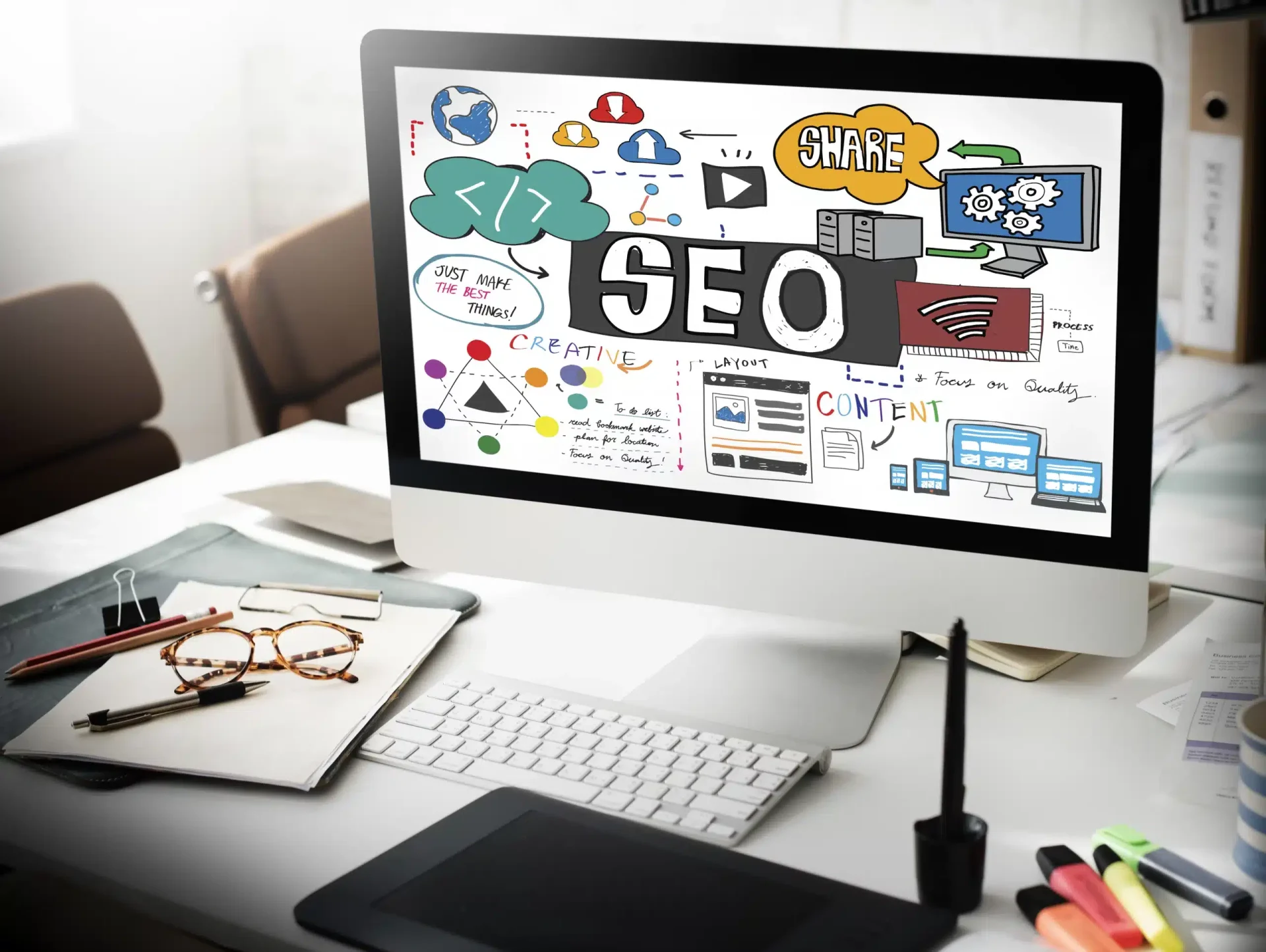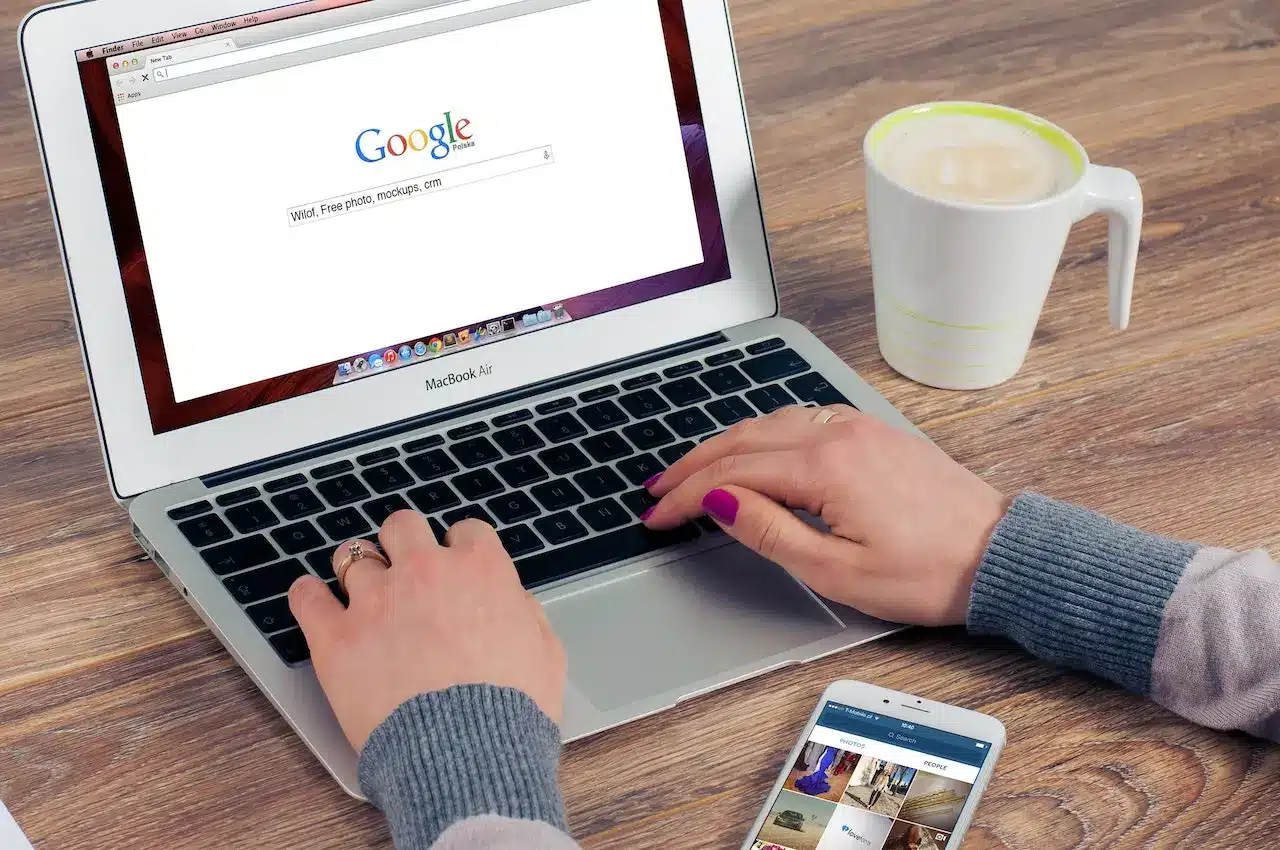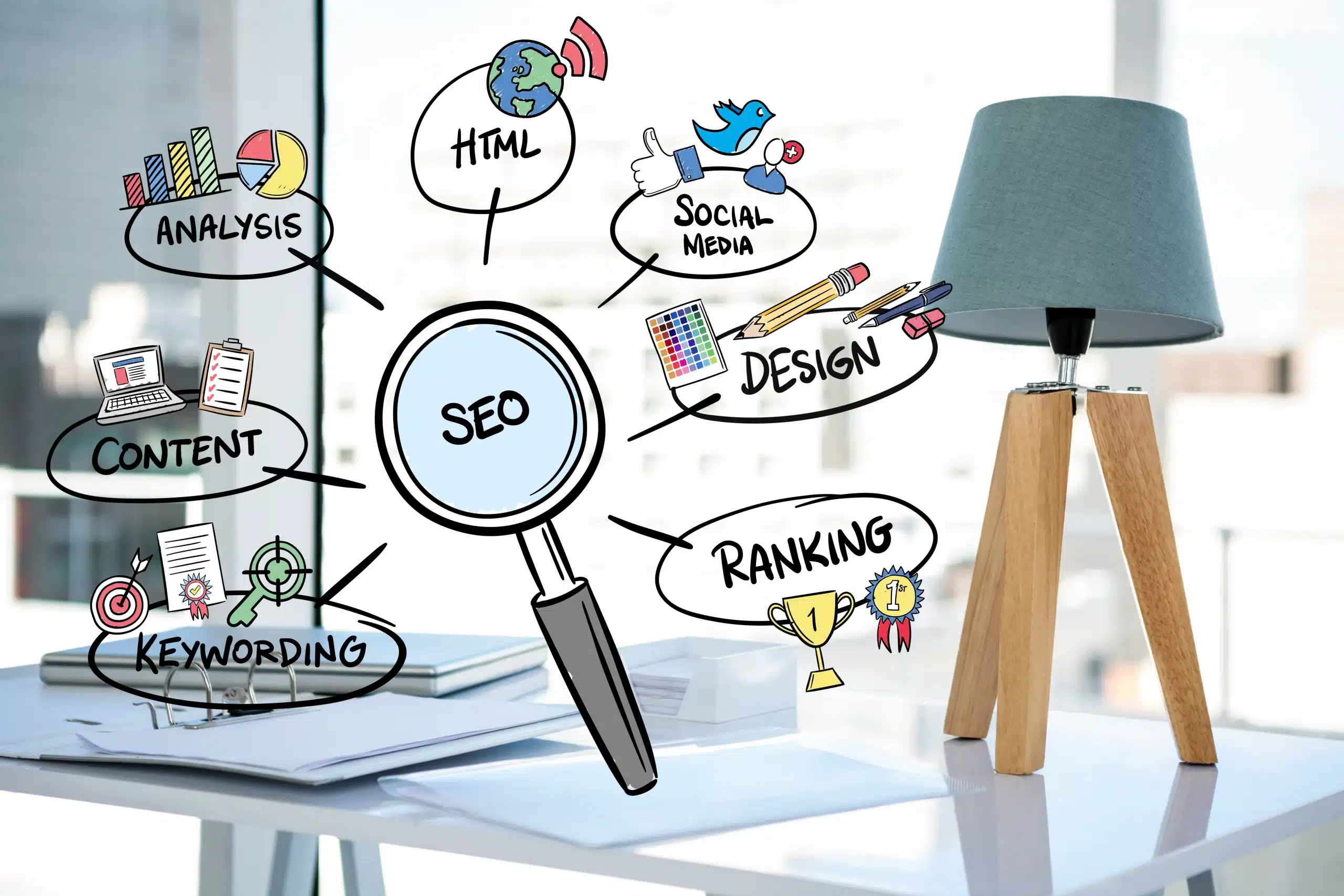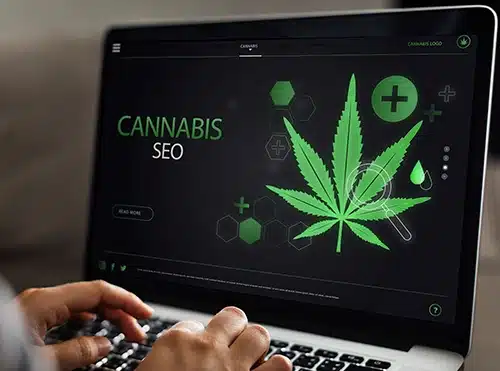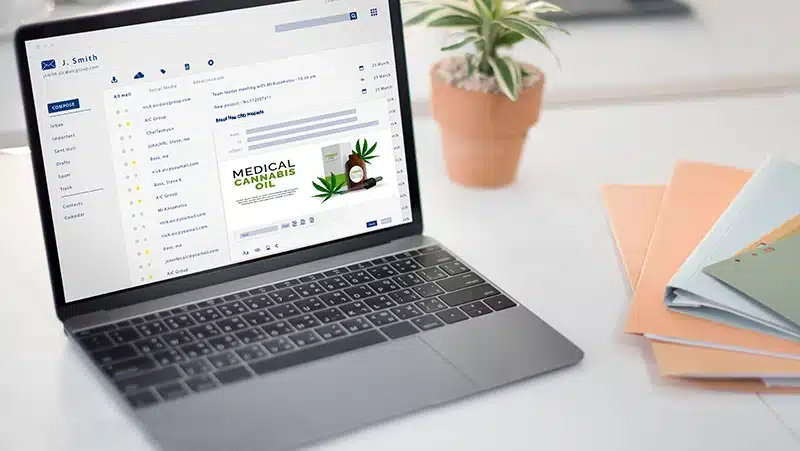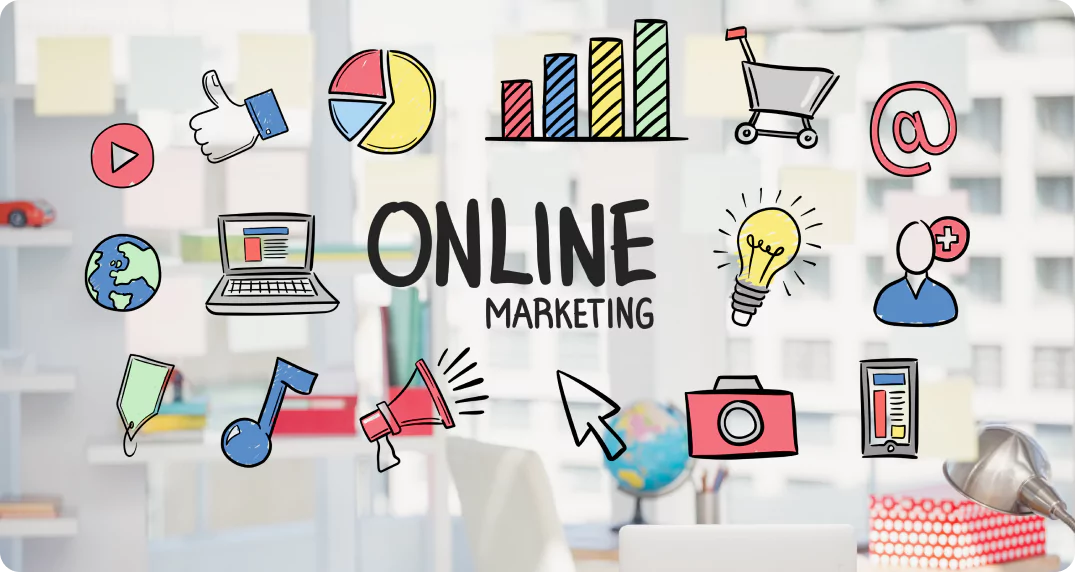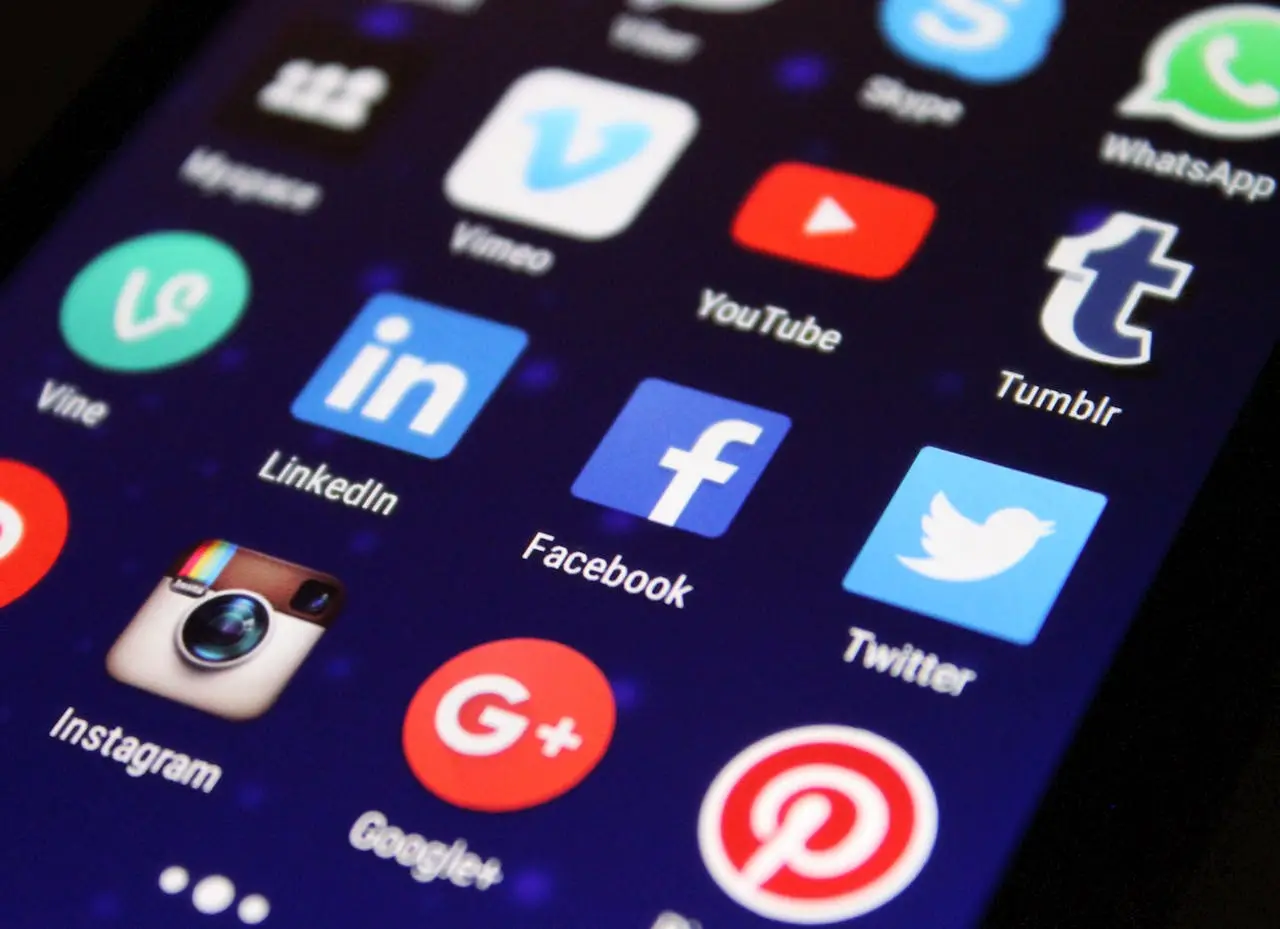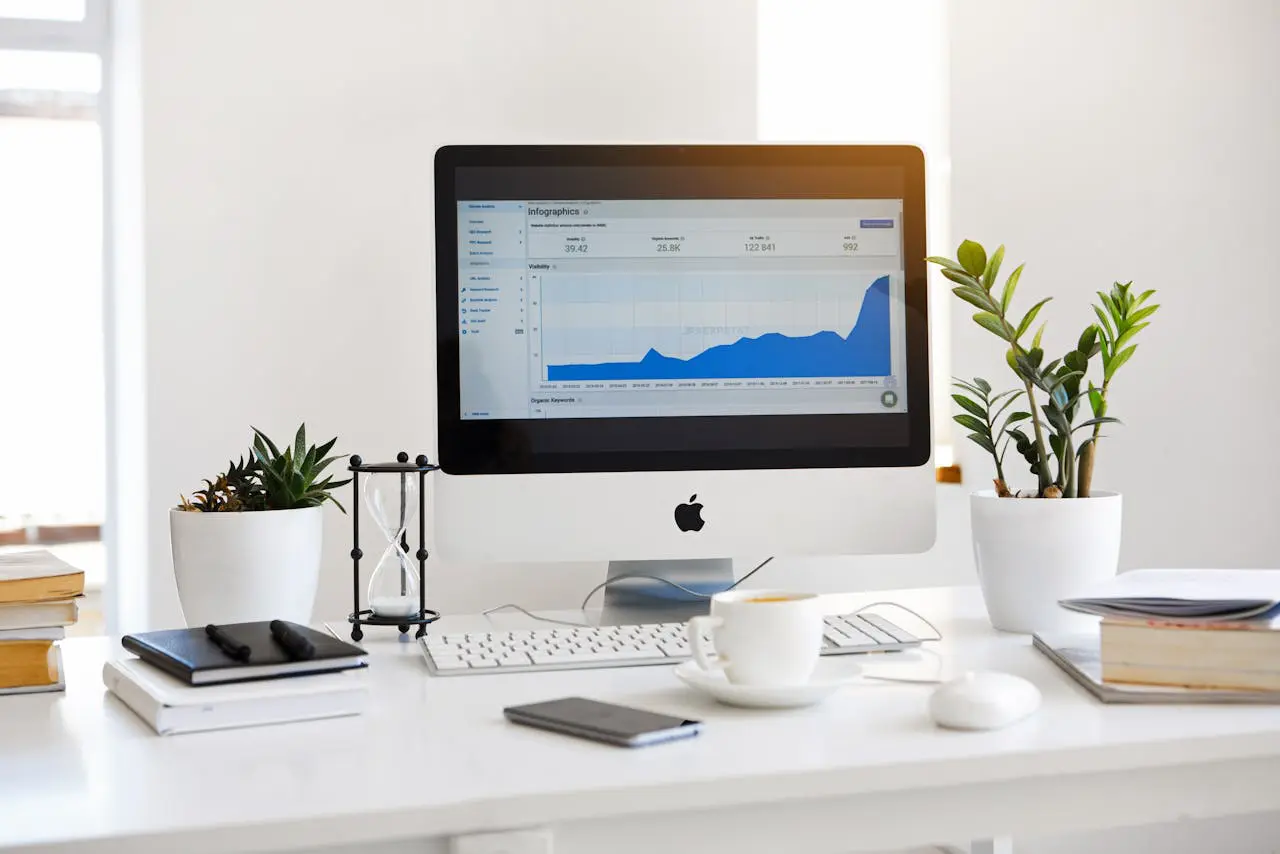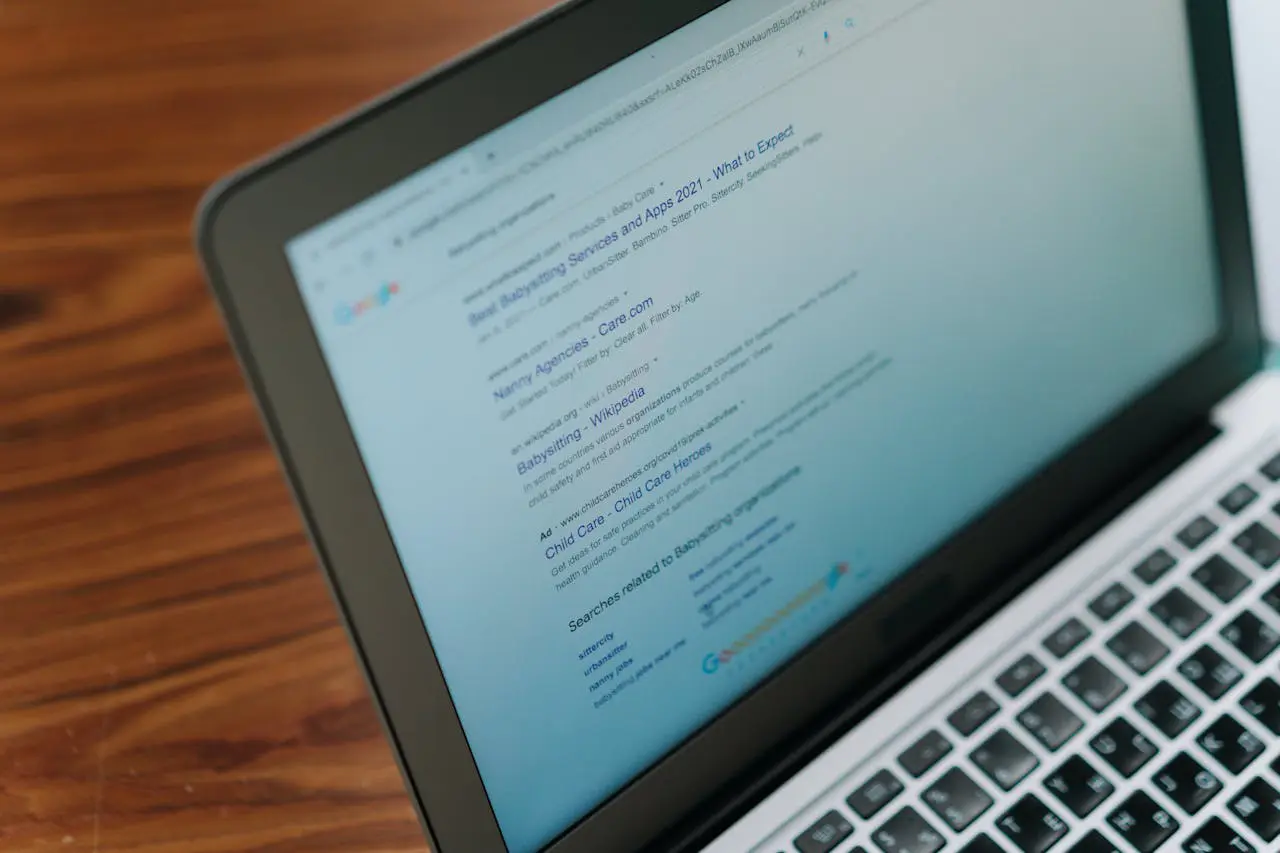Listen to article
Struggling to maximize your B2B pay-per-click (PPC) ROI? You’re not alone.
Crafting a successful B2B PPC campaign requires a deep dive into industry benchmarks, strategies, and tactics. While many factors contribute to a campaign’s performance, understanding key elements such as ad creatives, platform dominance, and cost-per-click (CPC) is essential for optimizing your campaigns and achieving business goals.
But what if you could unlock the secrets to creating high-impact B2B PPC campaigns?
In this article, we’ll explore crucial elements of top-performing campaigns, providing you with valuable insights and actionable strategies to elevate your B2B PPC game.
The Secret to Crafting Irresistible B2B PPC Ads
Creating standout ad creatives in the competitive B2B landscape is no small feat, but it often boils down to one critical factor: relevance. In an environment where decision-makers are bombarded with marketing messages, the ability to deliver value-laden, visually striking, and actionable ads can mean the difference between a quick glance and a meaningful click. Incorporating a mix of content formats, combined with precision-targeted messaging, allows businesses to not only capture attention but also guide potential buyers further down the funnel. The following statistics shed light on what’s driving top-performing B2B PPC campaigns today:
- Video ads dominate as the most effective social ad format for 32% of advertisers, while image ads (26%), Instagram Stories (23%), and carousel ads (19%) offer strong alternatives. Source
- 70% of consumers emphasize the importance of clear directions and a call button within ads, signaling the need for actionable and user-friendly design. Source
- Ads featured on Google’s first search results page report an average click-through rate (CTR) of 3.16%, showcasing the immense value of top search visibility. Source
Takeaway: Prioritize Engagement and Action
Success in B2B PPC advertising hinges on creating ads that not only catch the eye but also inspire action. Video ads continue to dominate the digital landscape, largely because they allow brands to convey complex solutions quickly and visually. Meanwhile, the inclusion of clear CTAs and actionable steps ensures that even the most engaging ads deliver measurable results. It’s also worth noting the importance of search engine placement, as appearing on Google’s first page dramatically increases visibility and click-through rates.
Pro Tip:
Test beyond the obvious. While video is undeniably impactful, experimenting with emerging formats like interactive carousels or integrating AI-driven personalization into your messaging can further elevate your campaigns. A/B testing for CTA placement and ad visuals can also help you fine-tune for maximum engagement.
Strategic Ad Placement and Personalization: Driving Impact in B2B PPC Campaigns
In the dynamic world of B2B PPC advertising, capturing attention and delivering value requires more than just a well-crafted ad copy. Today, B2B buyers expect highly relevant and personalized experiences, while fierce competition for ad space demands a strategic approach to placement. The ability to align ad relevance with user intent—paired with smart bidding strategies—can turn clicks into conversions and elevate campaign performance. Below, we explore key statistics that underline how ad placement, relevance, and personalization are shaping B2B PPC success.
- Nearly 46% of page clicks are captured by the top 3 paid advertising spots, making premium placement essential for driving visibility and engagement. Source
- A remarkable 75% of users agree that paid ads simplify the process of finding desired products or services, reiterating the importance of well-targeted campaigns. Source
- Location-based customization matters immensely, with 80% of consumers stating they prefer ads tailored to their specific city, zip code, or surrounding area. Source
- Additionally, three out of four people (75%) find paid search ads particularly useful for identifying information quickly on websites or search engines. Source
Takeaway: Winning the PPC Game with Precision and Personalization
The statistics make it clear—B2B PPC success hinges on a strong mix of strategic ad placement, relevance to user intent, and a personalized touch. The competition for top ad spots demands effective bidding strategies, yet securing clicks is only part of the equation. To truly resonate with your audience, your ads must answer specific needs, incorporate hyper-local relevance, and guide users toward seamless solutions. Businesses that fail to combine these elements risk losing visibility to competitors who are already mastering the art of tailored PPC campaigns.
Pro Tip:
Go beyond demographic segmentation to leverage intent data and behavioral insights for deeper personalization. Tools like Google Ads’ location extensions or audience targeting options can help you deliver hyper-specific, relevant experiences that resonate with buyers and boost ROI. Additionally, integrating PPC with a broader B2B website strategy ensures your landing pages and overall web presence align with the personalized messaging of your campaigns, creating a seamless journey for your users.
Understanding Key Players and Smart Budgeting in B2B PPC
The B2B PPC landscape is dominated by strategic platforms that continue to innovate and drive results for marketers. From Google Ads’ unparalleled reach to LinkedIn’s stronghold as a social media powerhouse for B2B, and Microsoft Advertising’s rising potential fueled by AI advancements, each platform serves distinct roles within a robust paid strategy. The real challenge lies in not just allocating your budget but in playing to each platform’s strengths to achieve maximum return on investment.
- Google accounts for an impressive 95% of paid search ad clicks on mobile devices, underscoring its leadership in mobile PPC. Source
- 97% of Google’s revenue comes from PPC advertising, showcasing its central role in the company’s business model. Source
- Google Ads leads as the largest search advertising provider globally, making it the go-to platform for marketers. Source
- The Google Display Network (GDN) extends the reach of ads to 90% of internet users, amplifying visibility for brands. Source
- A significant 98% of advertisers report high confidence in Google Ads, with top ratings in trust and effectiveness. Source
- Google Ads capture 64.6% of all ad clicks, proving their ability to drive meaningful traffic. Source
- About 80% of companies leveraging PPC campaigns prioritize Google Ads in their marketing strategies. Source
- 85% of B2B marketers point to LinkedIn as the most valuable social media platform for their organization. Source
- Microsoft Advertising, traditionally a B2B asset, is gaining broader appeal through its OpenAI partnership, signaling new opportunities in both B2B and B2C markets. Source
- Companies typically allocate $100 to $10,000 per month for PPC campaigns, depending on their size and marketing objectives. Source
Takeaway: Refine Strategies to Match Each Platform’s Strengths
The insights above highlight the importance of aligning your advertising strategy with the distinct value propositions of different PPC platforms. Google Ads, with its massive audience and impressive trust index, remains indispensable for B2B campaigns targeting broad or mobile audiences. Meanwhile, LinkedIn offers unparalleled precision for those looking to reach decision-makers in a professional setting, and as Microsoft Advertising builds its AI-driven capabilities, it’s gearing up to be a game-changer for innovation-driven brands.
Pro Tip:
To maximize results, tailor your PPC campaigns to each platform’s unique advantages. On Google Ads, focus on leveraging the GDN for enhanced reach. For LinkedIn, craft hyper-targeted, role-specific messaging to engage professionals effectively. Additionally, keep a close eye on AI advancements powered by Microsoft Advertising, as they offer new avenues for innovation and lead generation. Start with a testing budget that balances experimentation with optimization, and scale up as performance insights guide your investments.
Why PPC is a Game-Changer for B2B Brands
In the competitive B2B landscape, where every click can be the starting point of a lucrative partnership, PPC advertising offers unparalleled opportunities for targeted lead generation and conversion. But what makes it so powerful? The ability to deliver measurable results and immediate visibility in search rankings puts PPC campaigns at the forefront of performance-driven marketing strategies. With the right approach, PPC isn’t just about driving traffic—it’s about attracting the right kind of traffic that’s poised to convert.
Let’s dive into some key statistics that highlight why PPC deserves a prime spot in your marketing budget:
- 79% of marketers report that PPC is highly beneficial for their businesses. Source
- PPC visitors are 50% more likely to make a purchase compared to organic visitors, demonstrating its superior impact on conversions. Source
- Paid media strategies, including PPC, generate twice the number of visitors compared to SEO. Source
- Google Ads capture 65% of clicks from keyword searches, significantly outperforming organic results, which only account for 35%. Source
- Mobile users are highly engaged, with 60% clicking on a PPC ad at least once a week. Source
- For high-intent keyword searches, 65% of users click on paid ads, cementing PPC’s role in targeting ready-to-convert audiences. Source
- Paid ads account for 45% of all clicks on search results pages, making them a crucial driver of visibility. Source
Key Takeaways: Mastering PPC for Maximum ROI
The statistics reveal some compelling truths: PPC doesn’t just attract traffic—it attracts intent-driven traffic that’s primed for action. While SEO continues to be a critical long-term investment, PPC bridges the gap by delivering immediate results that can influence the bottom line quickly. Especially for B2B businesses with longer sales cycles, the ability to capture high-intent prospects at the exact moment they’re searching is invaluable.
To truly harness PPC’s power, focus on crafting campaigns that speak directly to your audience’s intent. Use compelling ad copy, laser-focused targeting, and A/B testing to refine your approach over time. Don’t stop at just driving clicks—ensure your landing pages are optimized for conversion to fully capitalize on your PPC investment.
Combine PPC’s real-time results with SEO’s long-term benefits. For example, use PPC to rapidly test keyword performance and landing page effectiveness, then incorporate the winning elements into your organic strategy. Tools like Google Ads Keyword Planner and analytics platforms can help you make data-driven decisions that amplify your campaign success.
For businesses looking to take their digital marketing efforts to the next level, combining PPC with broader full-service marketing strategies can create a powerful synergy. By integrating PPC with SEO, email marketing, and content marketing, you can build a comprehensive approach that maximizes ROI and drives sustainable growth.
Crafting High-Performance B2B PPC Campaigns: Ads and Landing Pages That Convert
The world of B2B PPC advertising isn’t just about getting clicks—it’s about creating a seamless journey that converts interest into action. From the initial ad format to the landing page experience, every element should work together to resonate with your target audience. With competition intensifying for top ad placements, understanding what drives engagement is critical for standing out and capturing valuable leads. Here are some data-backed trends and insights to guide your optimizations:
- Text-based paid search ads continue to dominate, accounting for 49% of user clicks. In comparison, shopping/product listing ads capture 31%, and video ads trail behind at 16%. Source
- Customized PPC landing pages can increase their effectiveness by 5%, underscoring the importance of delivering a highly targeted, post-ad experience. Source
- The top three PPC ads collectively earn 46% of all clicks, making ad placement a vital factor in driving traffic. Source
Takeaway: Relevance and Strategy Drive Results
In B2B PPC, success doesn’t just come from being visible; it comes from being relevant. With nearly half of the clicks concentrated on top ad placements, securing those spots requires not only a well-allocated budget but also precise targeting and compelling ad copy. Additionally, the post-click experience—your landing page—plays a decisive role in turning those clicks into actual conversions. By aligning every element of your campaign from the ad format to the landing page design with your audience’s needs, you’ll position your business for greater PPC success.
Pro Tip:
To further refine your PPC campaigns, A/B test different ad formats, headlines, and landing page elements. Identify what resonates most with your audience and adjust accordingly. Additionally, consider using heatmaps or user behavior tools to gain insights into how prospects are interacting with your landing pages, enabling you to further optimize for engagement and conversions.
B2B PPC Costs: What You Should Know About CPC Benchmarks
When it comes to running successful B2B PPC campaigns, understanding cost-per-click (CPC) benchmarks can make or break your ability to maximize ROI. With costs varying significantly by platform, industry, and keyword competition, having a clear view of these benchmarks allows businesses to allocate ad spend strategically and avoid overspending on low-performing campaigns. Additionally, these insights provide a foundation for informed decision-making, ensuring every dollar contributes to reaching the right audience effectively.
- Across all industries, the average cost per click on Google Ads is $2.69 for search ads and $0.63 for display ads. Source
- For social platforms, the average CPC for Facebook ads is $1.86, while Google Ads averages $2.69. Source
- Certain industries dominate the high-CPC spectrum, such as finance, where the highest CPC for loan keywords reaches $44.28 and insurance keywords peak at $54.91. Source
- Keywords related to law and finance also have higher CPC rates, with lawyer-related CPCs averaging $42.51 and credit-related CPCs at $36.06. Source
- The legal industry takes the lead as one of the most expensive verticals for PPC advertising, with law/legal services CPCs often exceeding $100 per click. Source
Takeaway: Prioritize Strategy as Much as Spend
The disparity in CPC across industries and platforms highlights why blindly copying another business’s PPC strategy can lead to inefficiencies. A $2.69 CPC on Google Ads might seem manageable until you factor in competition-heavy keywords like insurance or legal services with sky-high rates exceeding $100. Instead of fixating solely on costs, focus on optimizing ad relevance, keyword targeting, and audience segmentation to improve quality scores and reduce overall CPC. This method ensures your budget is being directed toward audiences with the highest conversion potential.
Pro Tip:
Conduct an A/B test with high-CPC and low-CPC keywords to determine where your audience is more likely to engage. Tools like Google Keyword Planner, SEMrush, or Ahrefs can help identify cost-effective yet high-intent keywords, ensuring you don’t break the bank while driving quality traffic.
How AI Innovation and Active Oversight Are Shaping the Future of B2B PPC
As competition intensifies in the B2B space, marketers are turning to artificial intelligence to amplify their PPC strategies and stay ahead of the curve. From automating time-consuming processes to uncovering new opportunities for optimization, AI brings unmatched efficiency and precision to campaign management. Yet, while AI can supercharge performance, neglecting regular oversight might mean leaving money on the table—or worse, wasting budgets on underperforming ads. Balancing the power of AI with hands-on management is the secret to unlocking the full potential of your PPC campaigns.
Here’s the data driving this shift:
- Google Ads leverages AI to refine bids, deliver highly relevant ads, and pinpoint the ideal audience. Its Performance Max campaigns, for instance, use keywordless AI to uncover new converting queries and dynamically create intent-driven ads. Additionally, AI simplifies scaling creative assets for diverse audiences. Source, Source
- Microsoft Advertising is also leading the charge with generative AI features like Conversational Ad experiences, Ads for Chat APIs, and its Copilot tool, all designed to make ad interactions smarter and more engaging. Source
- PPC remains a cornerstone of digital marketing, with seven million advertisers actively utilizing PPC ads, collectively investing over $10.1 billion in ad spend. Source
- Alarmingly, 72% of companies haven’t reviewed or optimized their PPC campaigns in over a month, highlighting a widespread gap in campaign management that could lead to suboptimal performance. Source
Takeaway: AI is Your Ally, But You’re Still the Pilot
AI is ushering in a new era for B2B PPC, offering capabilities that streamline workflows, target audiences more precisely, and push the boundaries of creative execution. But here’s the catch: even the smartest AI tools can’t replace human judgment entirely. Success doesn’t come from “set and forget” strategies—it’s rooted in consistent evaluation and optimization. Whether it
Pro Tip:
Test the waters with AI features like Google’s Performance Max and Microsoft’s Copilot to see how they can enhance your campaign efficiency. But remember, automation thrives alongside accountability. Schedule regular PPC audits, and complement AI-driven automation with manual checks to catch trends and refine targeting. Automated tools like Optmyzr or PPC Samurai can help alert you to red flags, but your strategic input is what will take your campaigns from good to exceptional.
Conclusion
The data and insights presented throughout this article underscore the intricate yet rewarding nature of B2B PPC campaigns. From leveraging video ads to capturing attention, to optimizing ad placements for maximum click-through rates, and embracing AI-driven solutions for efficiency, the opportunities for growth through PPC are vast. What sets top-performing campaigns apart is their strategic alignment with audience needs—delivering relevance, personalization, and clear value propositions.
Yet, the true driver of success lies in continuous refinement. Testing ad creatives, analyzing keyword performance, and auditing campaign metrics are not just best practices—they’re essentials in an ever-evolving digital space. By staying agile and informed, businesses can craft campaigns that not only meet benchmarks but exceed them.
Ready to amplify your reach and drive high‑intent leads? Our expert PPC services can help you craft data‑driven campaigns that convert, leveraging video ads, AI‑powered optimizations, and continuous testing to deliver measurable ROI. Let’s work together to turn clicks into customers and make your B2B PPC strategy a true growth engine.
About Creating What the Best-Performing B2B PPC Campaigns Have in Common
This guide was written by the Scopic Studios team and reviewed by Araksya Hakobjanyan, SEO Lead at Scopic Studios.
Scopic Studios delivers exceptional and engaging content rooted in our expertise across marketing and creative services. Our team of talented writers and digital experts excel in transforming intricate concepts into captivating narratives tailored for diverse industries. We’re passionate about crafting content that not only resonates but also drives value across all digital platforms.
Note: This blog’s images are sourced from Freepik.

